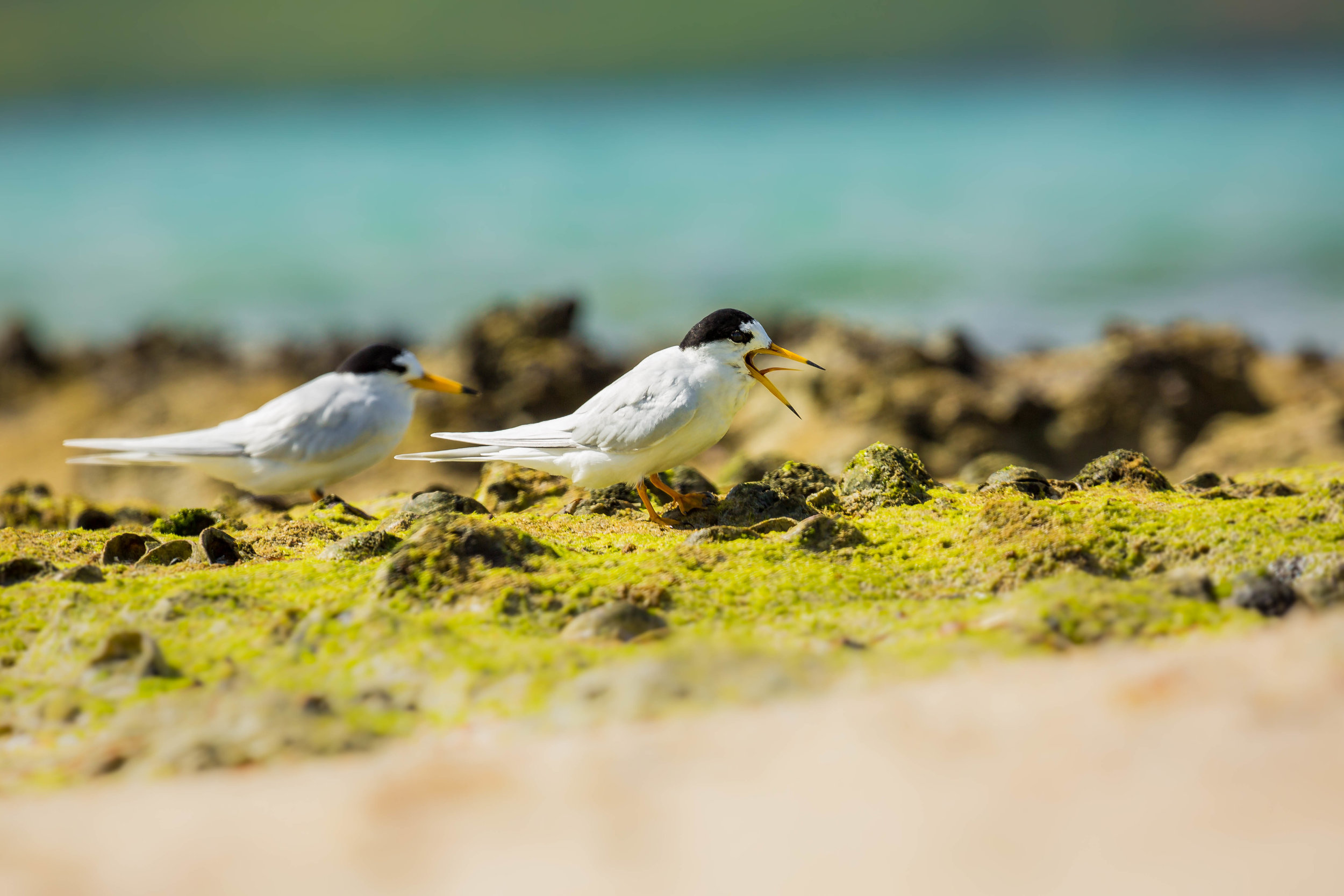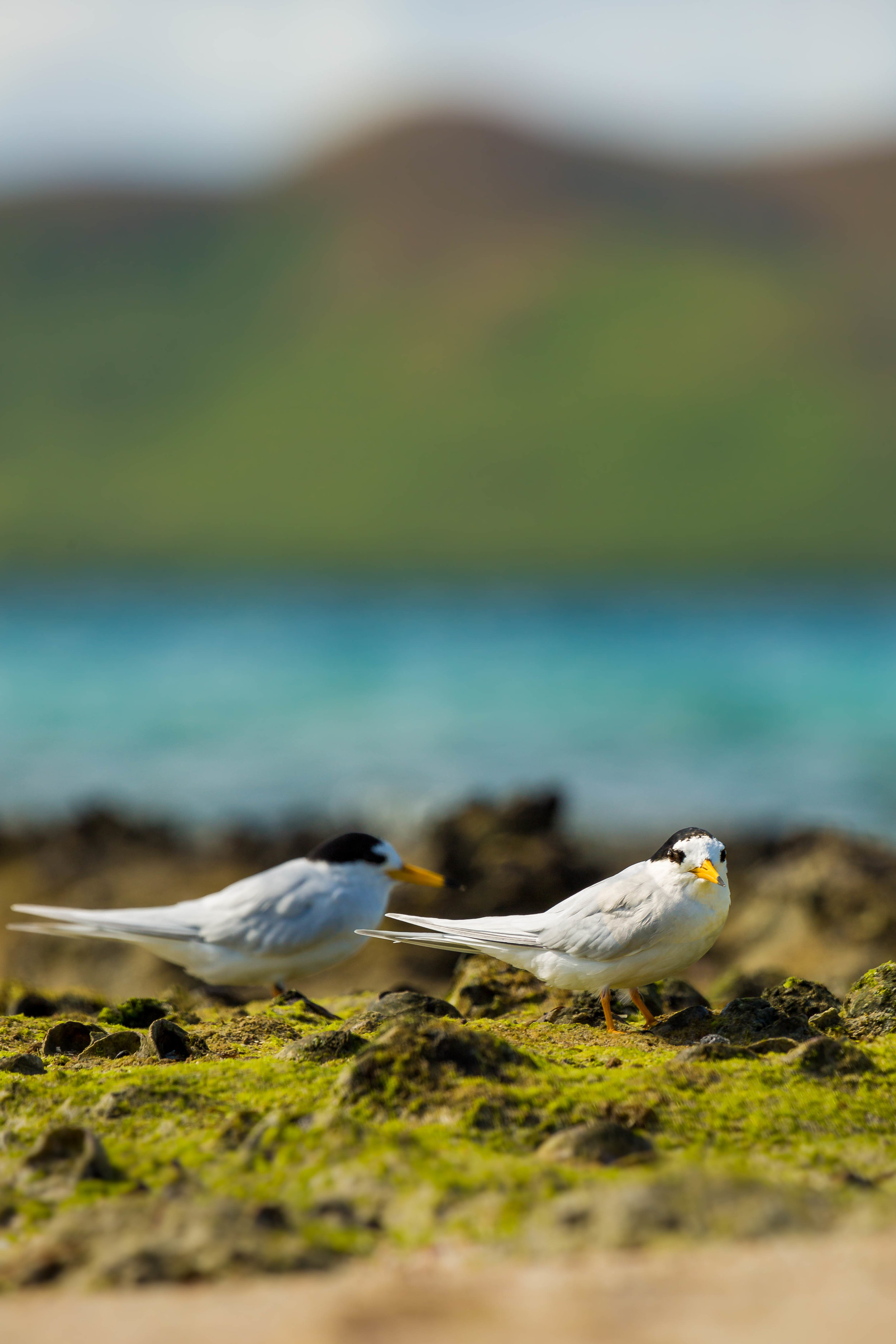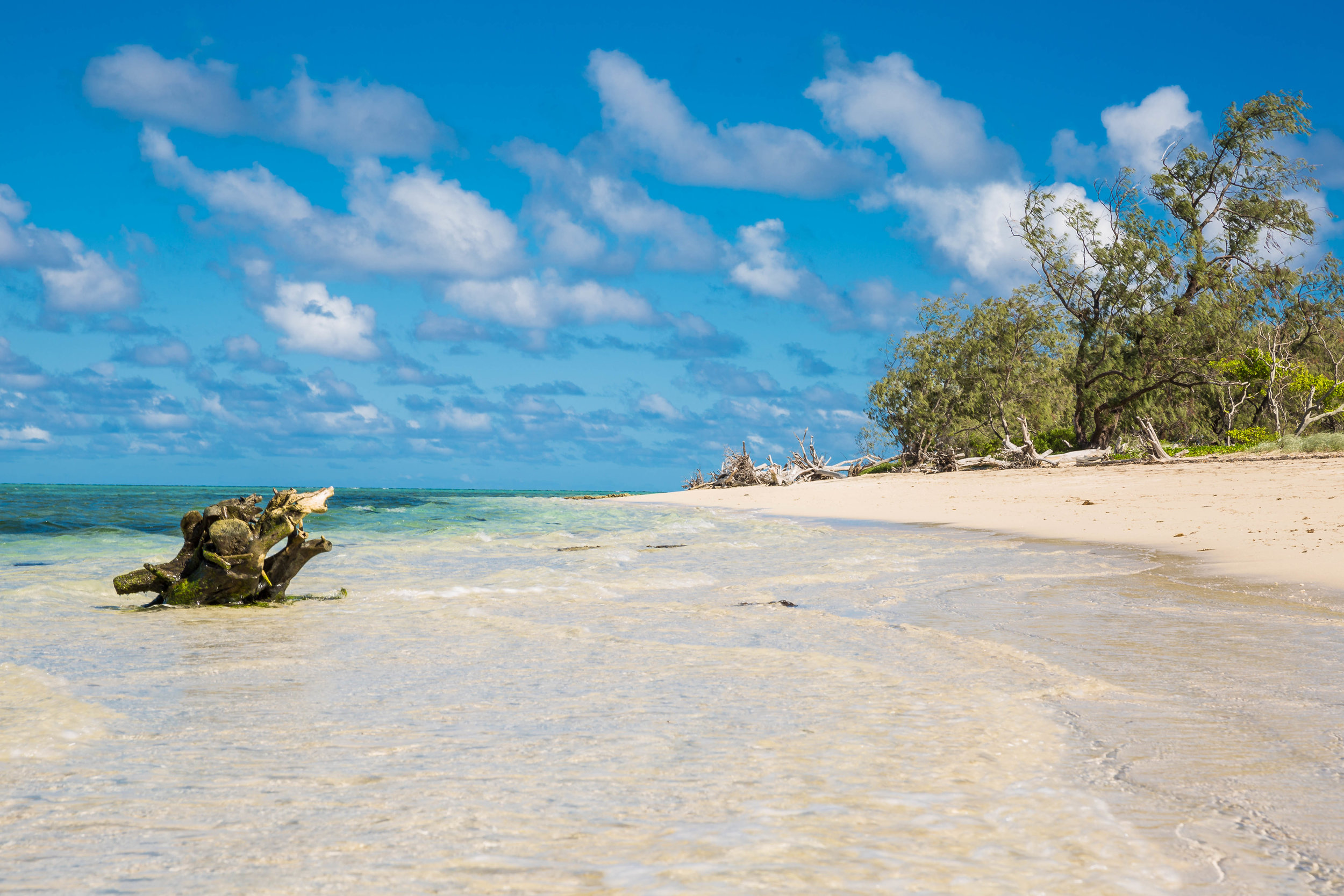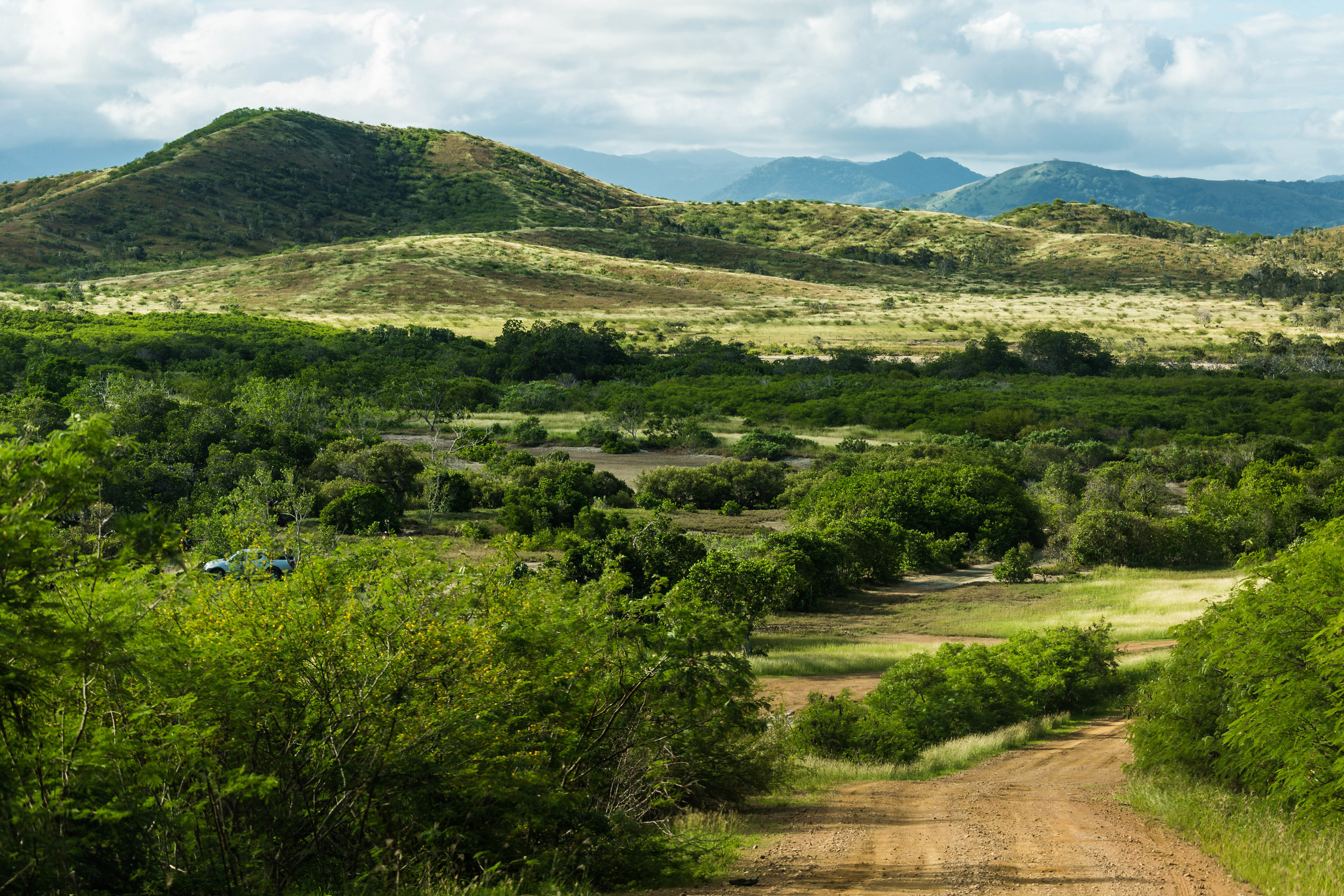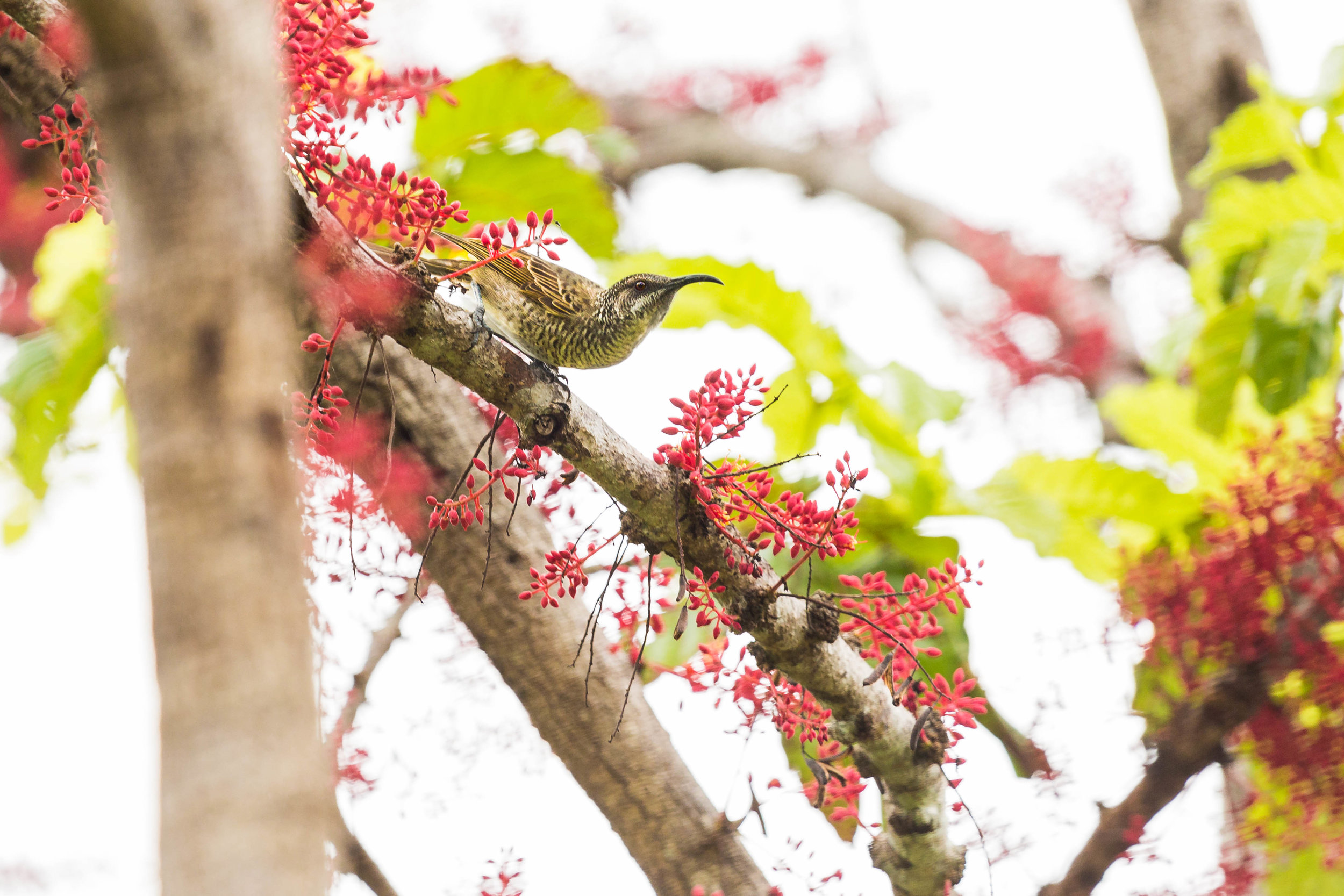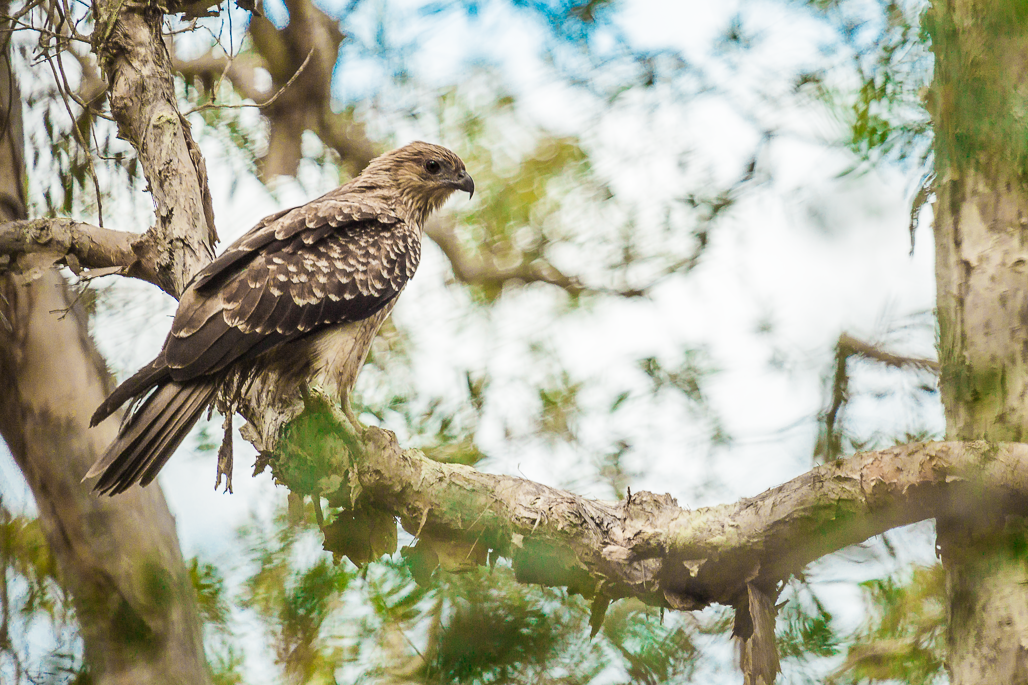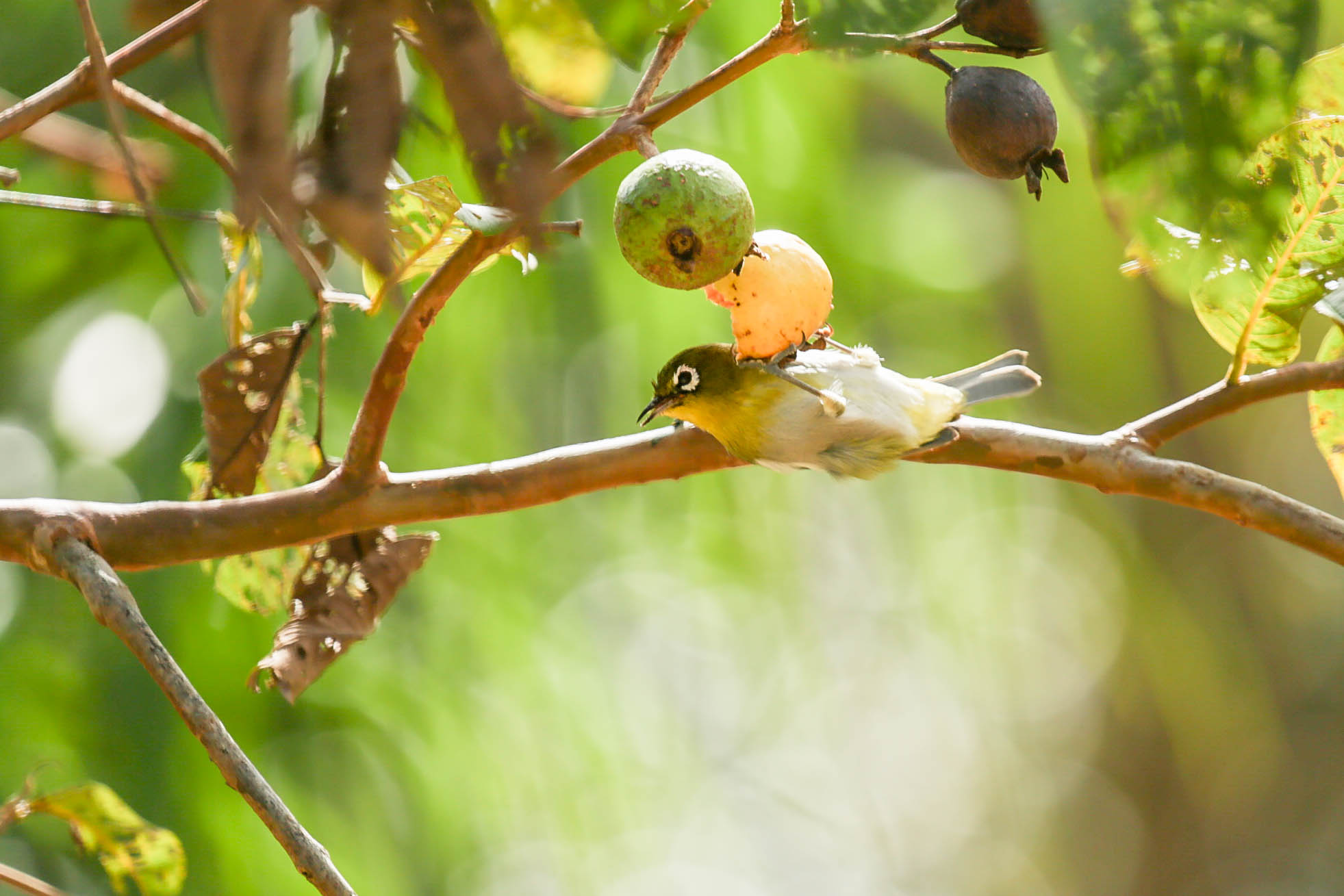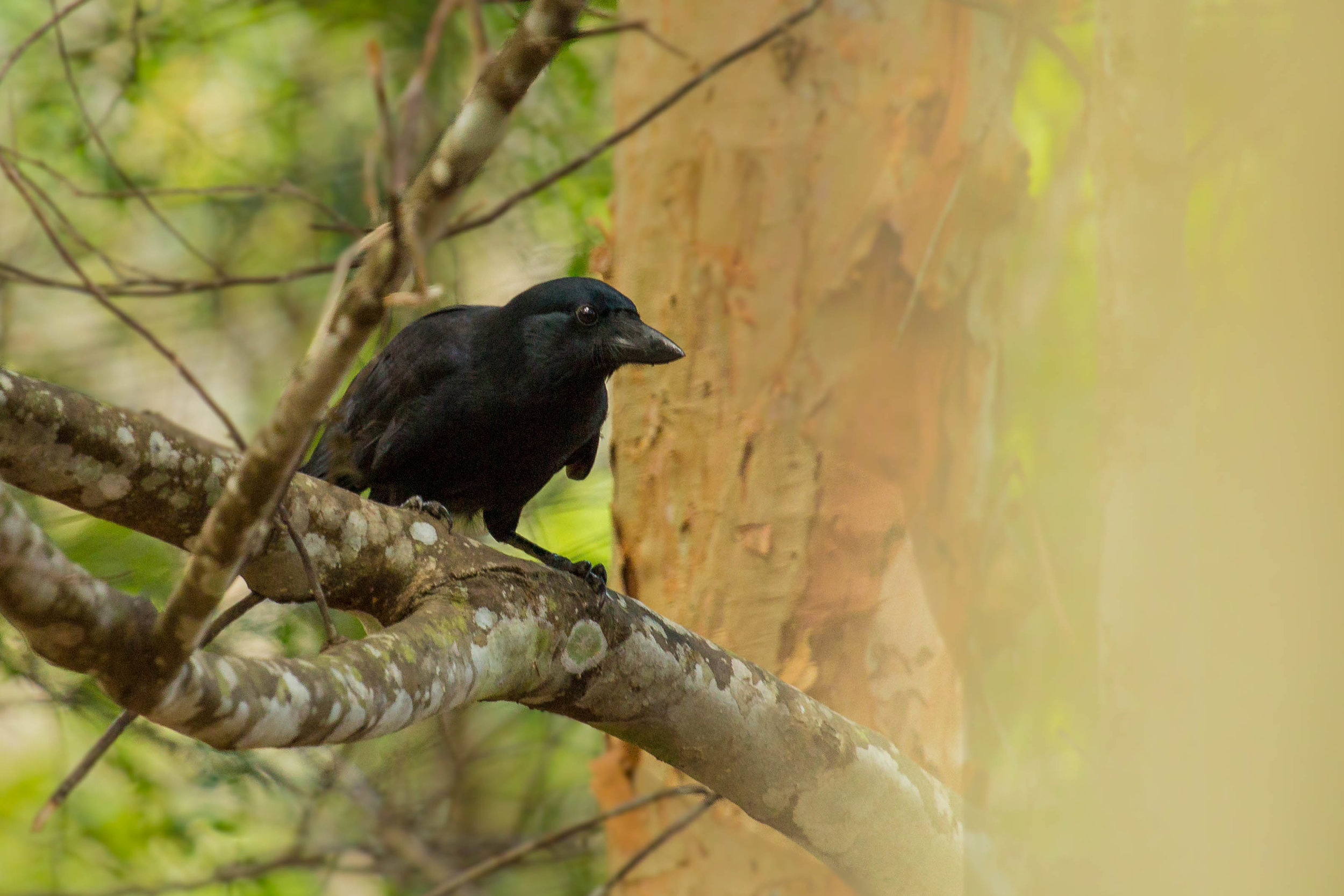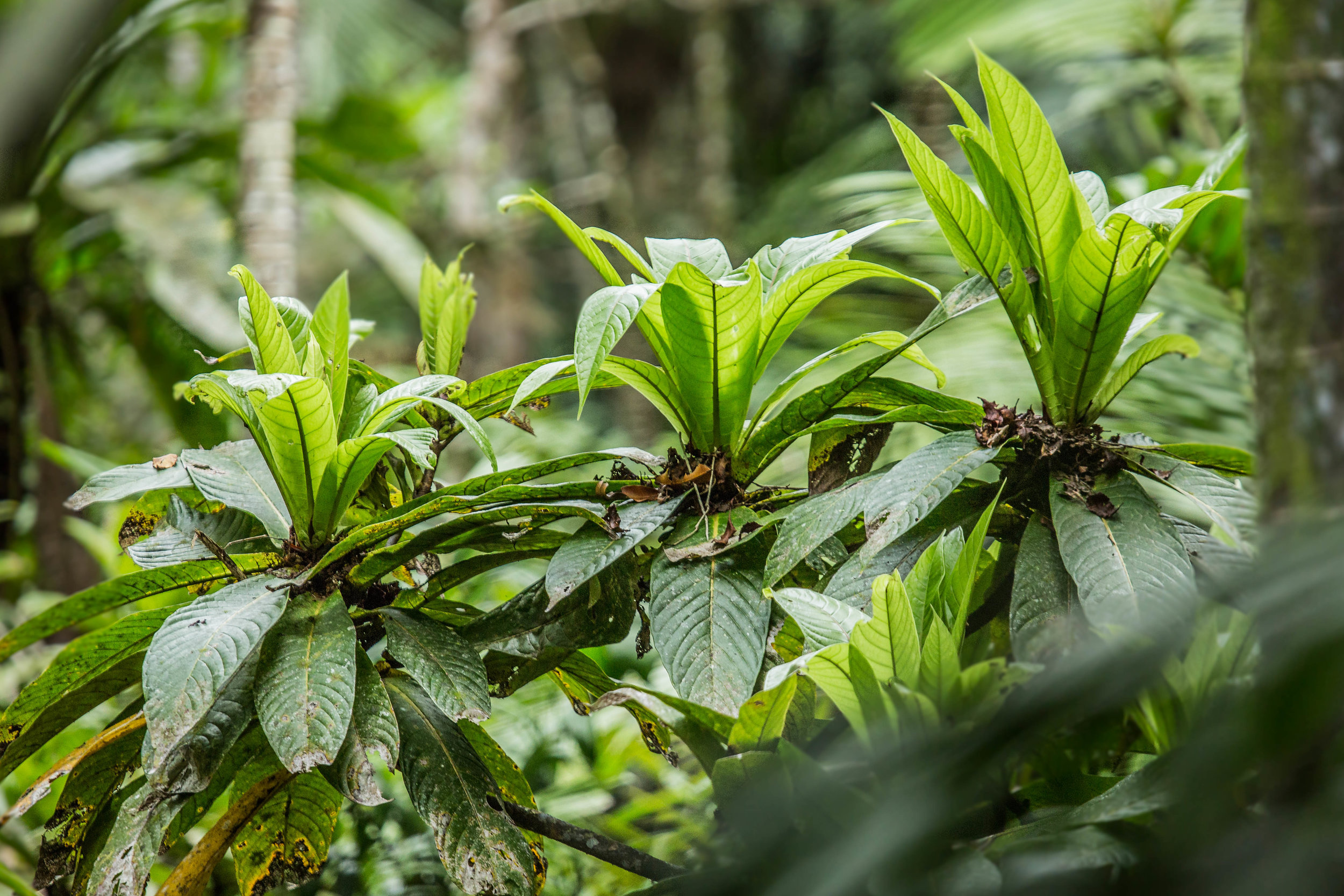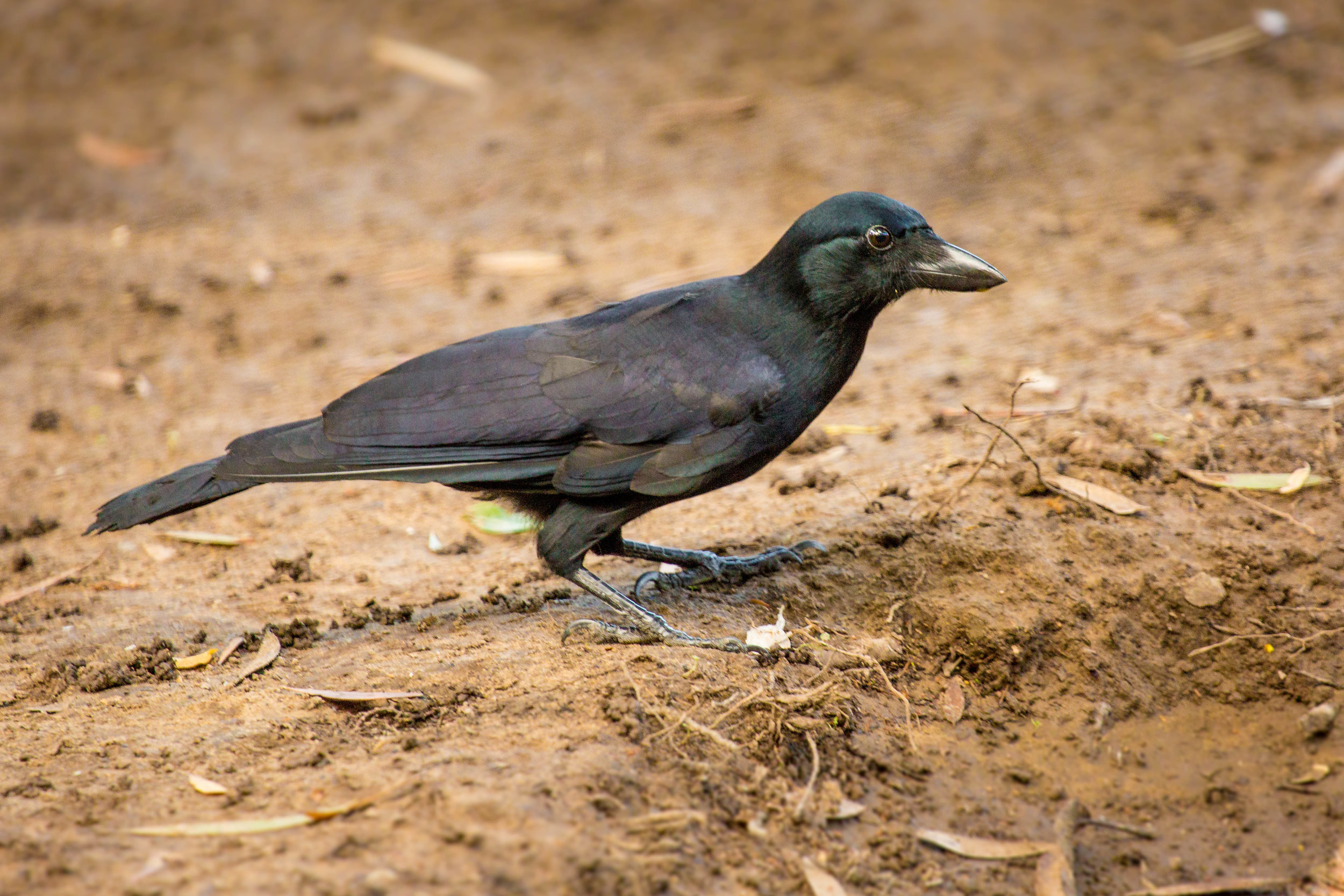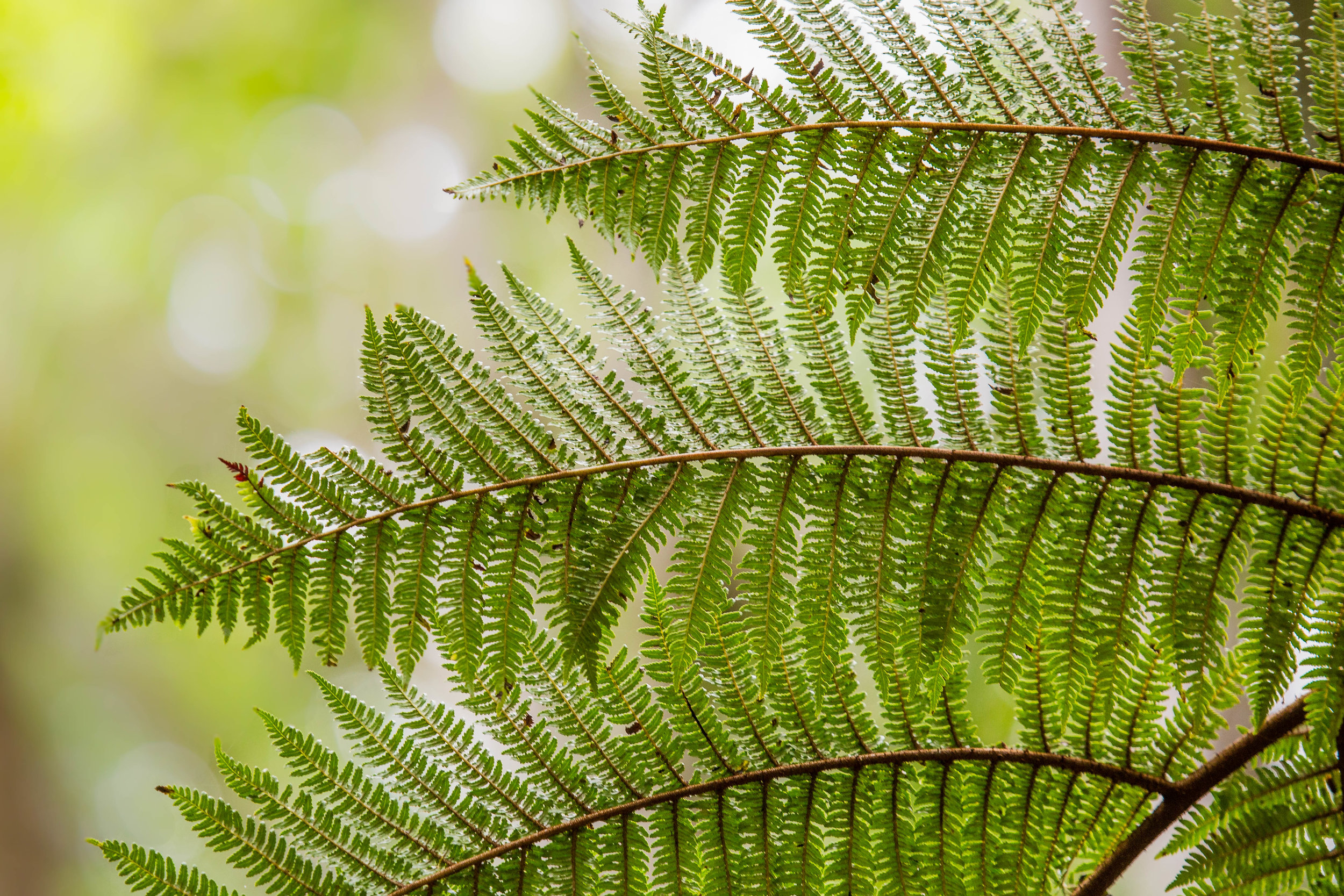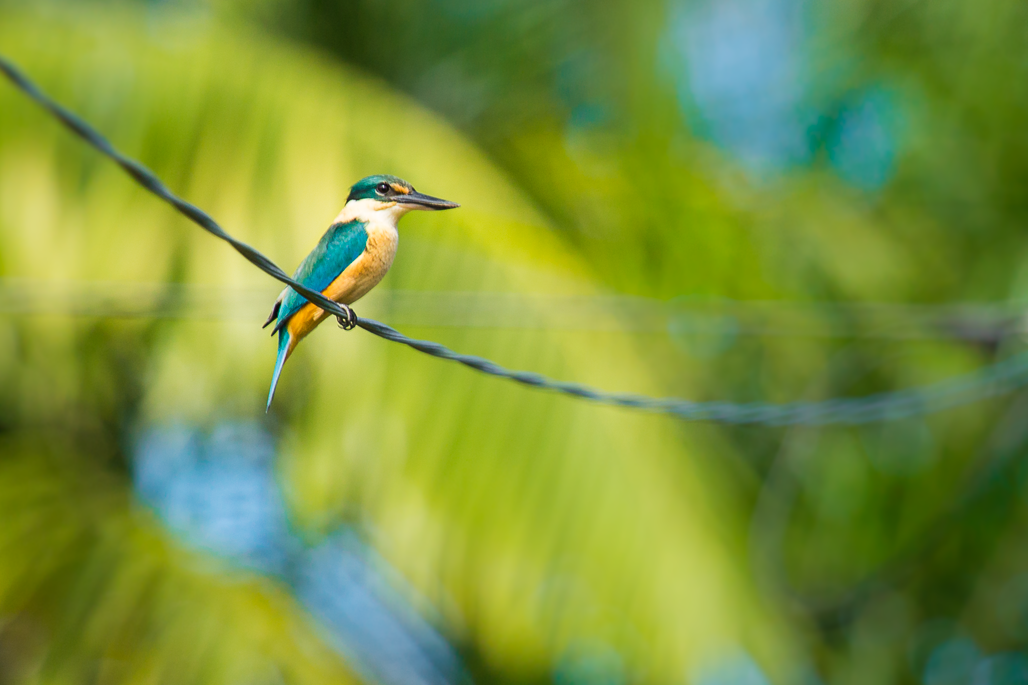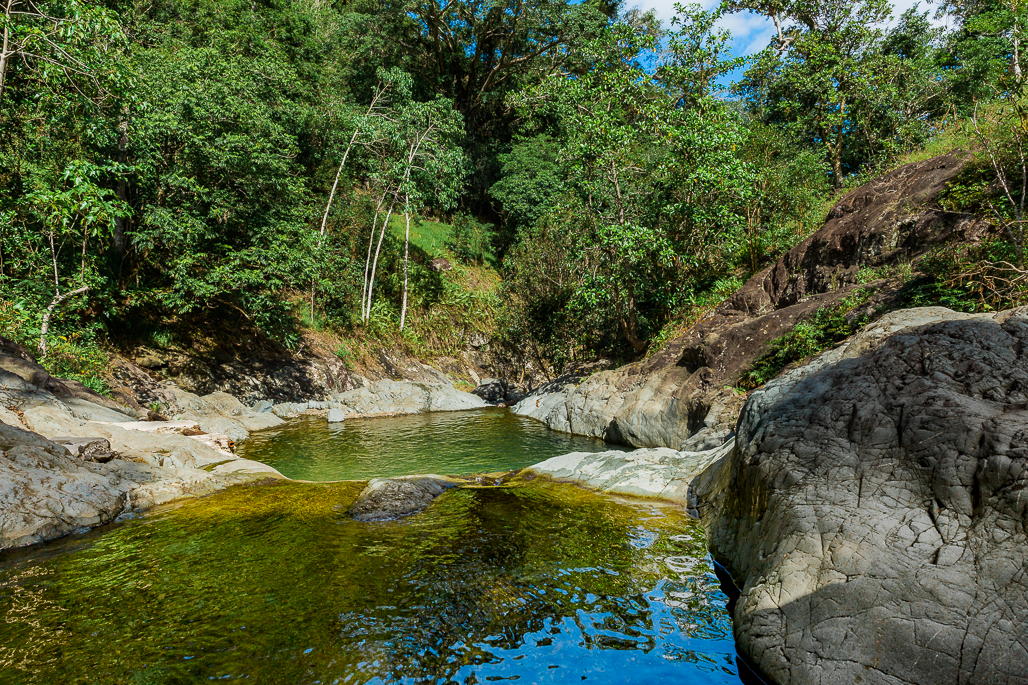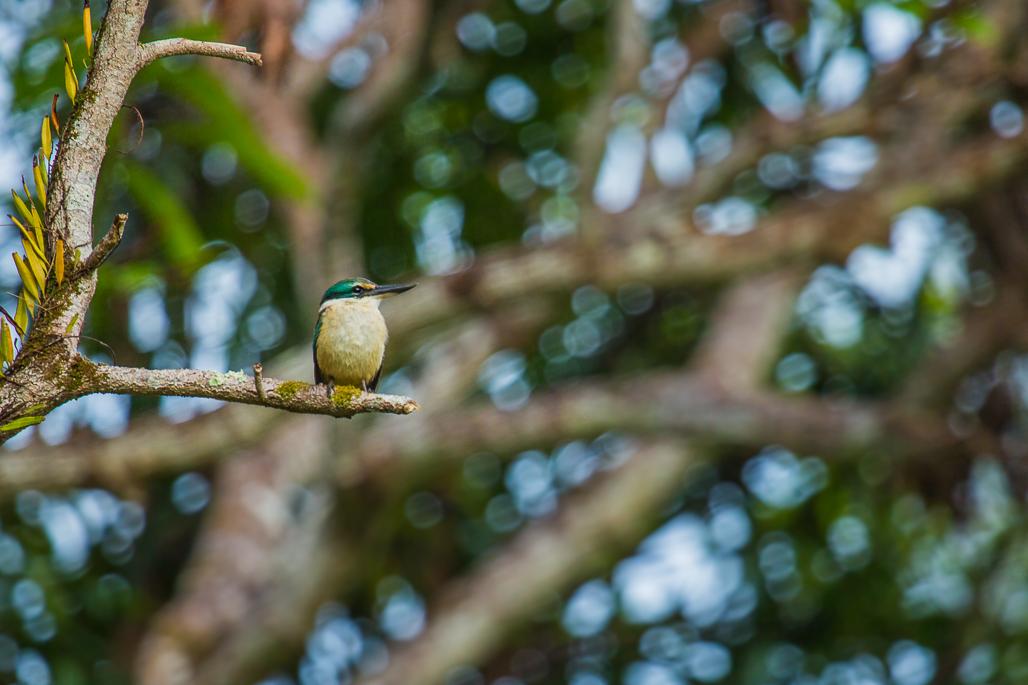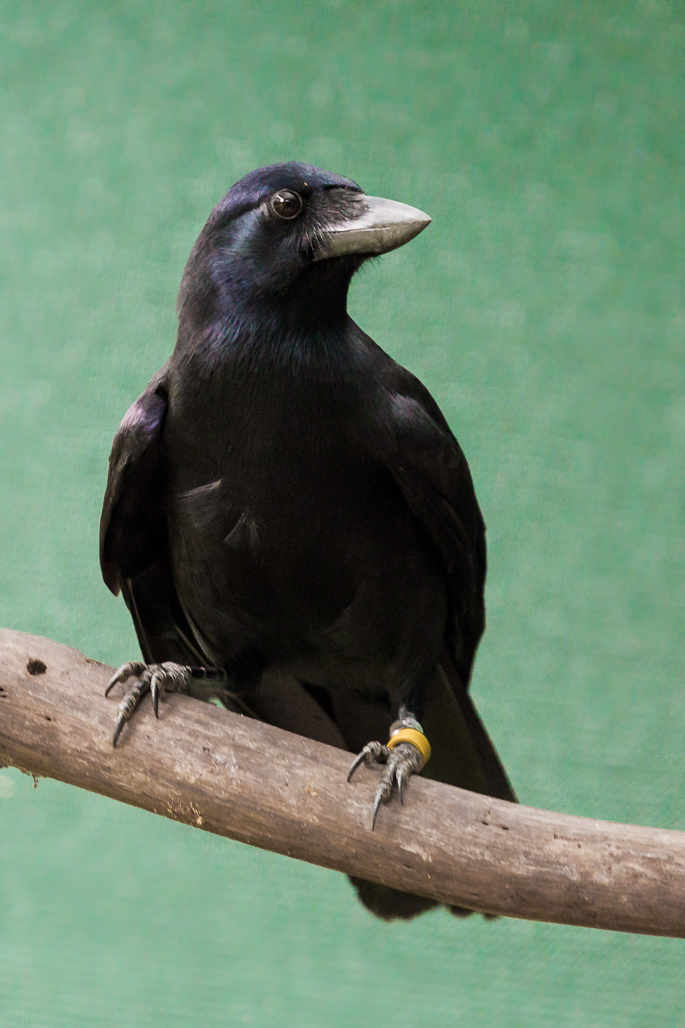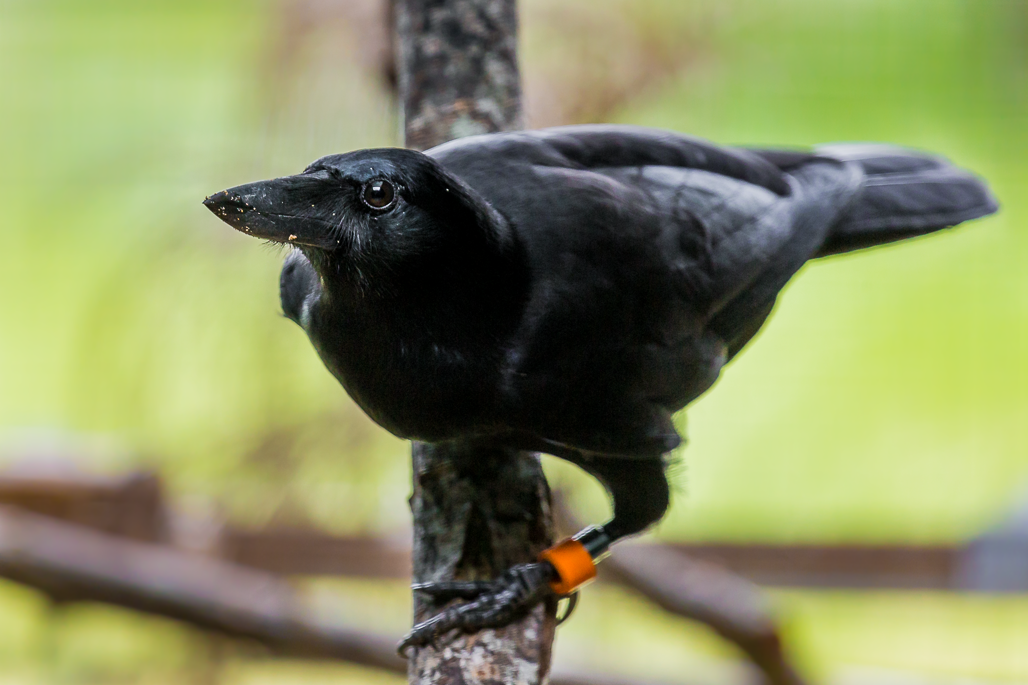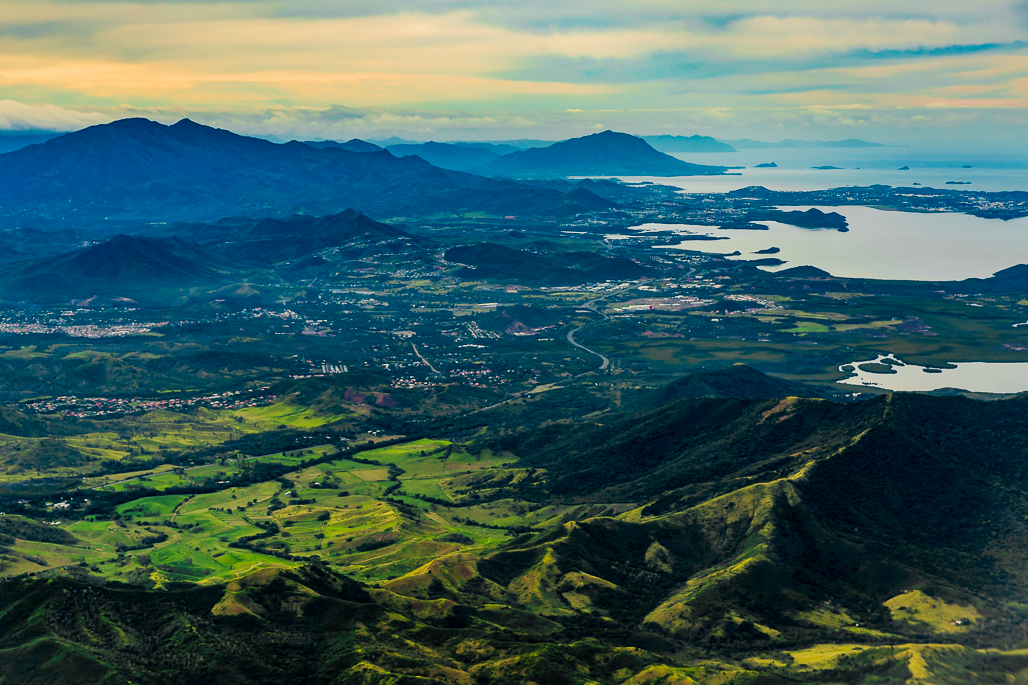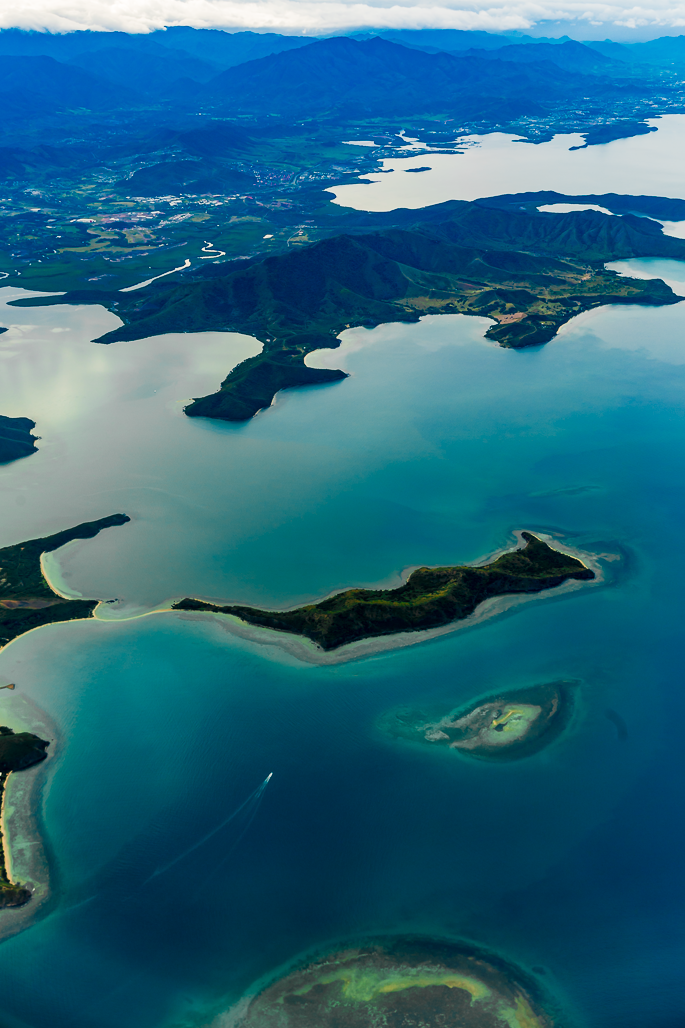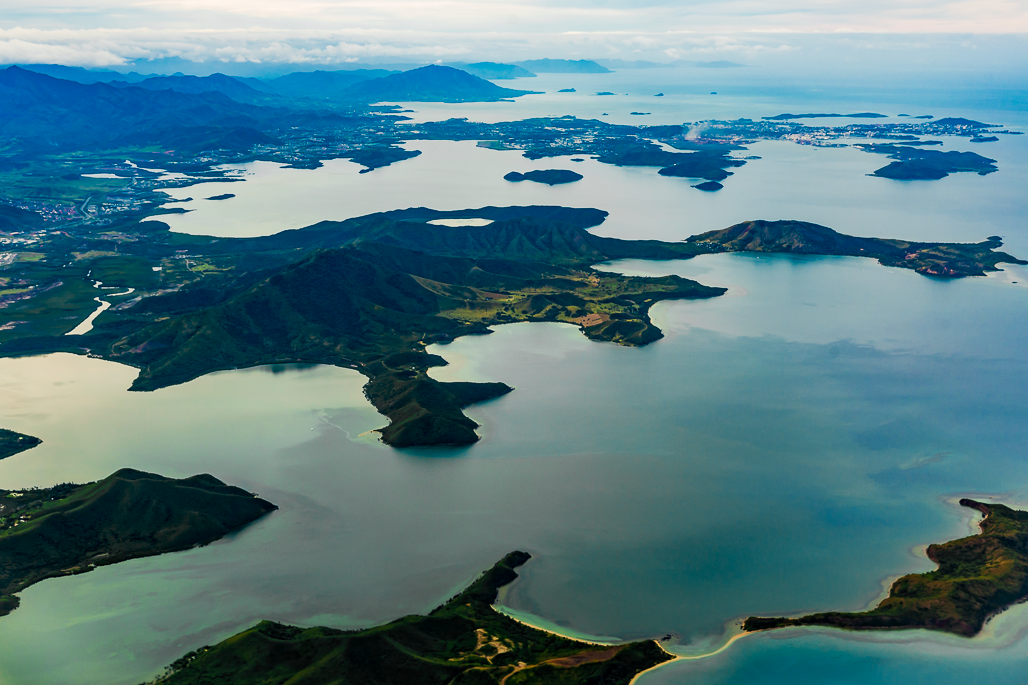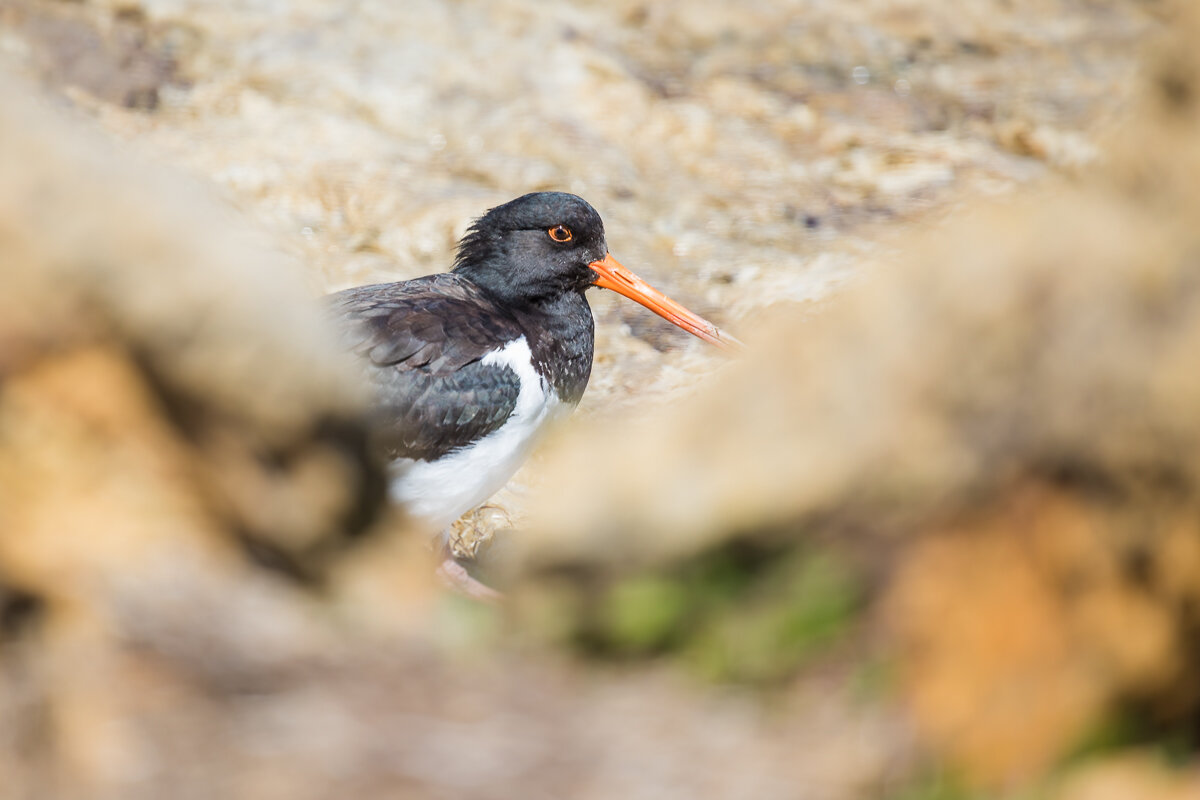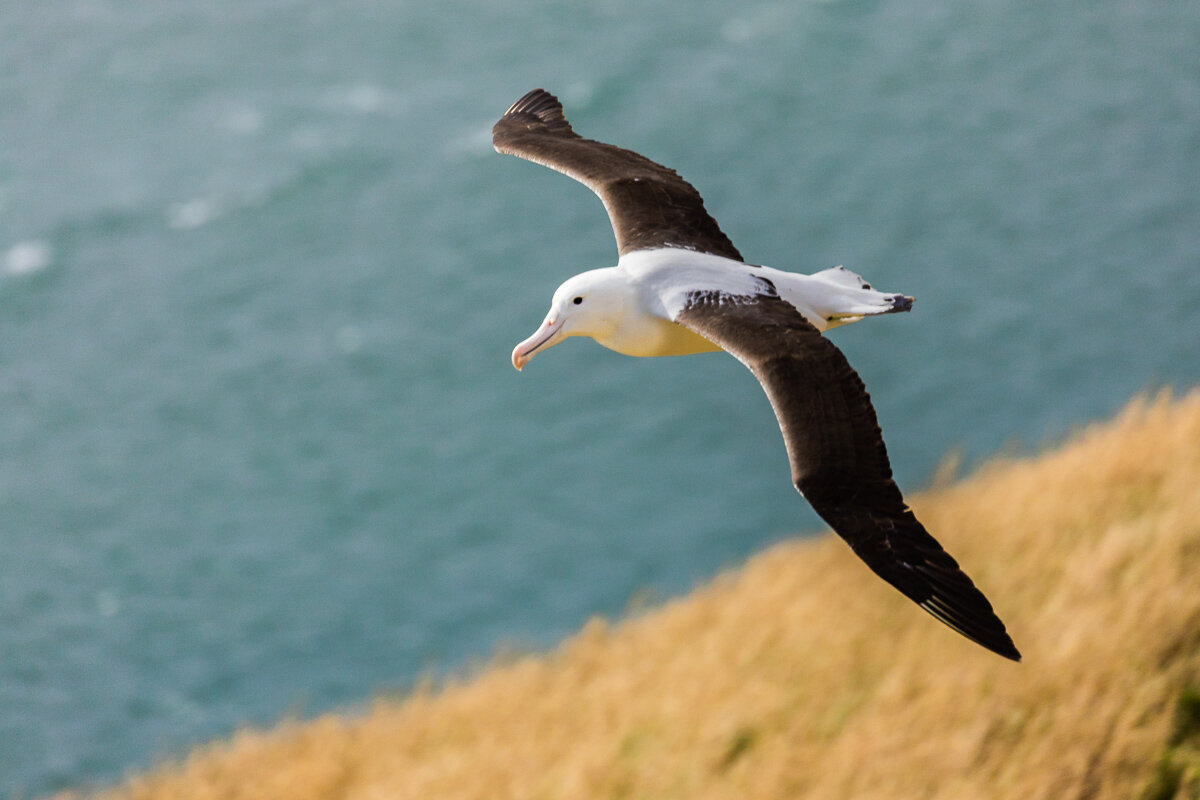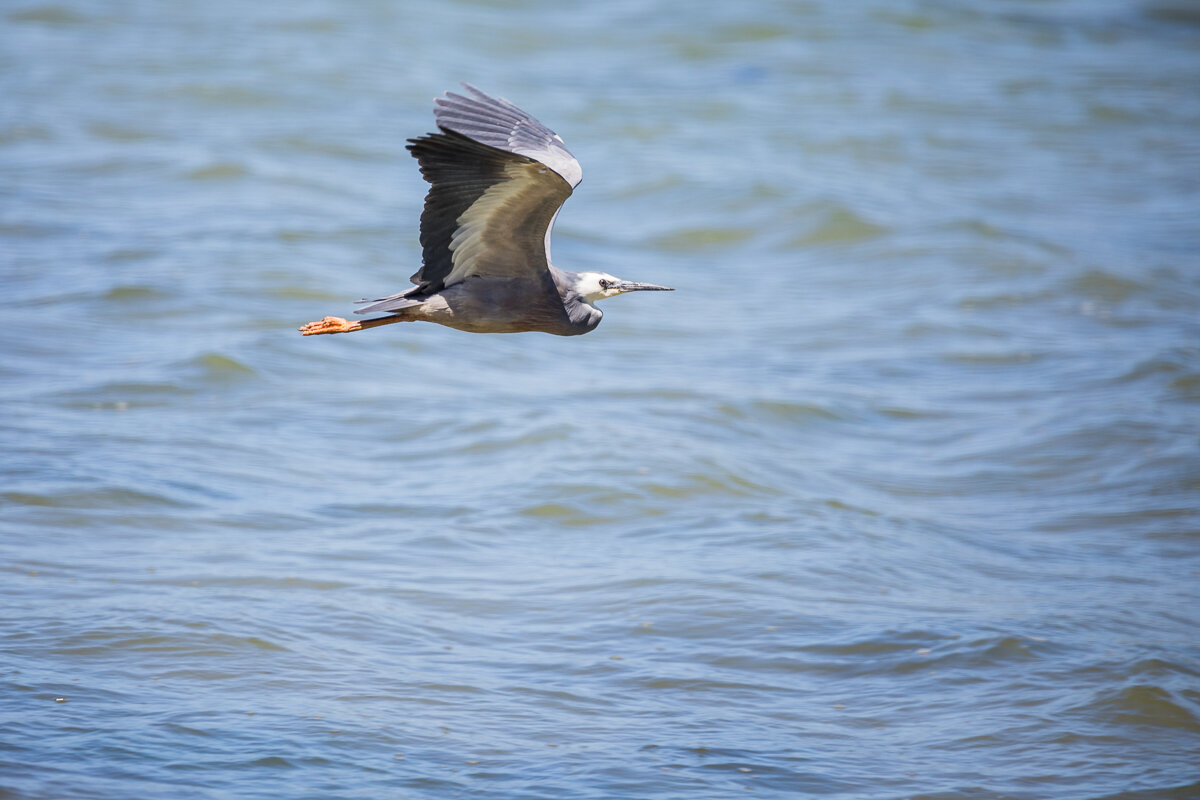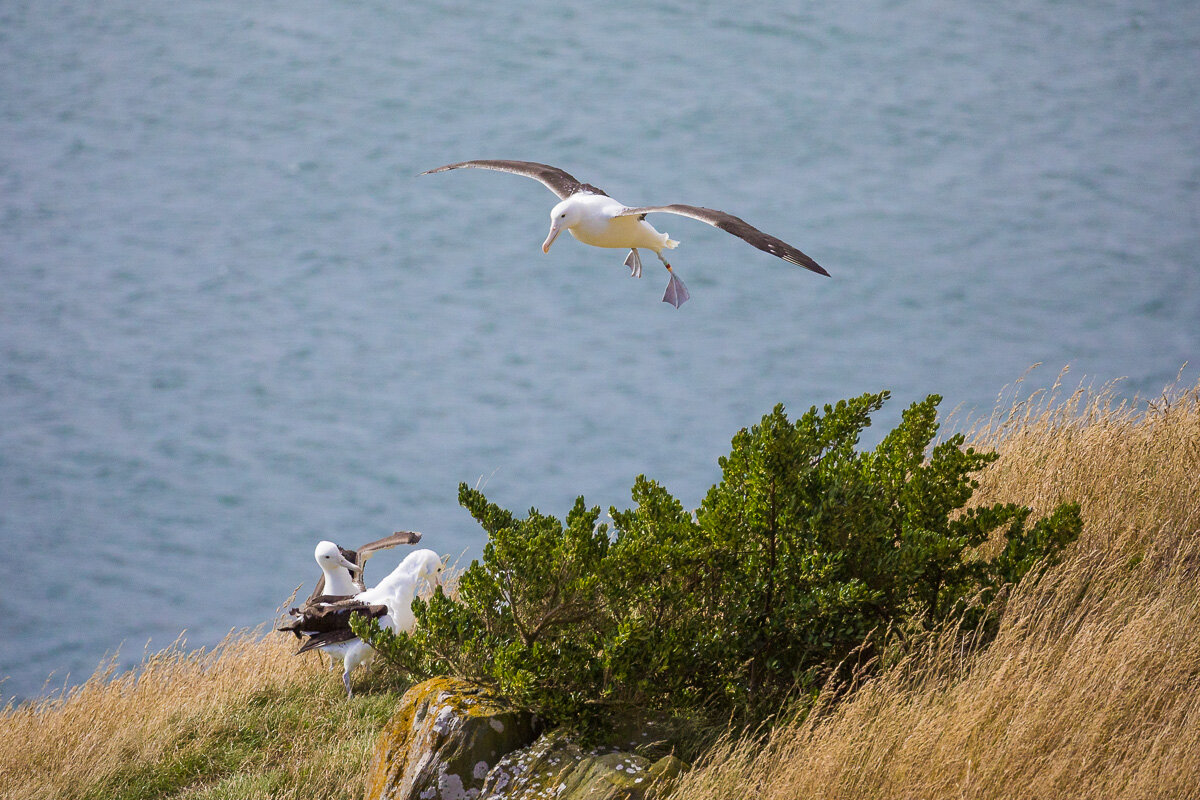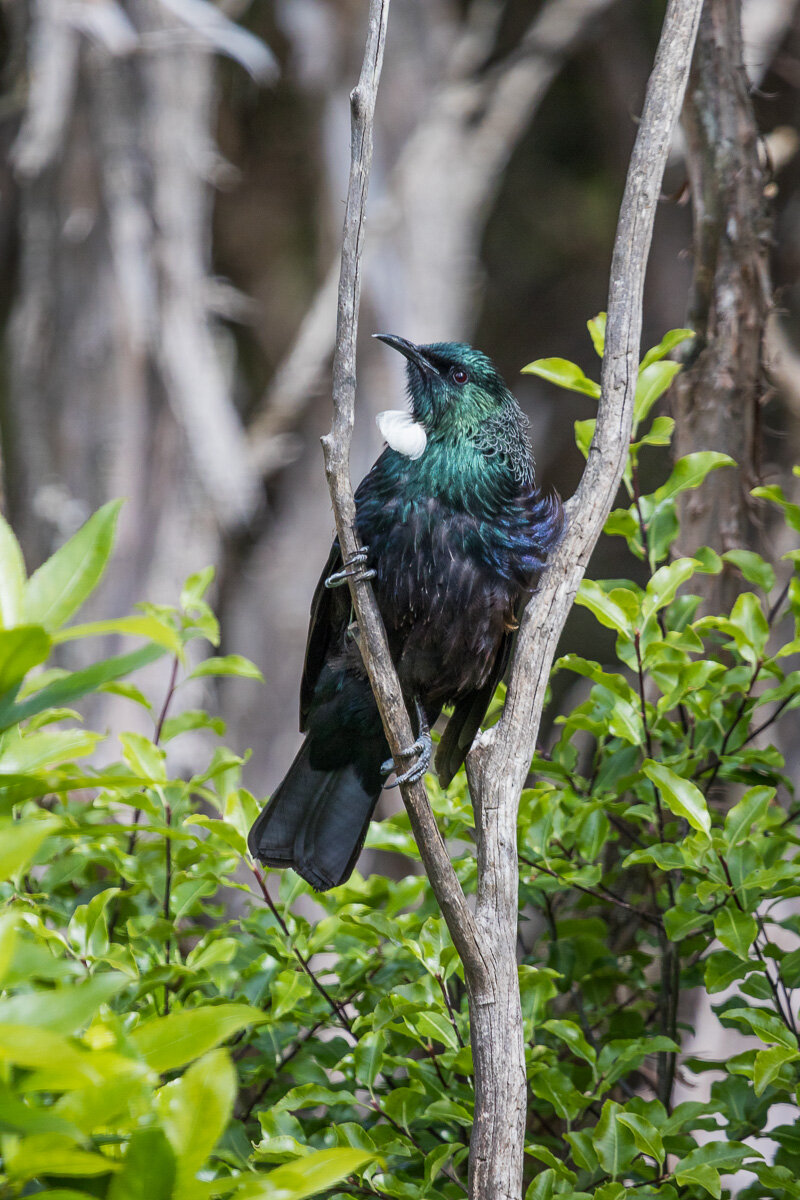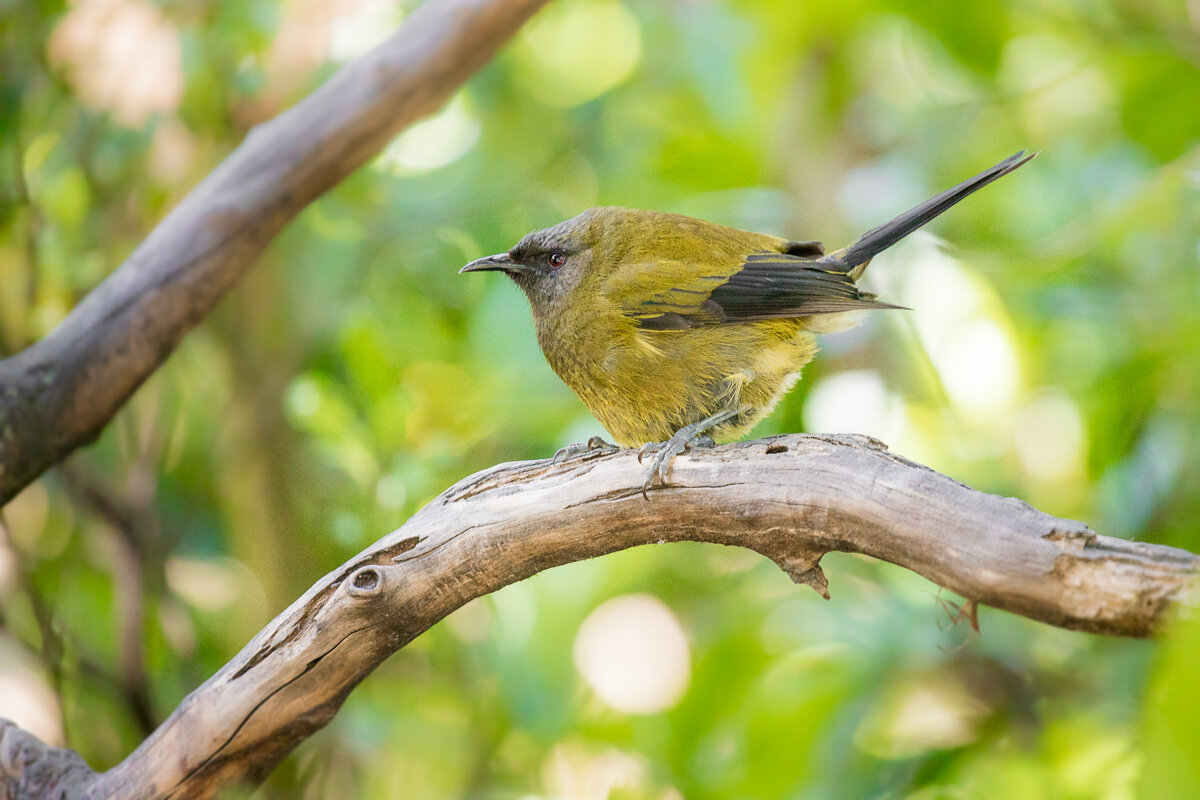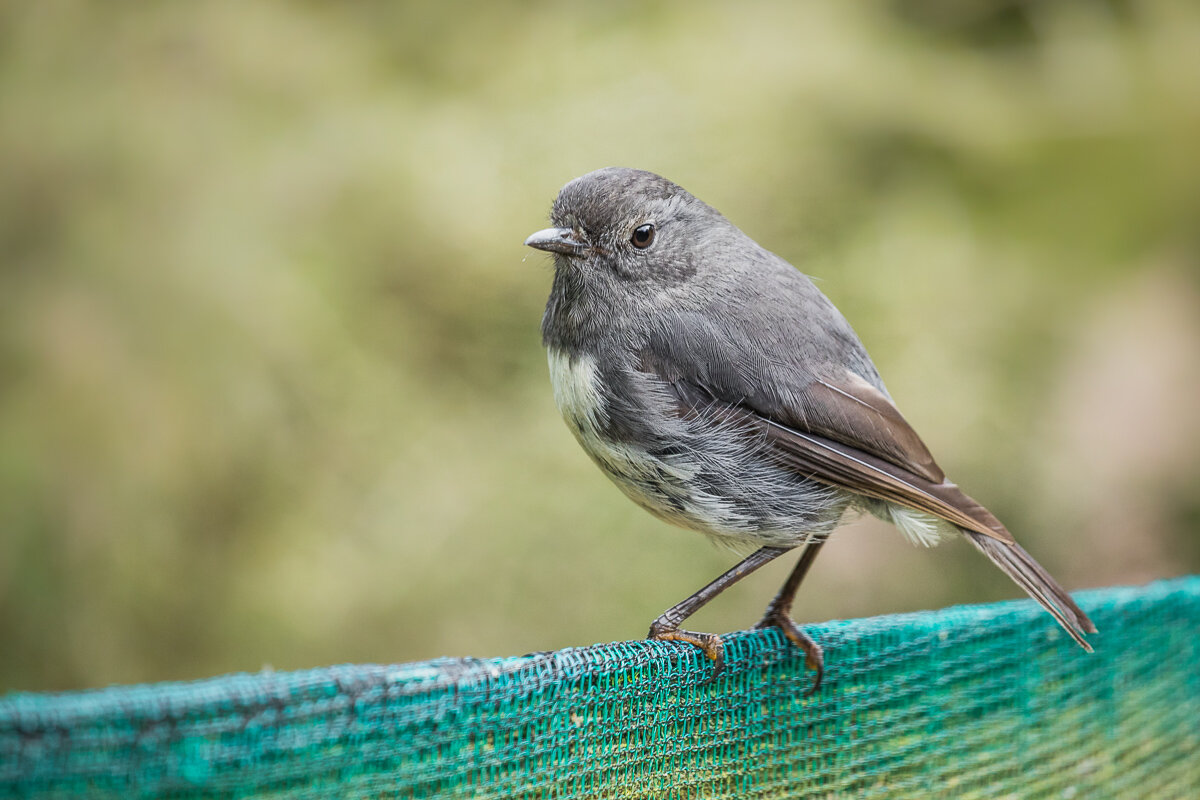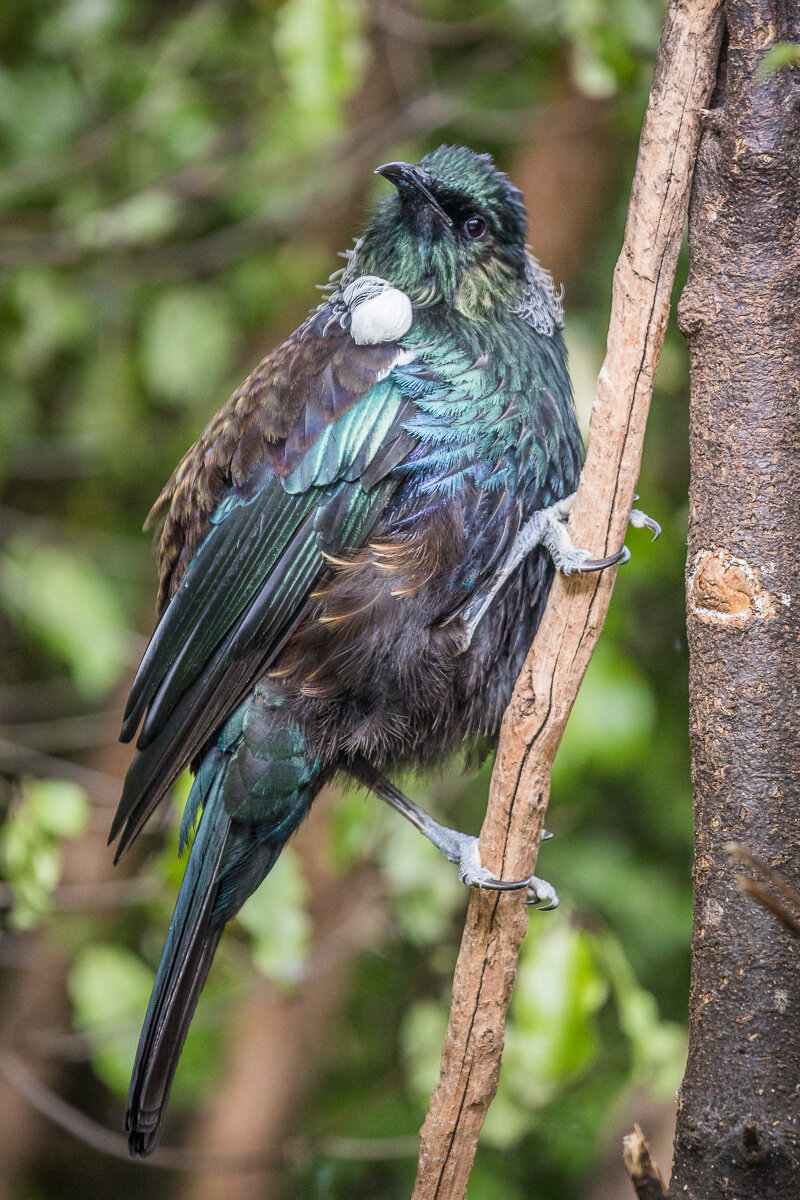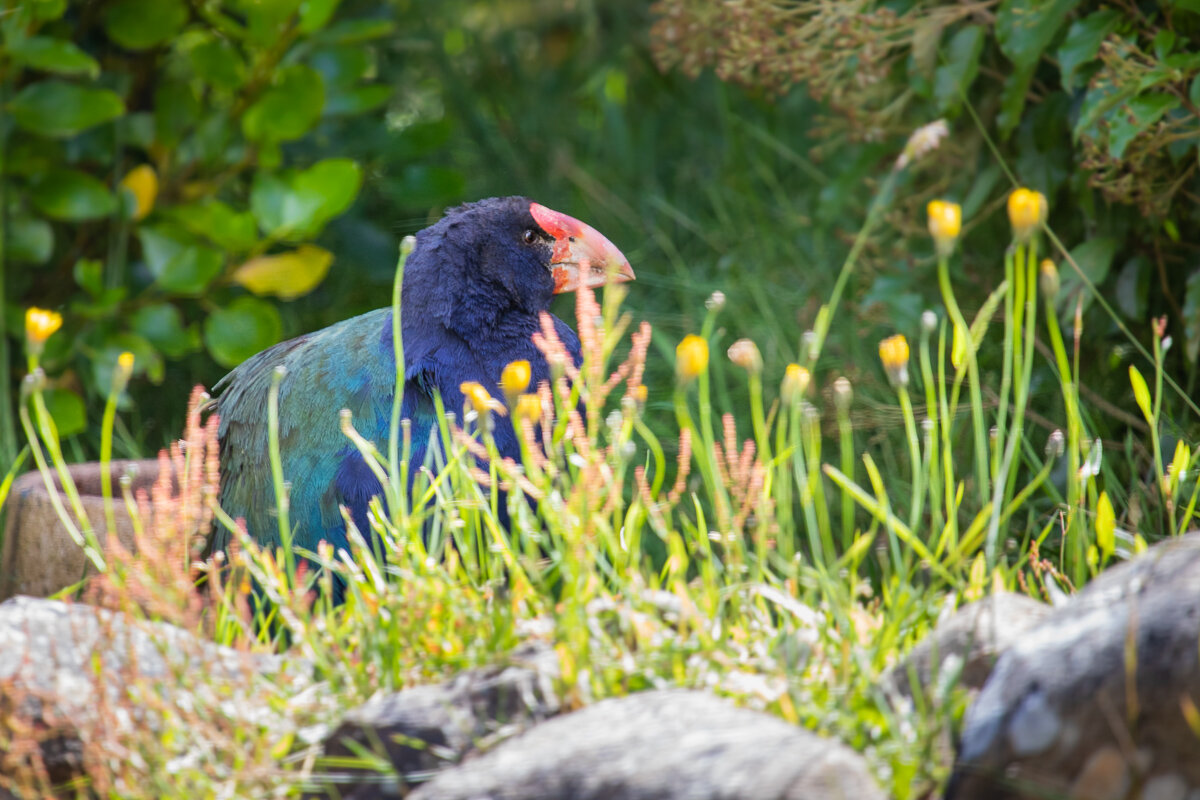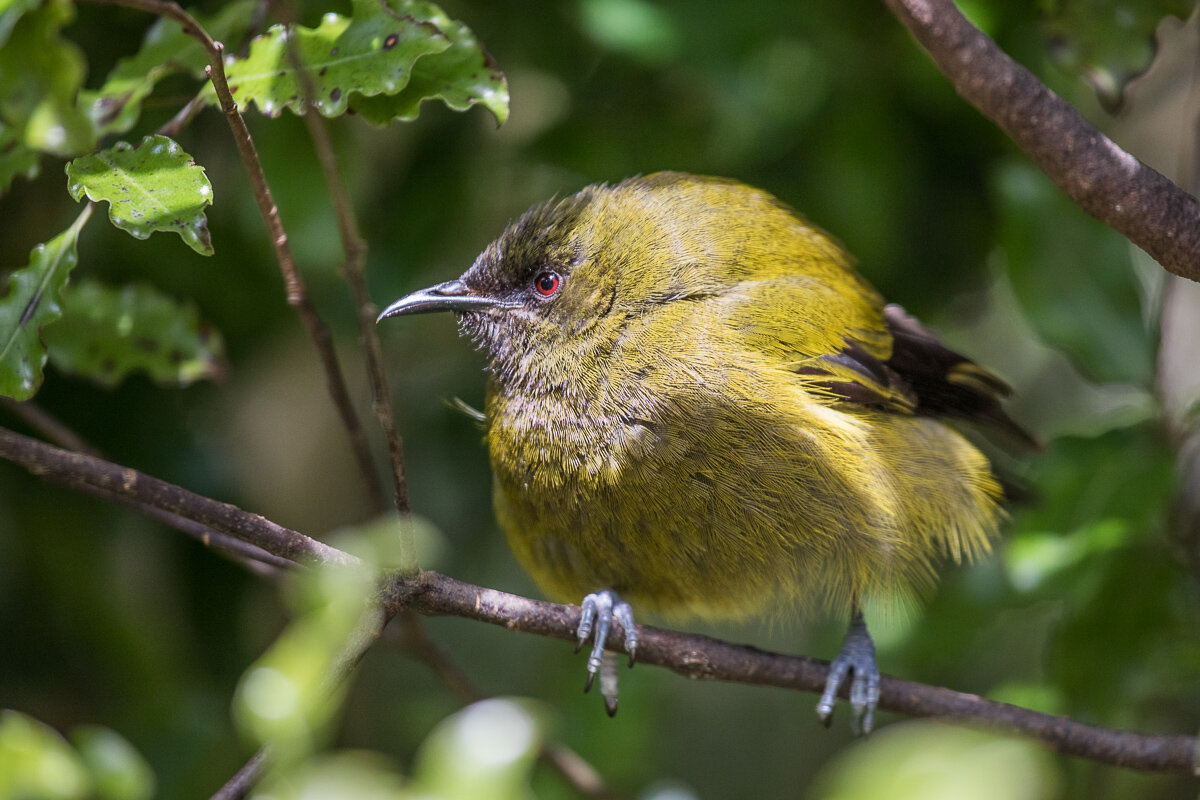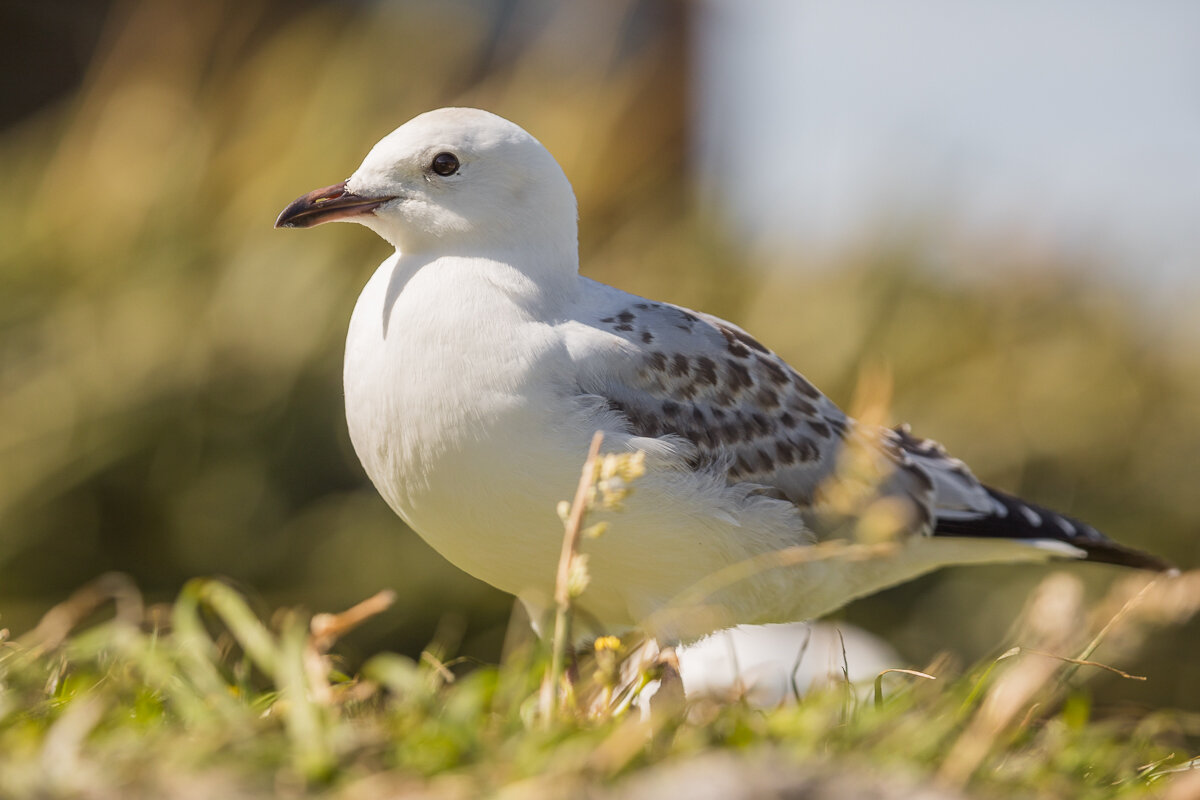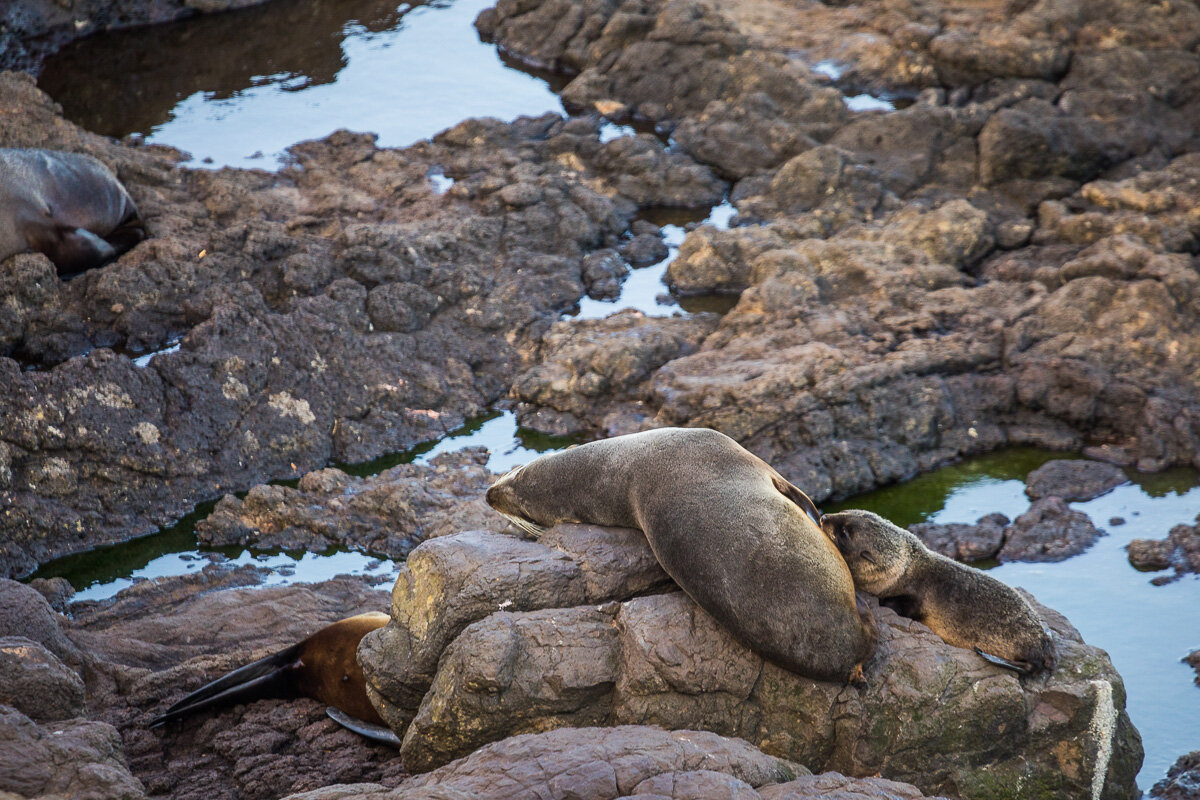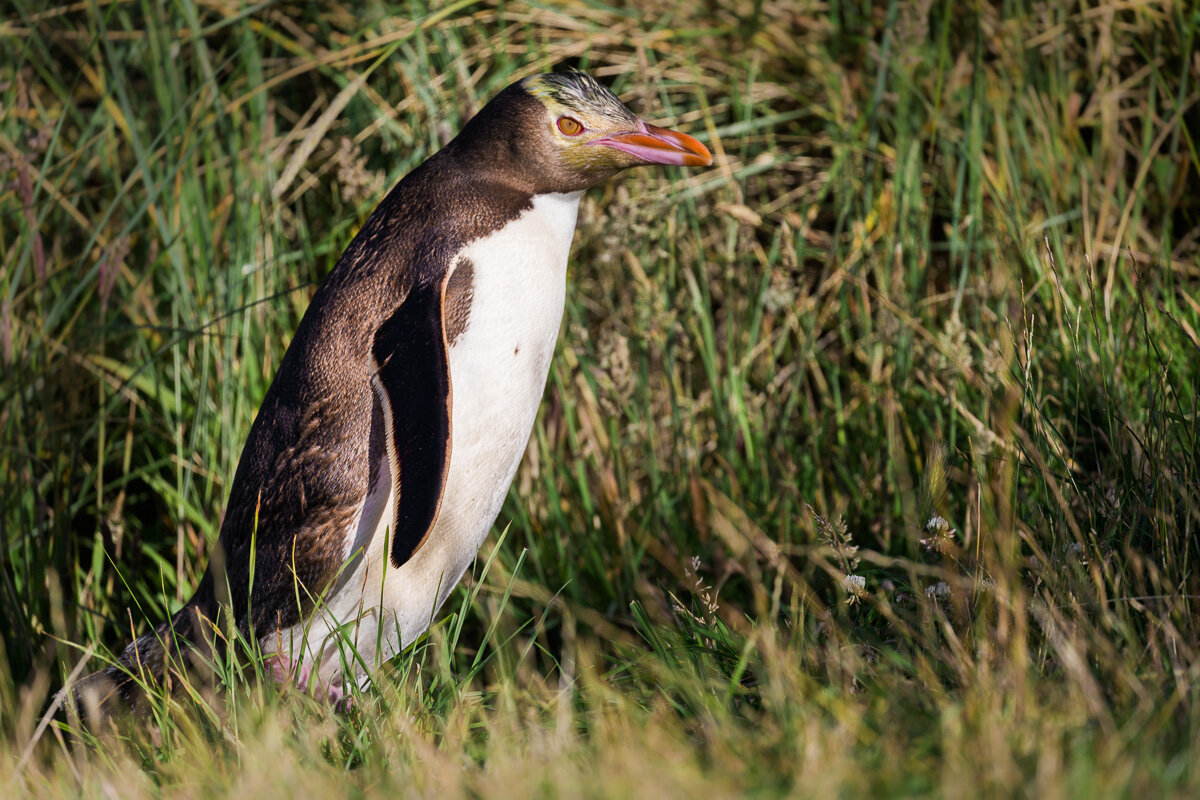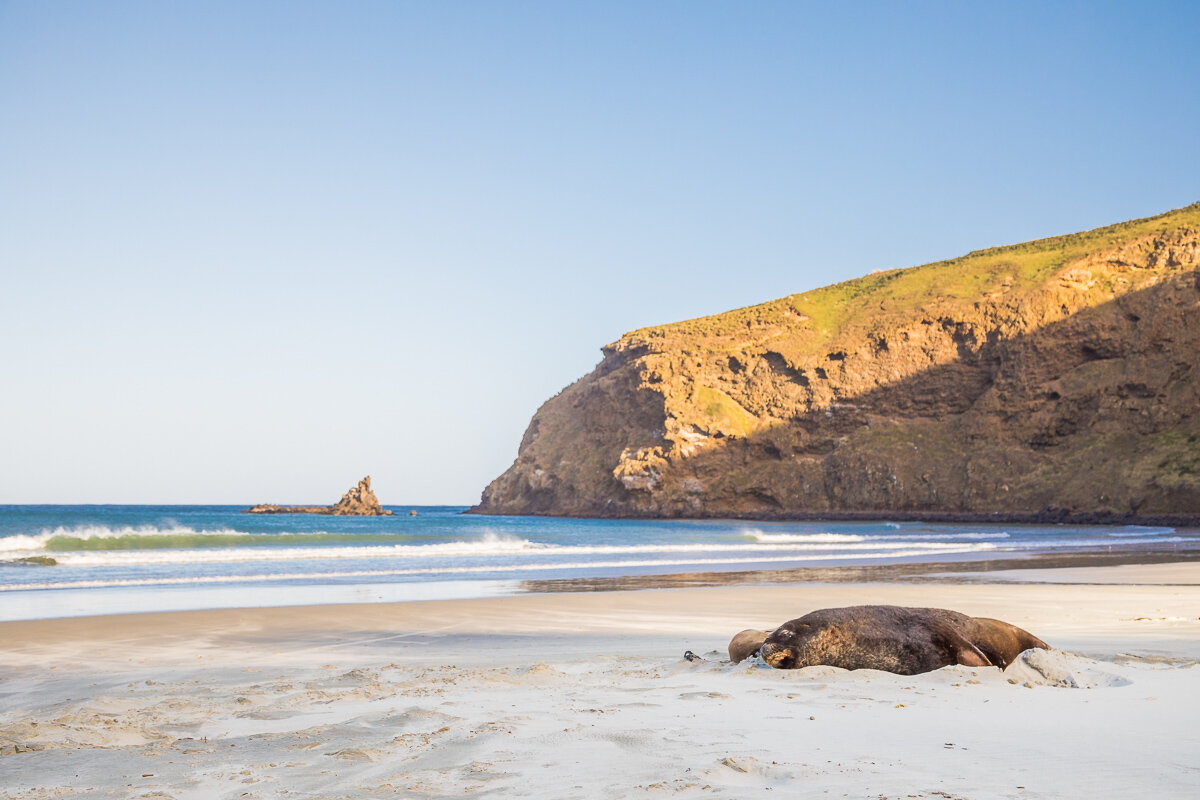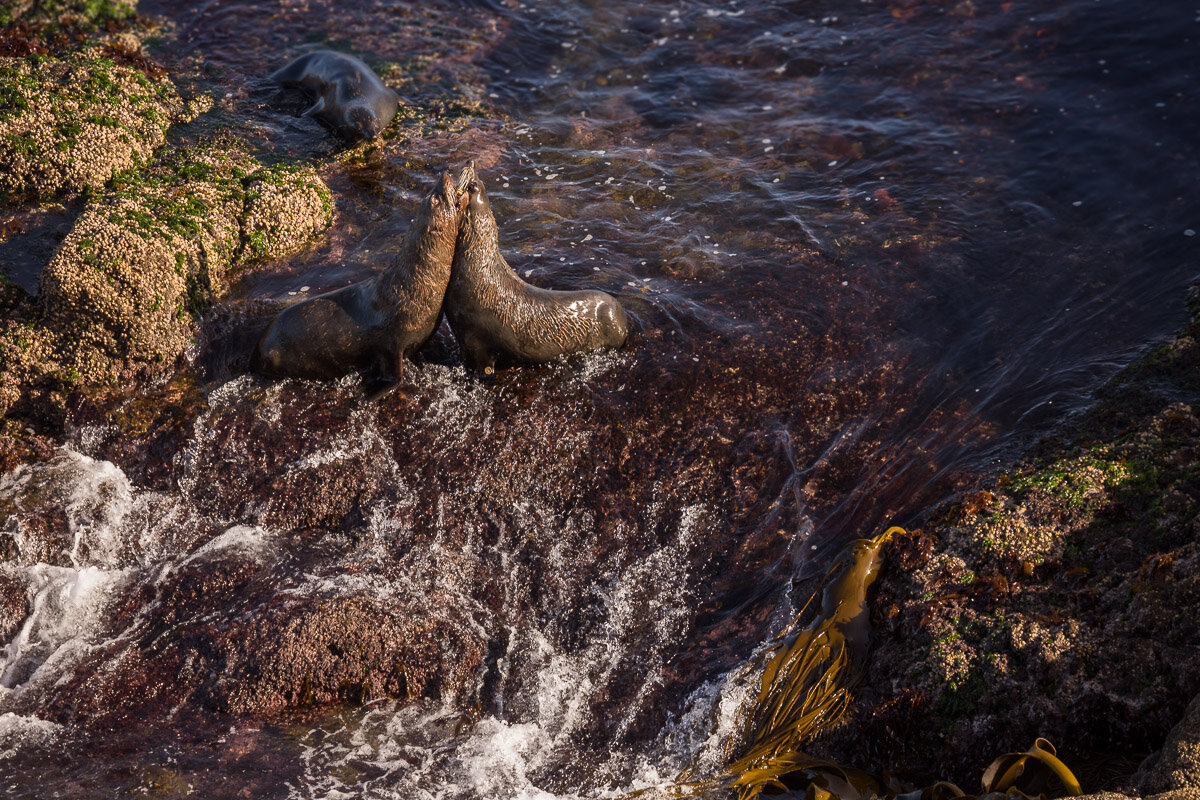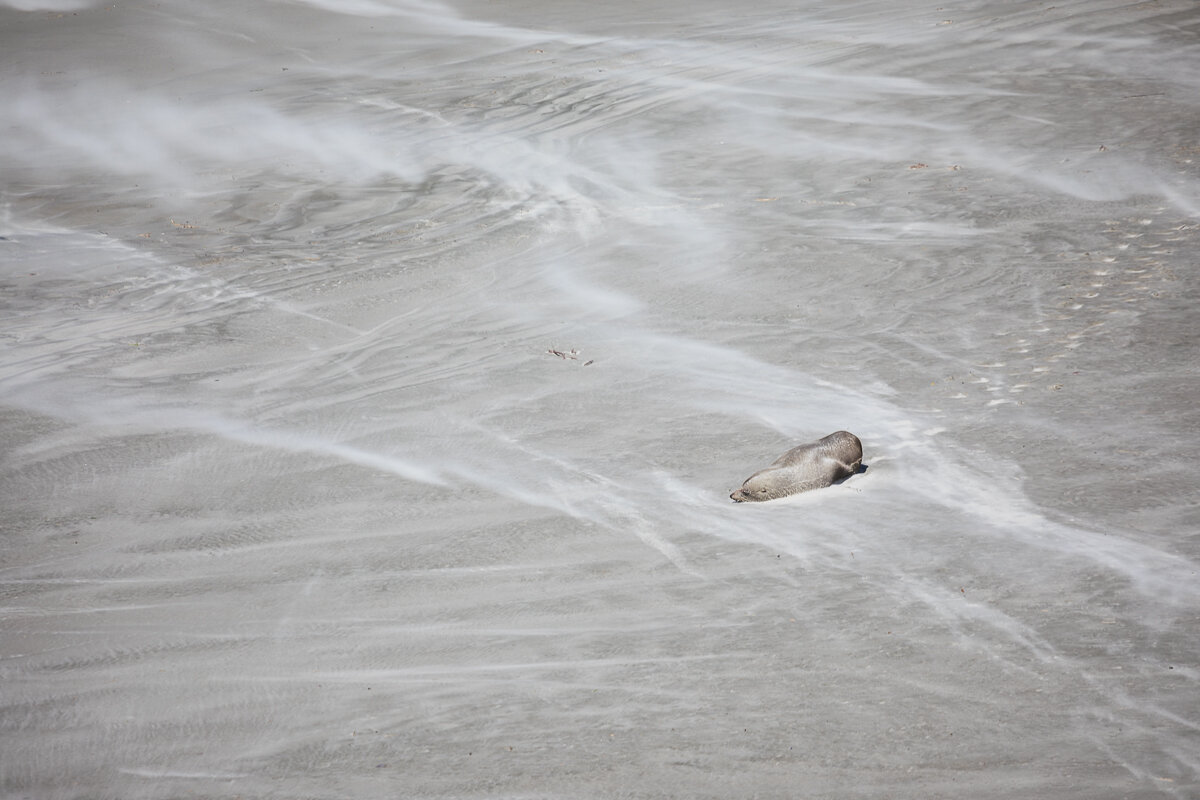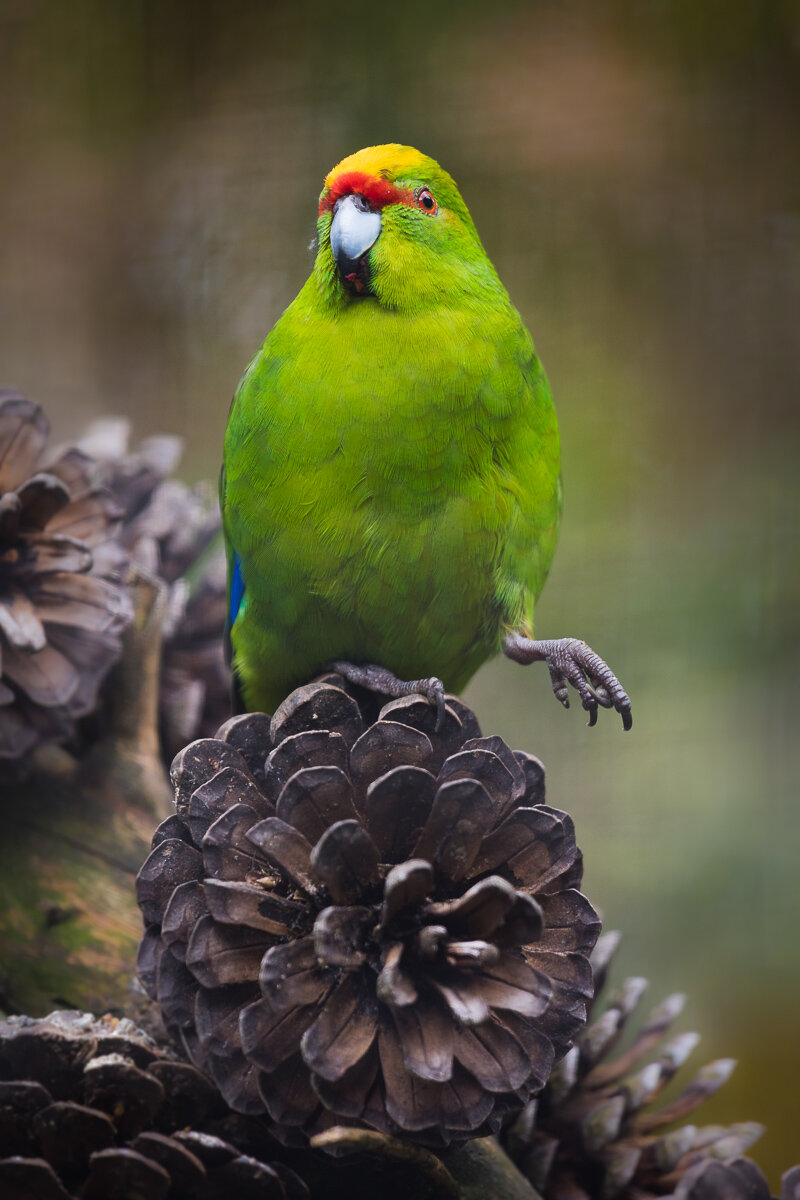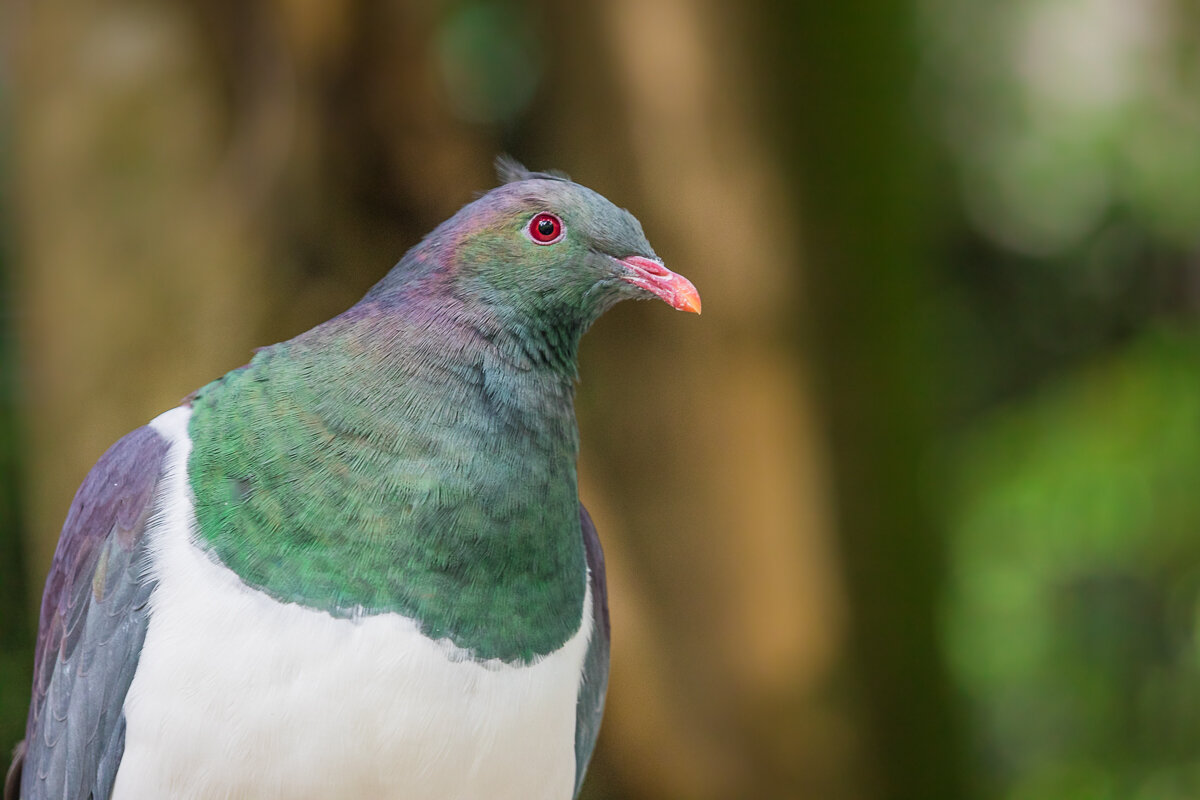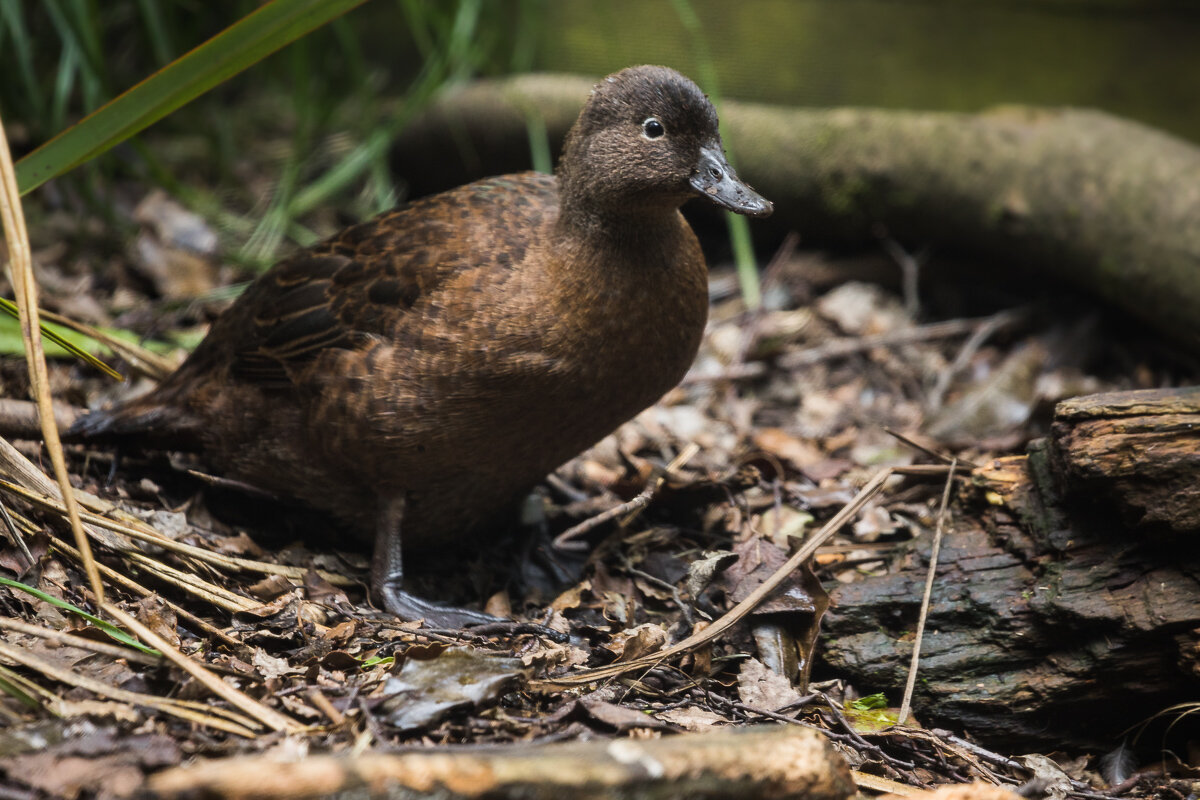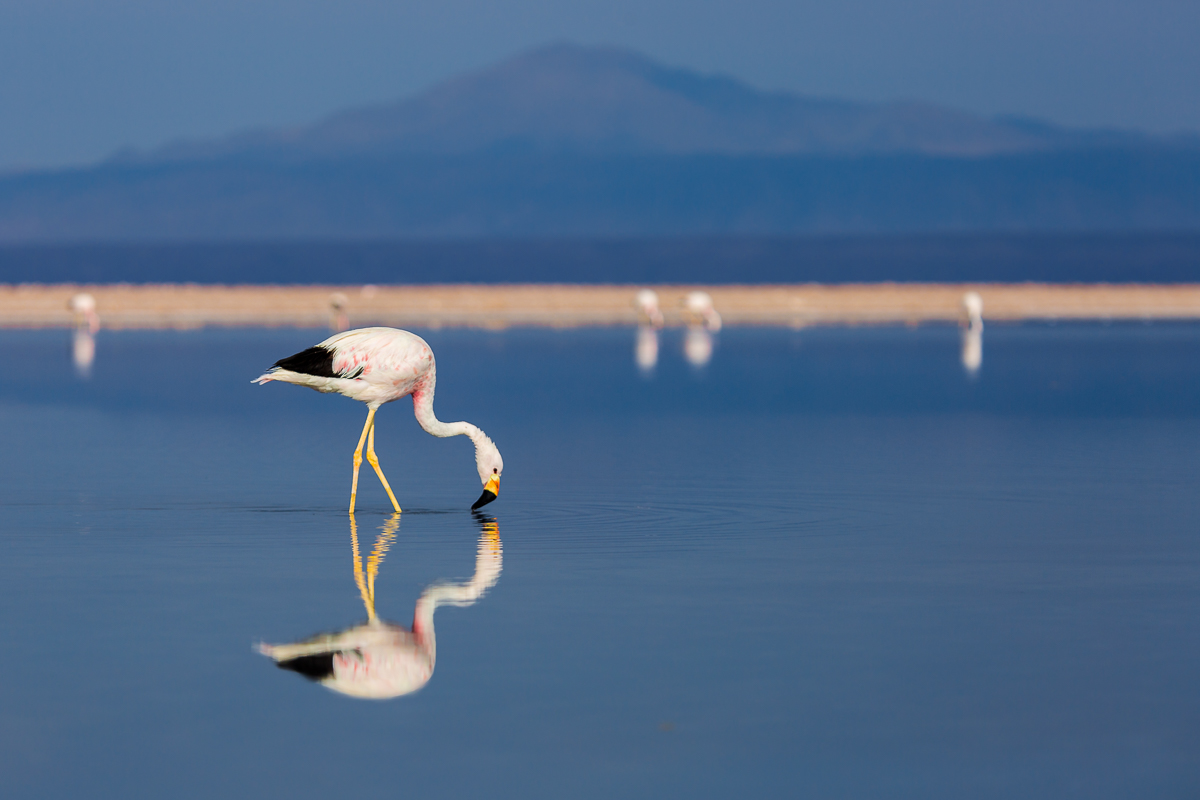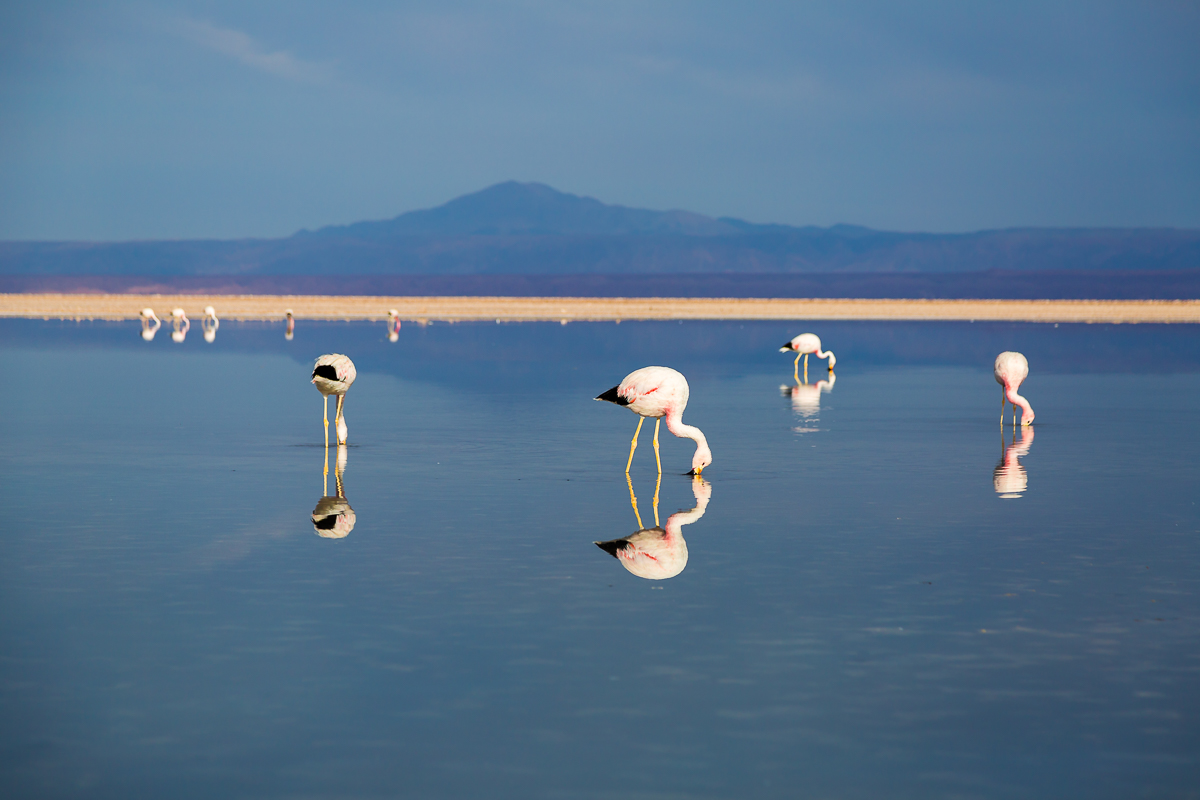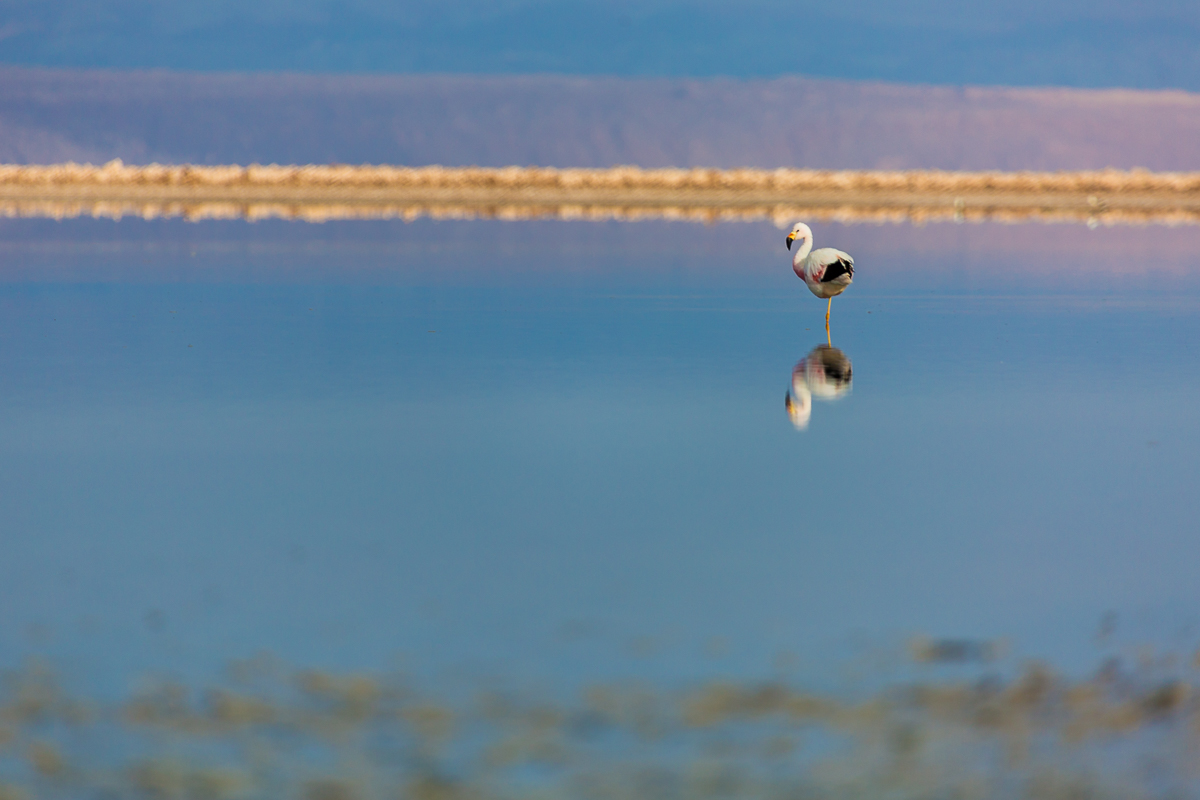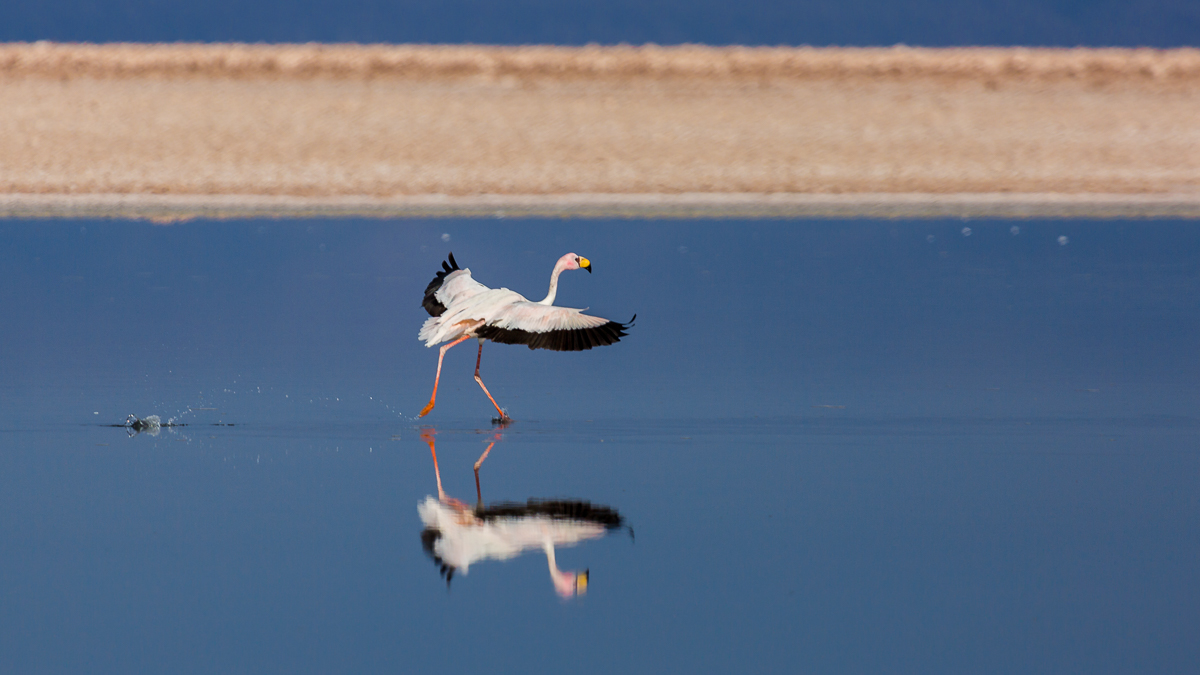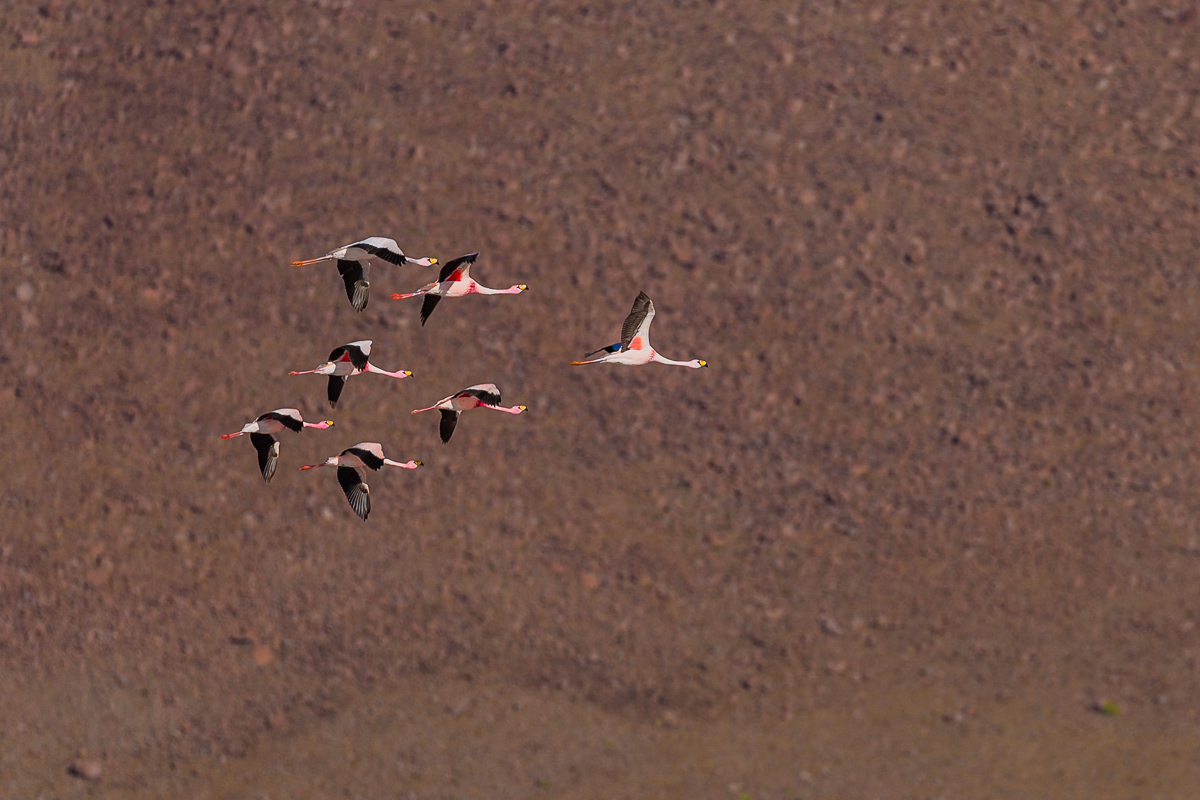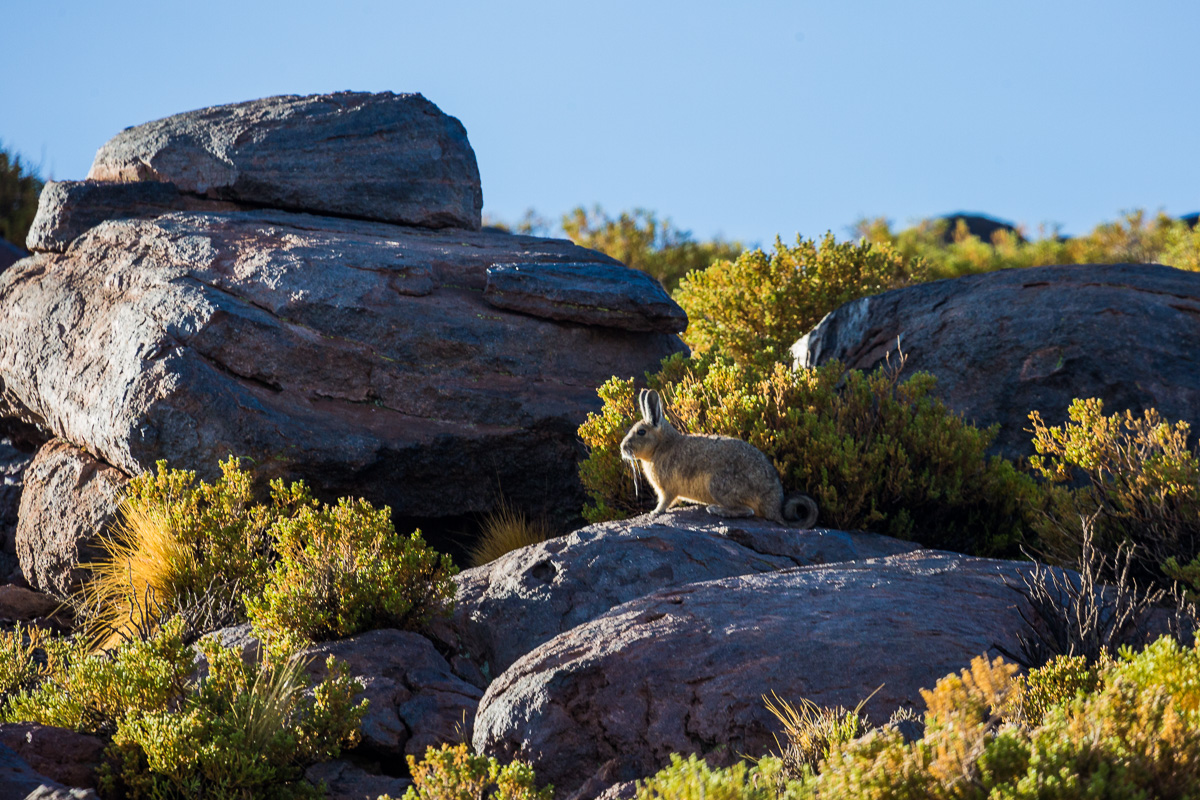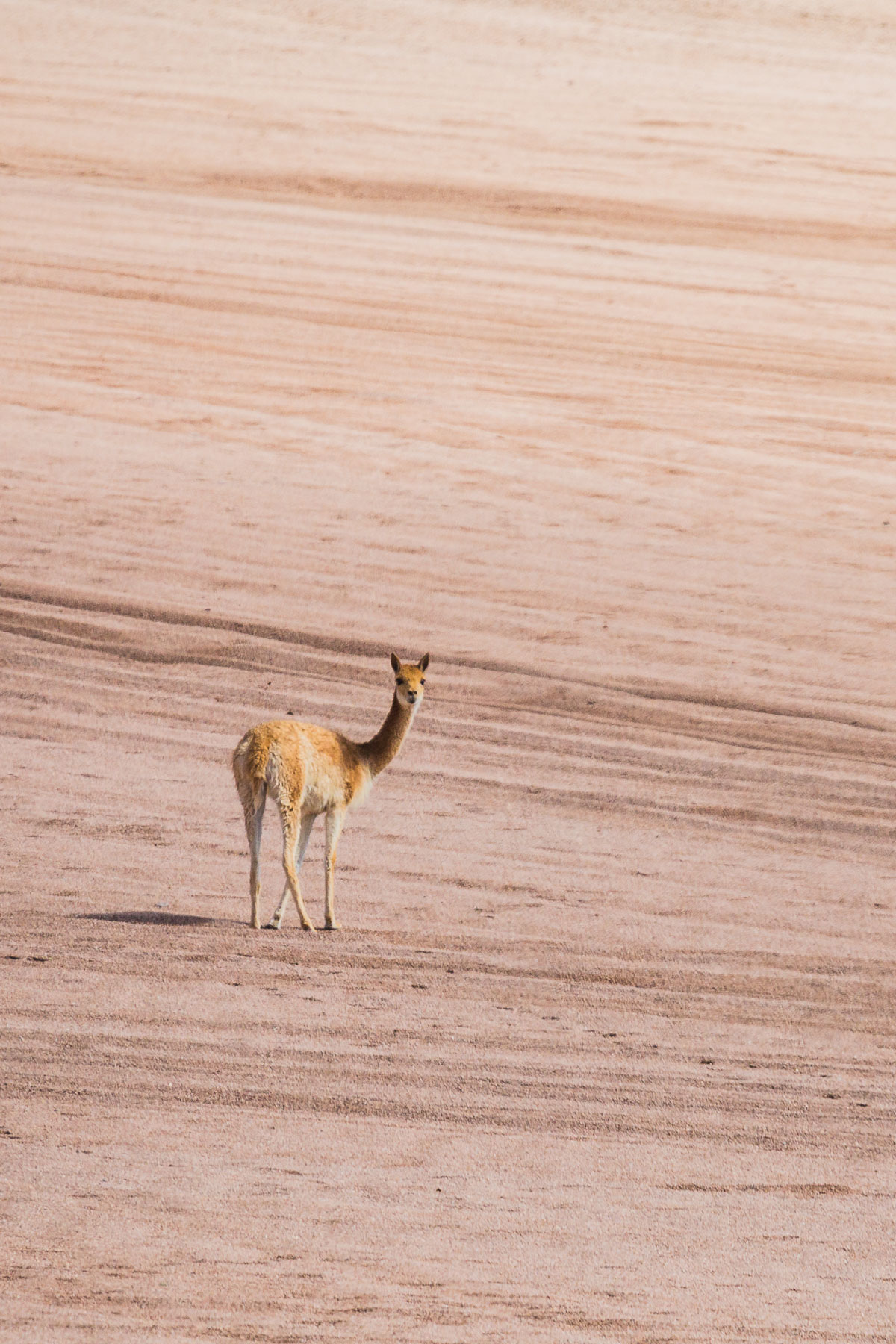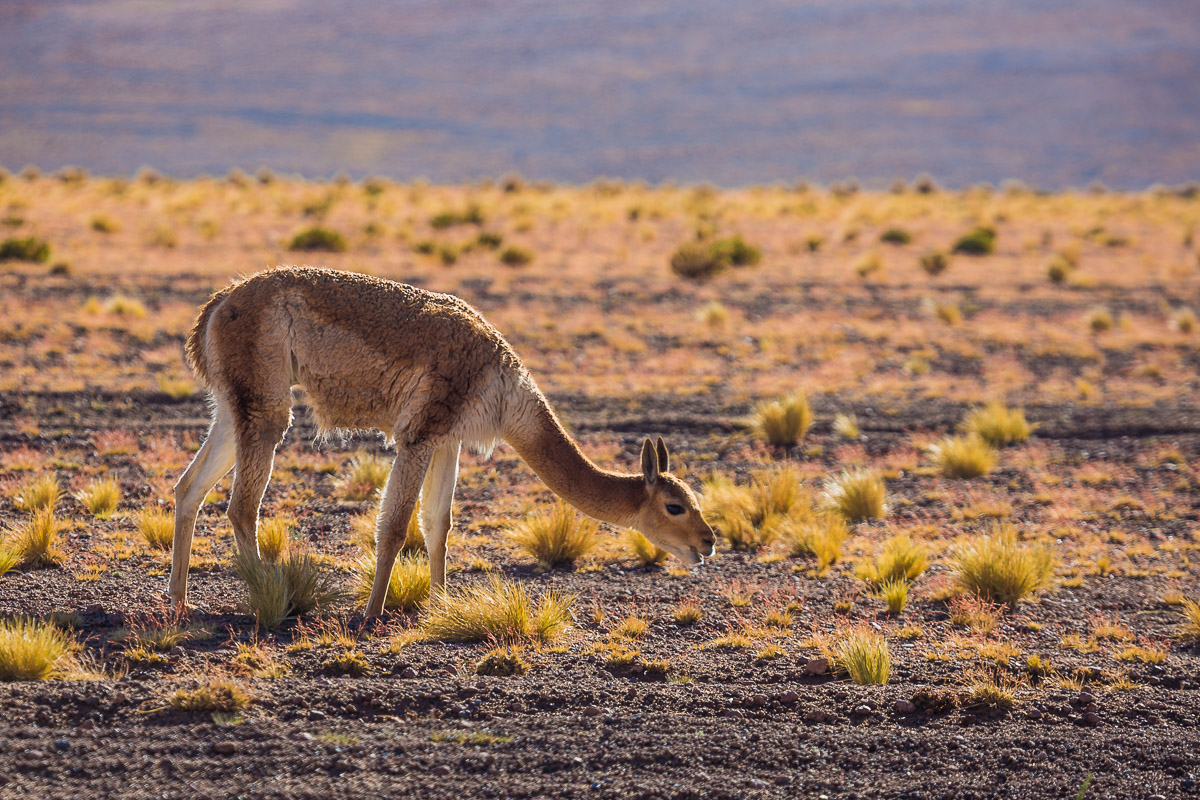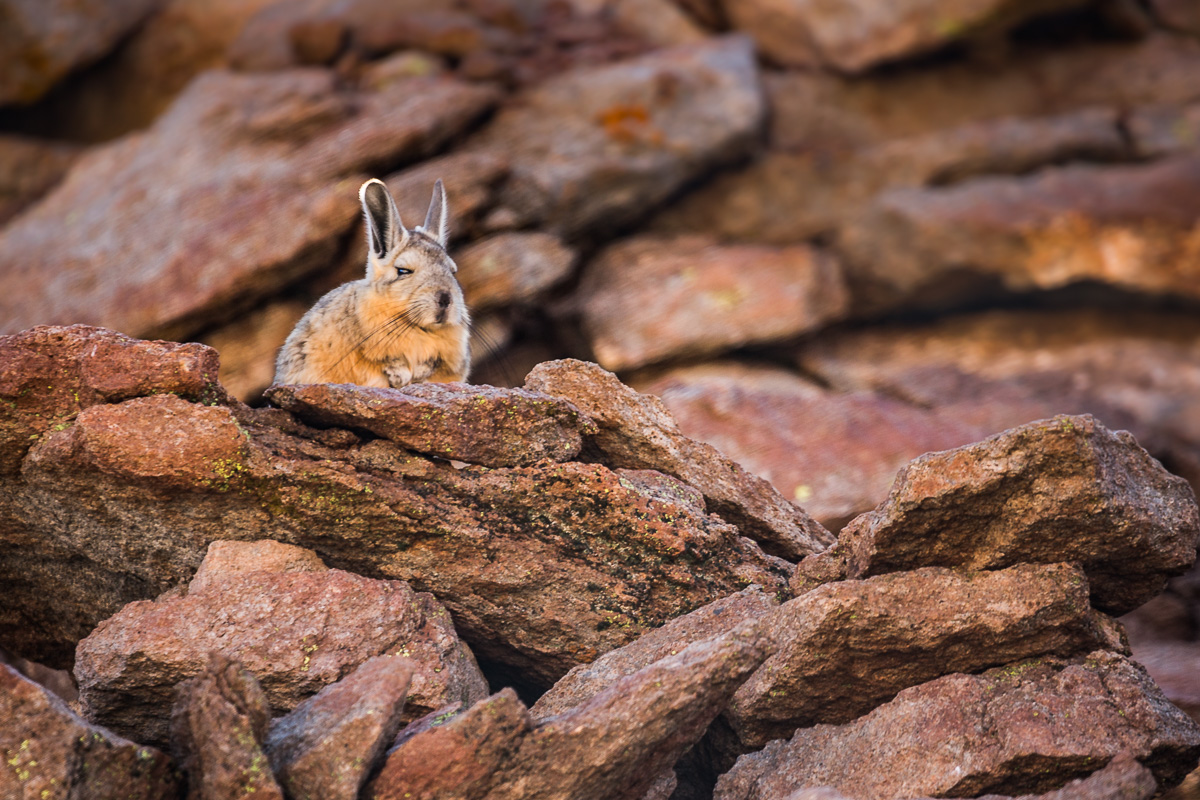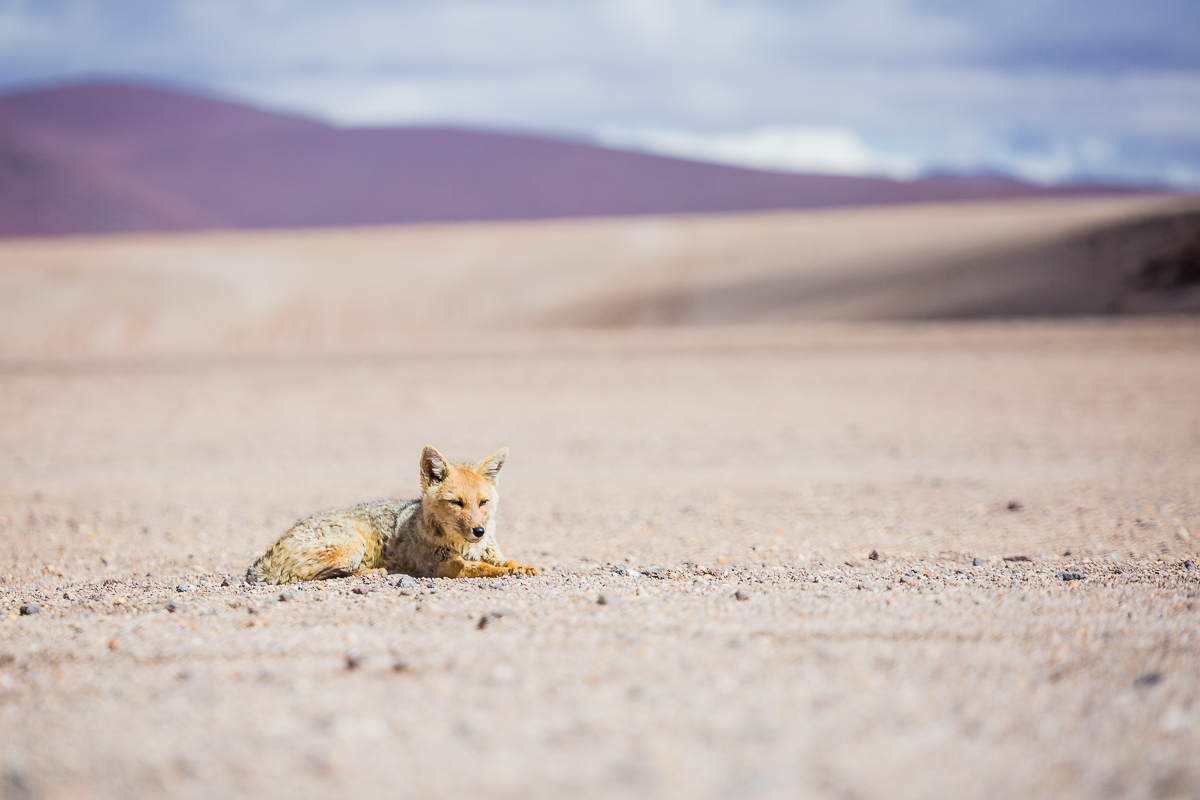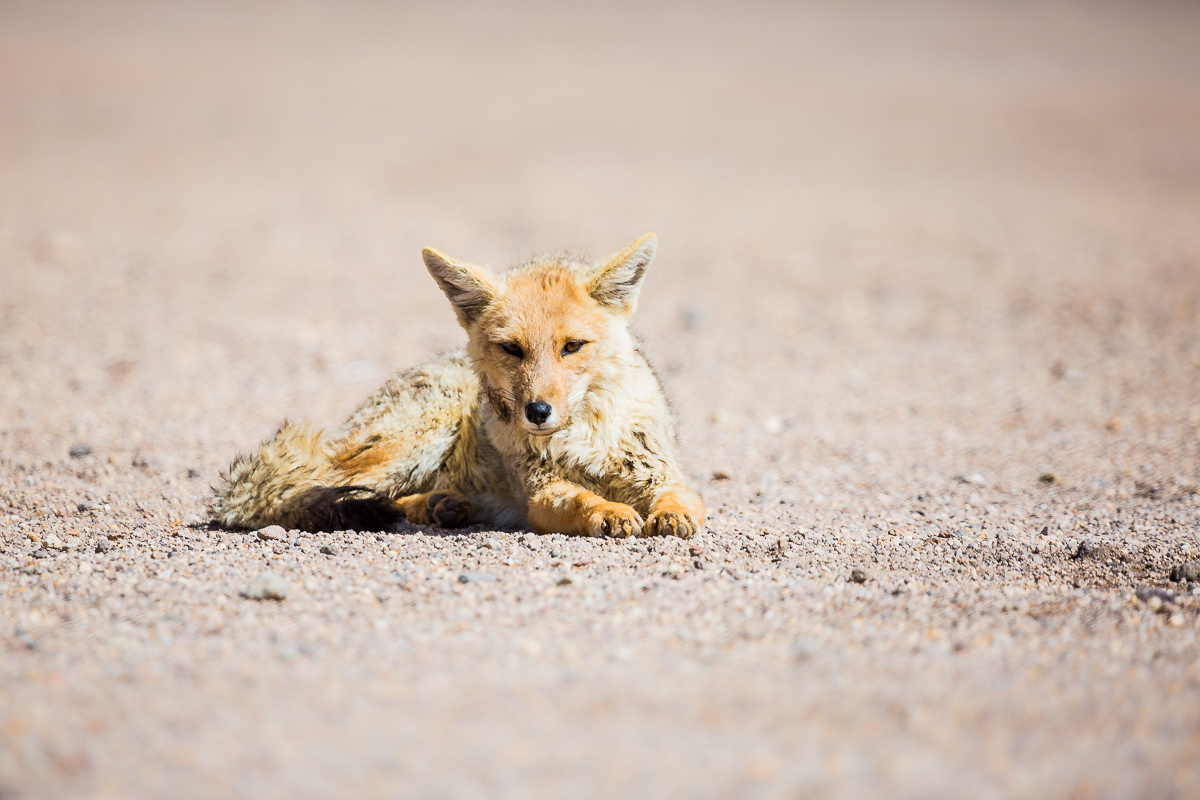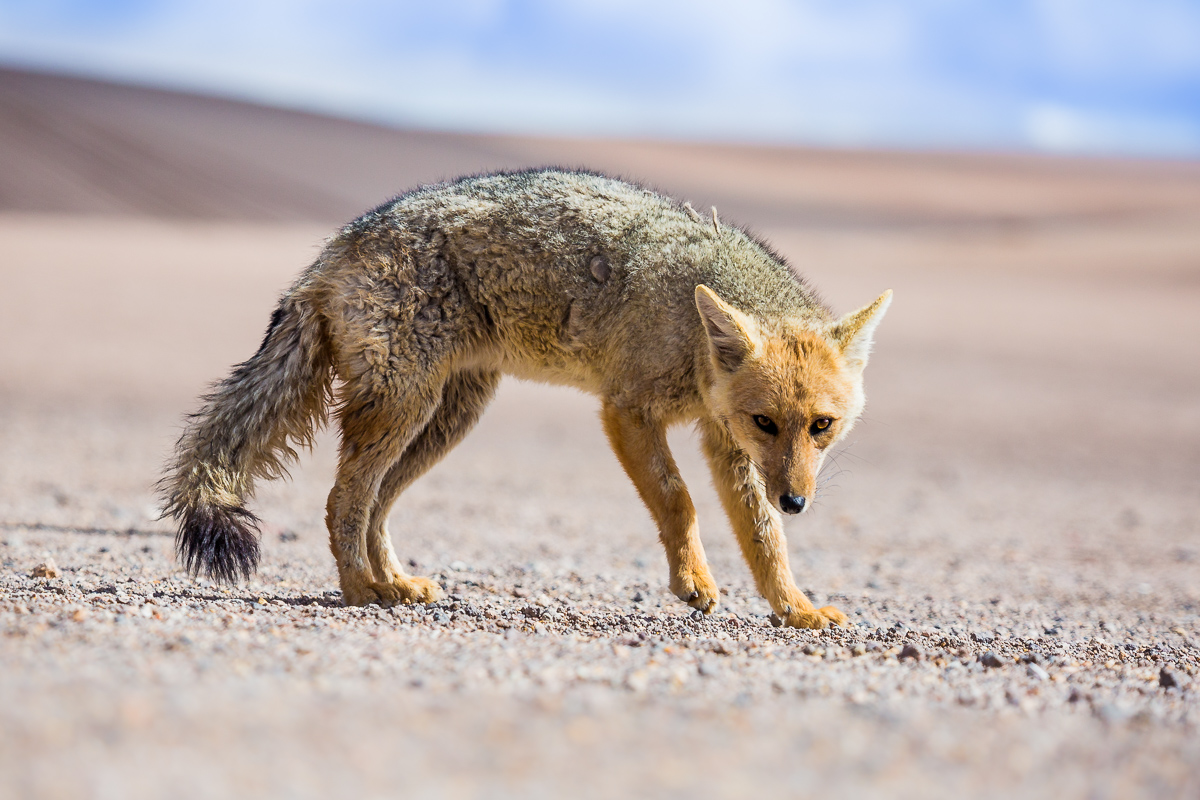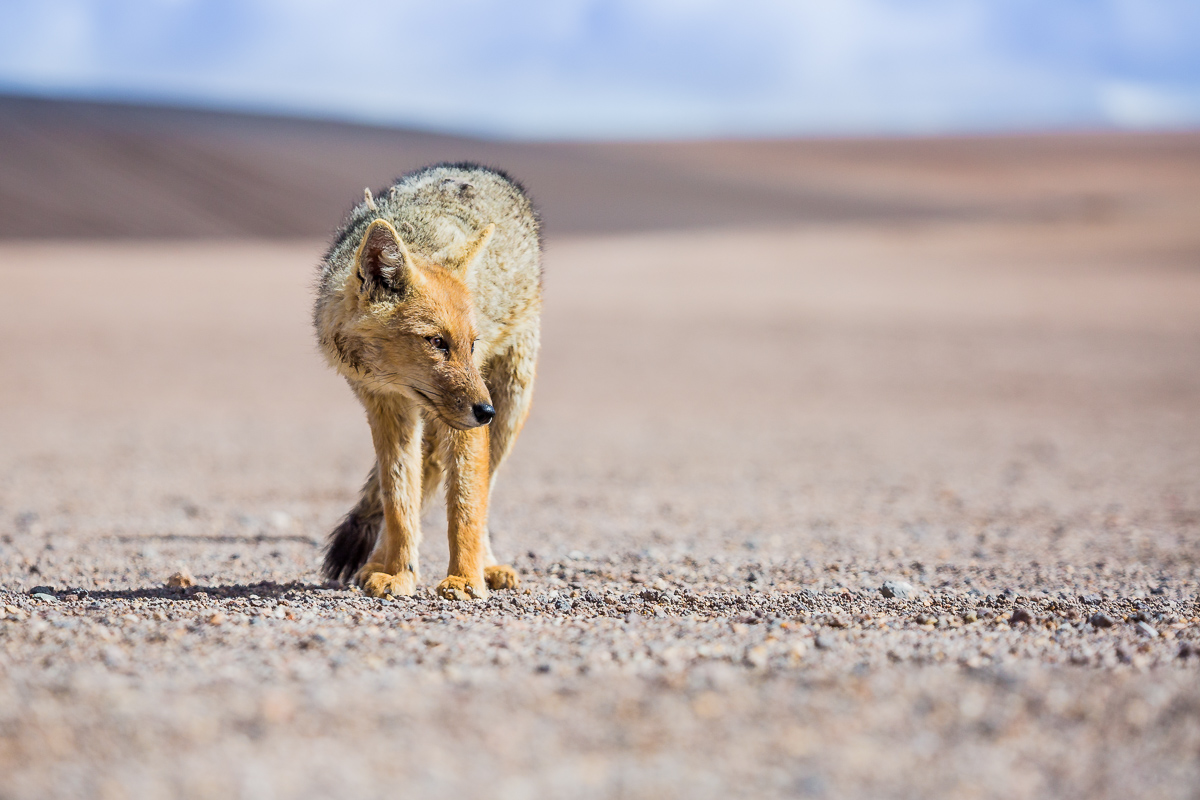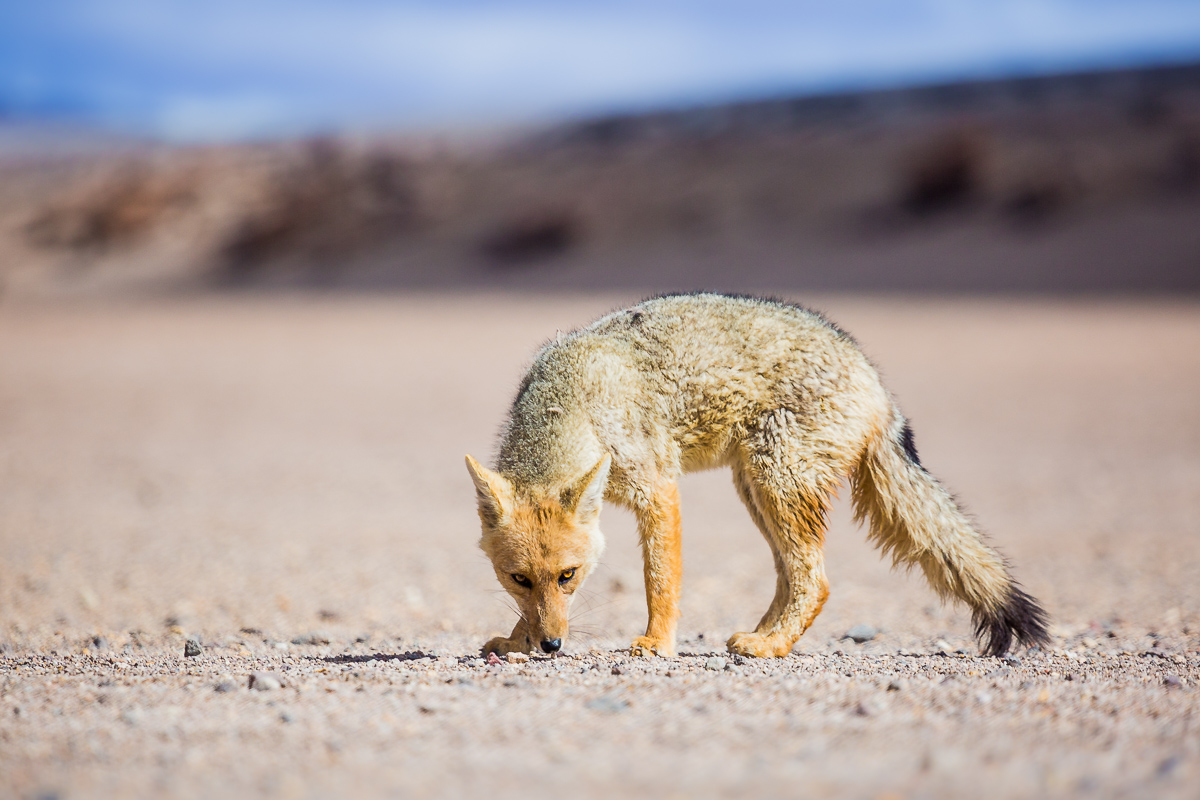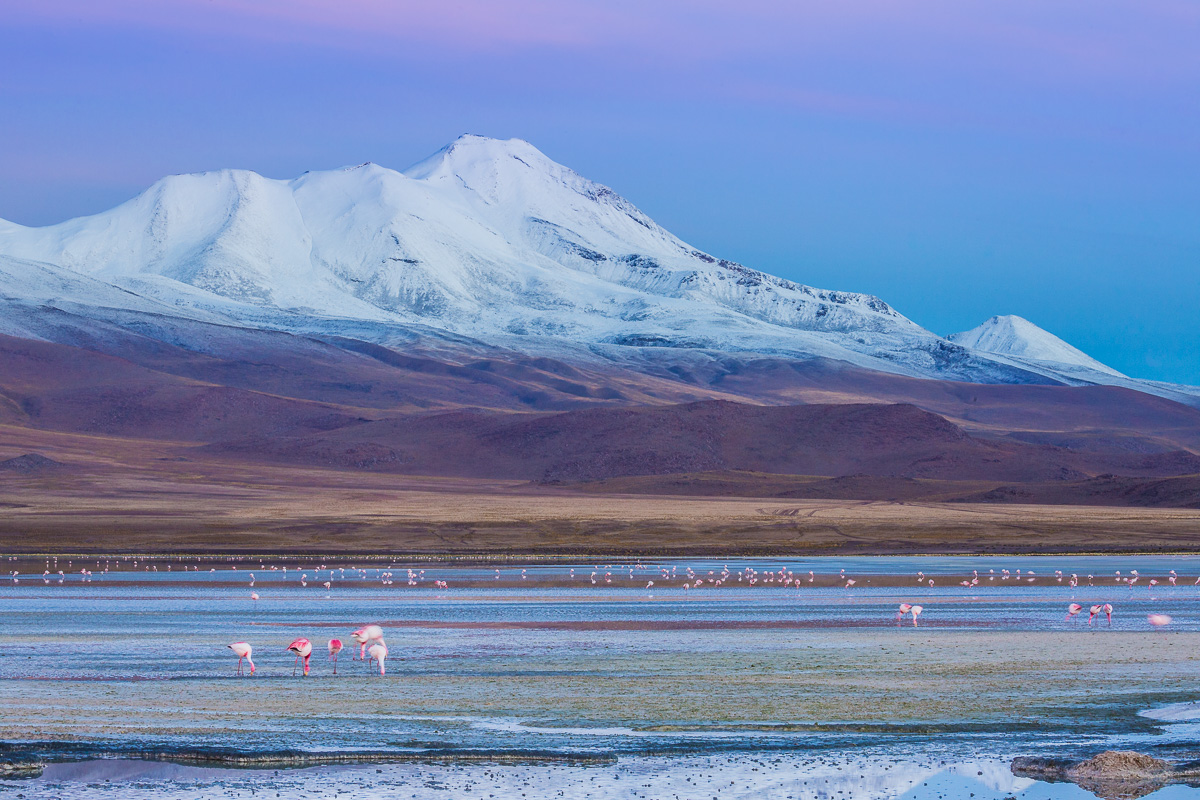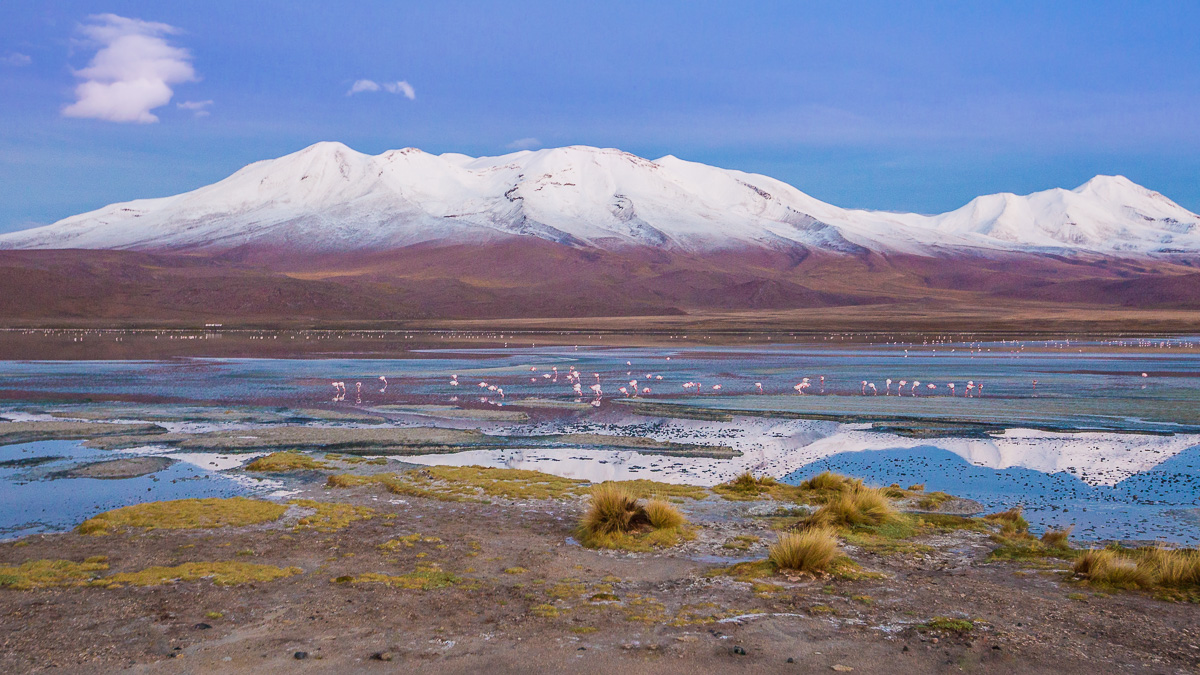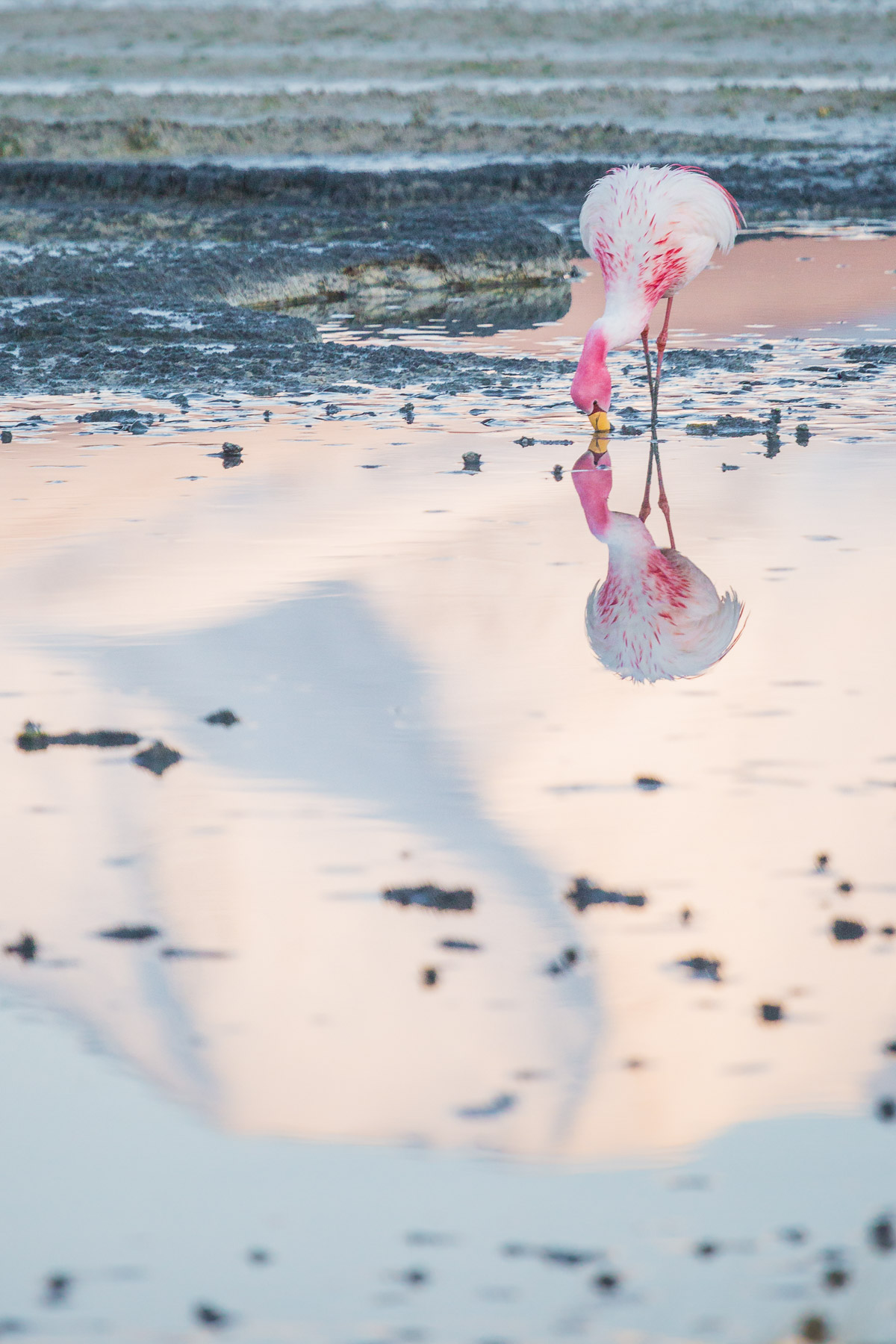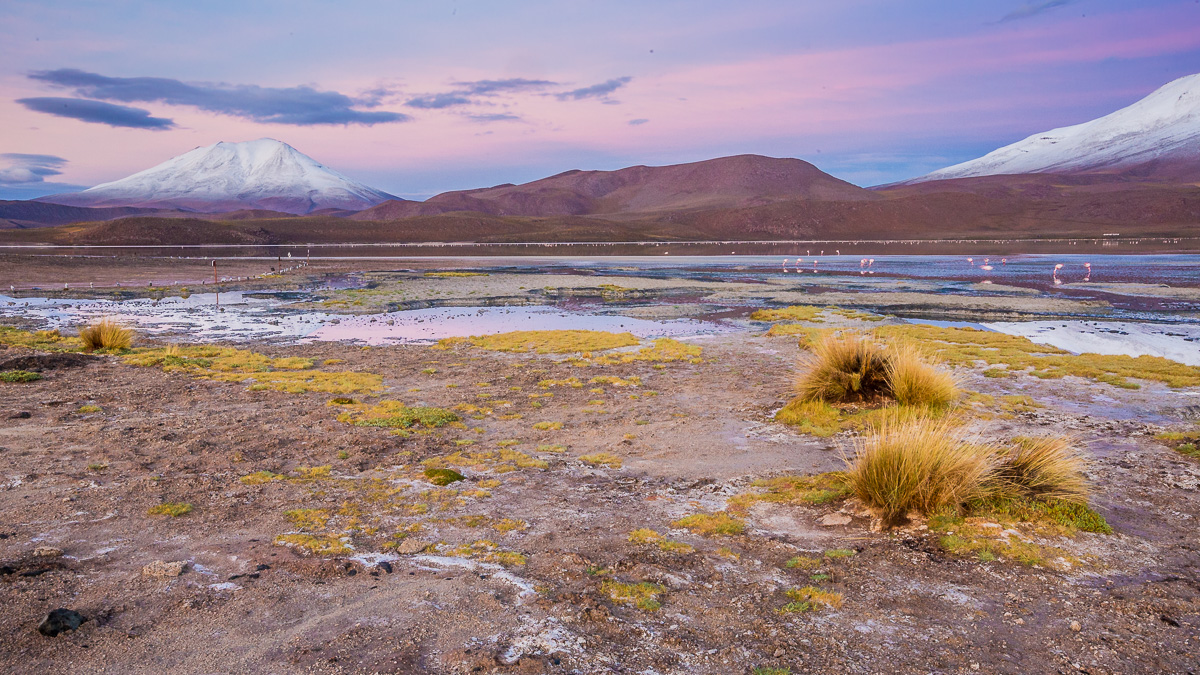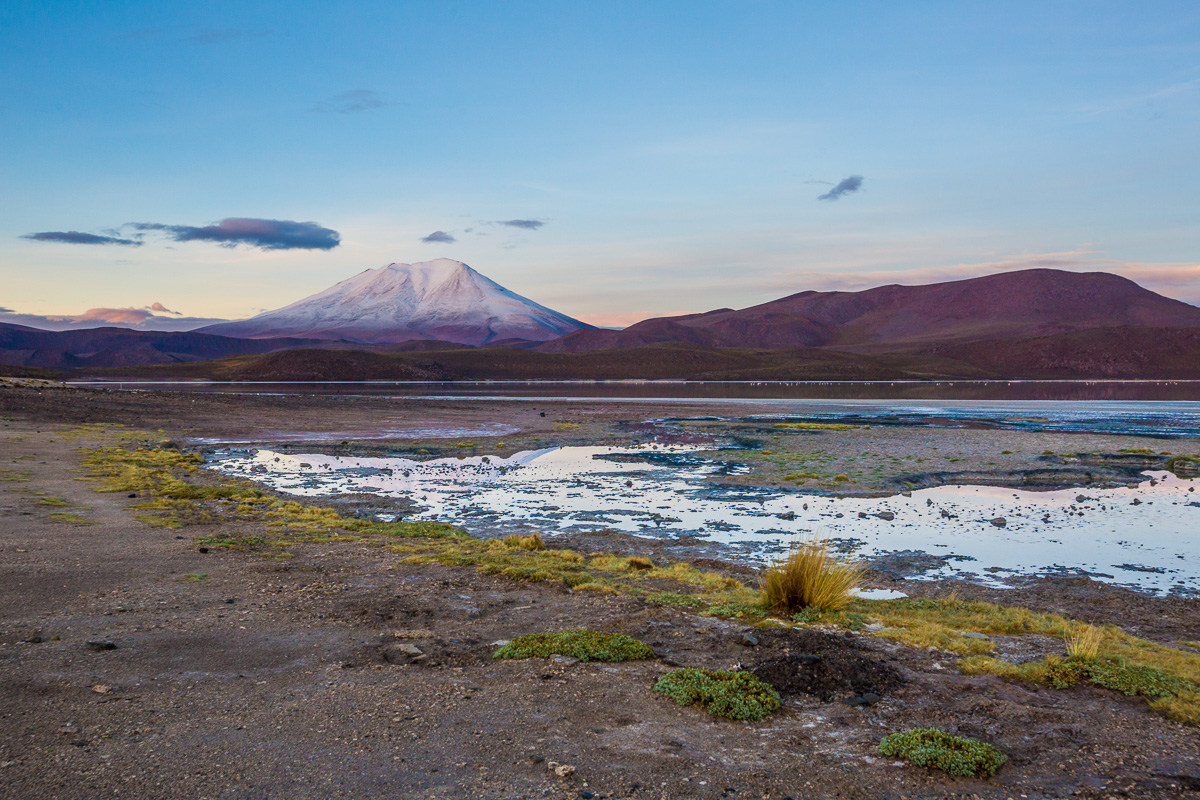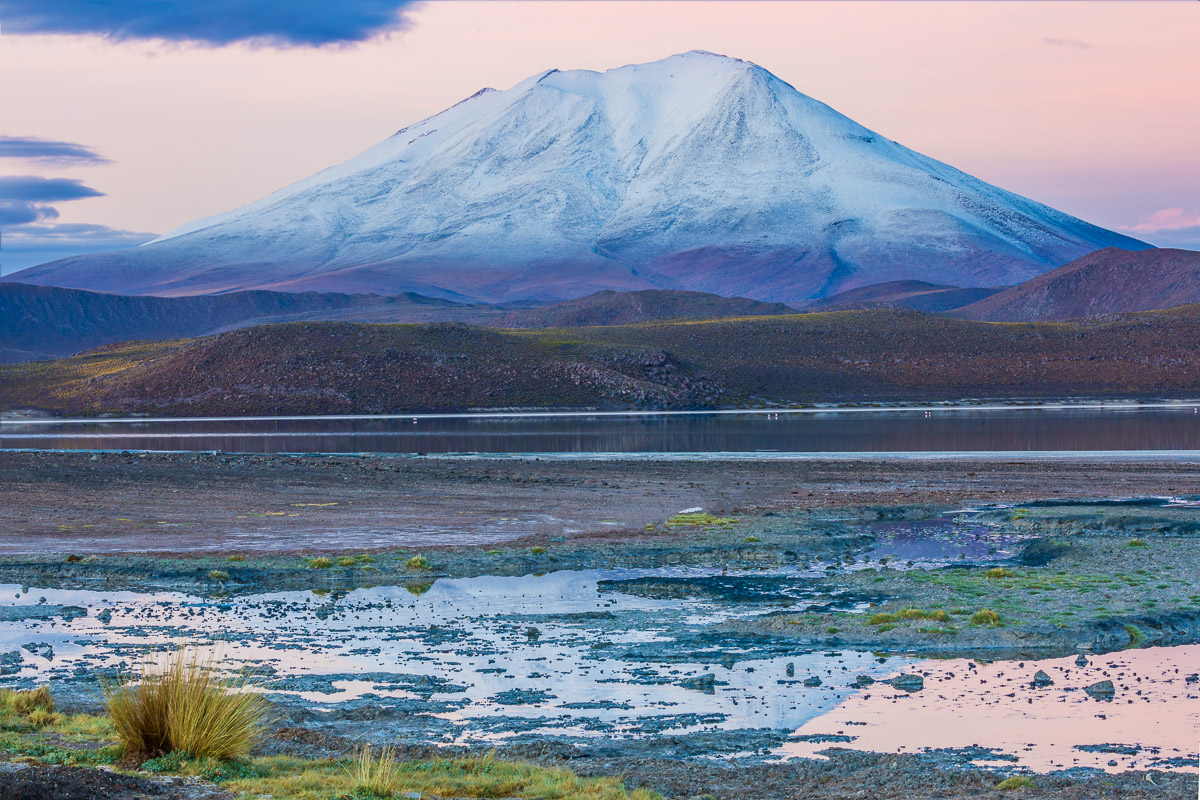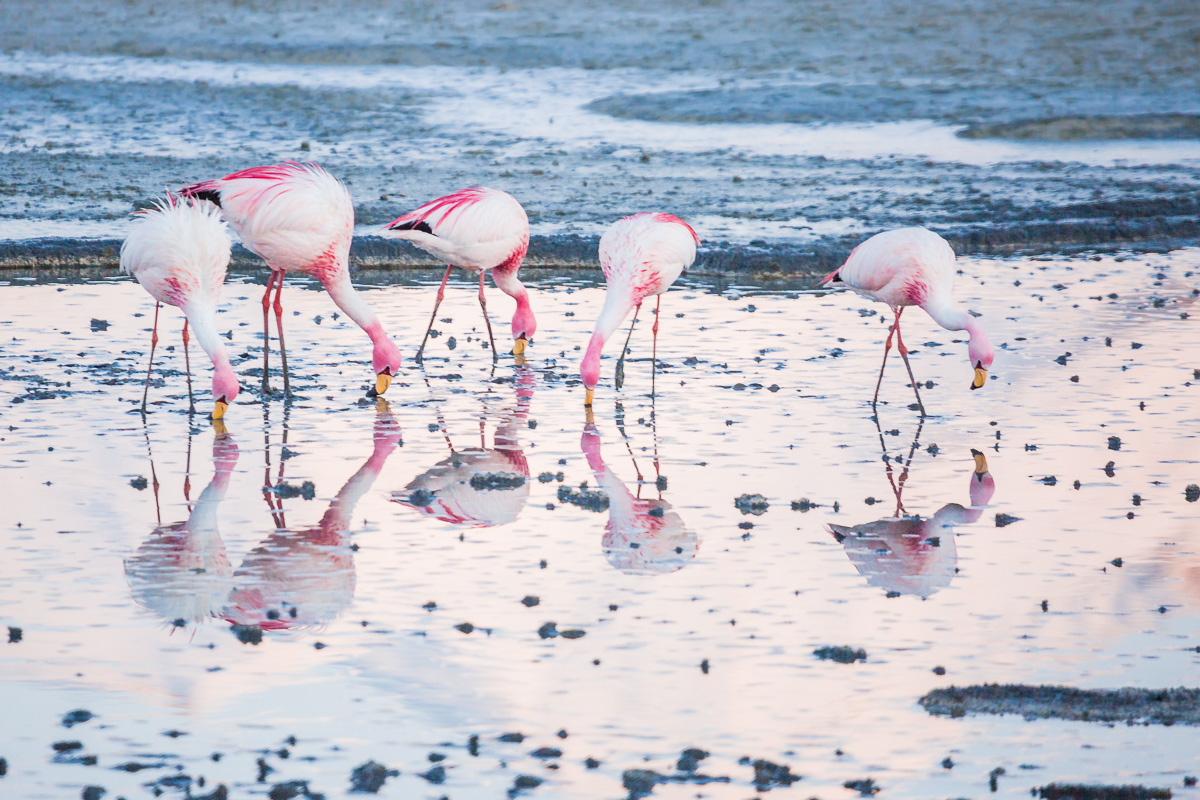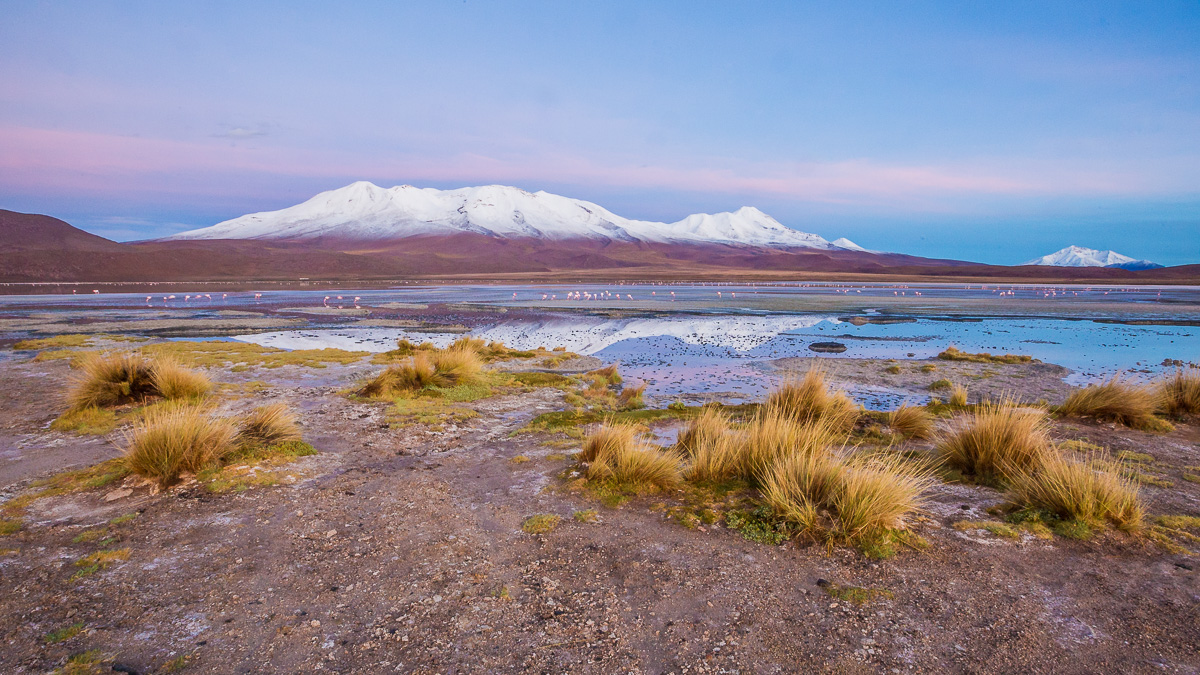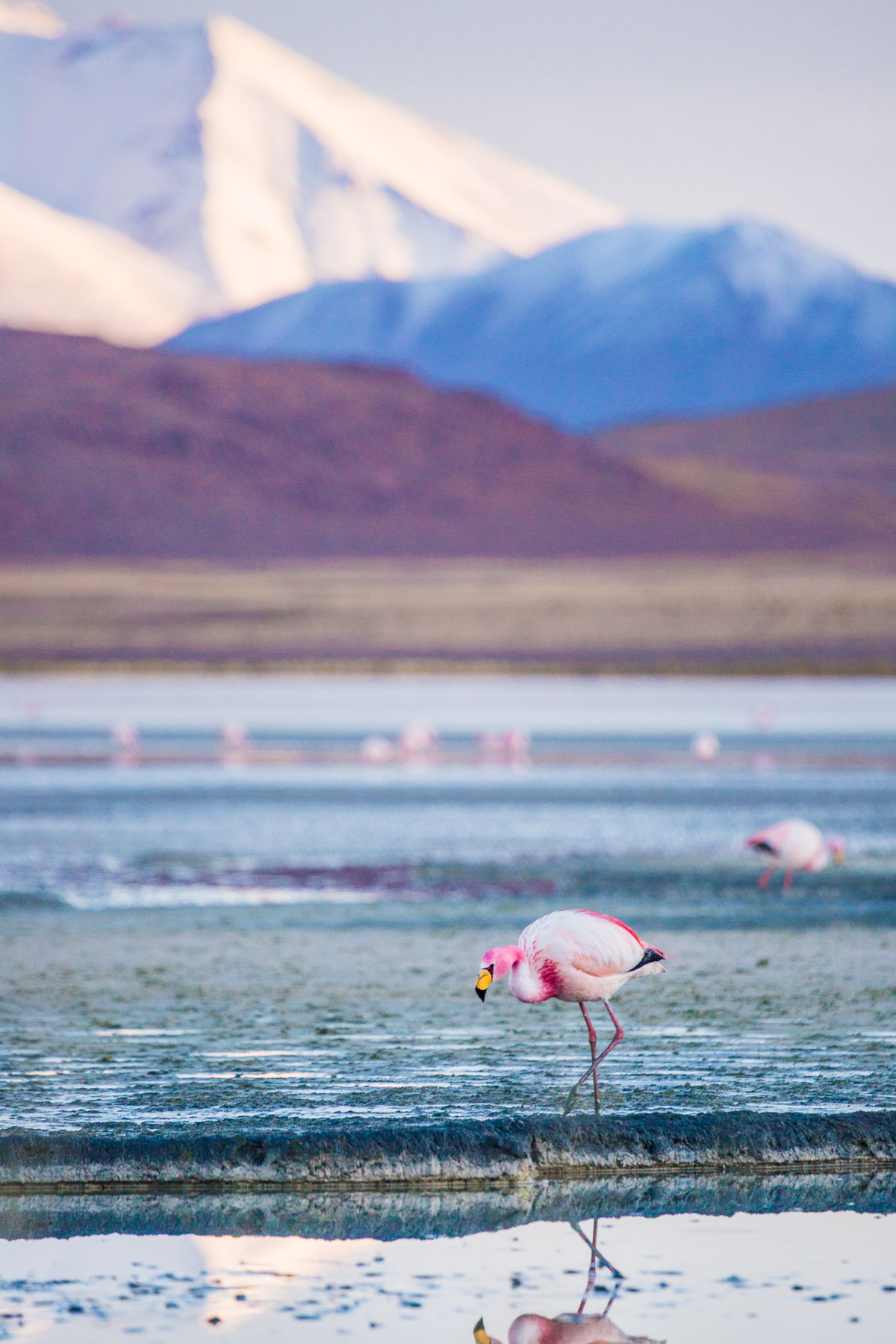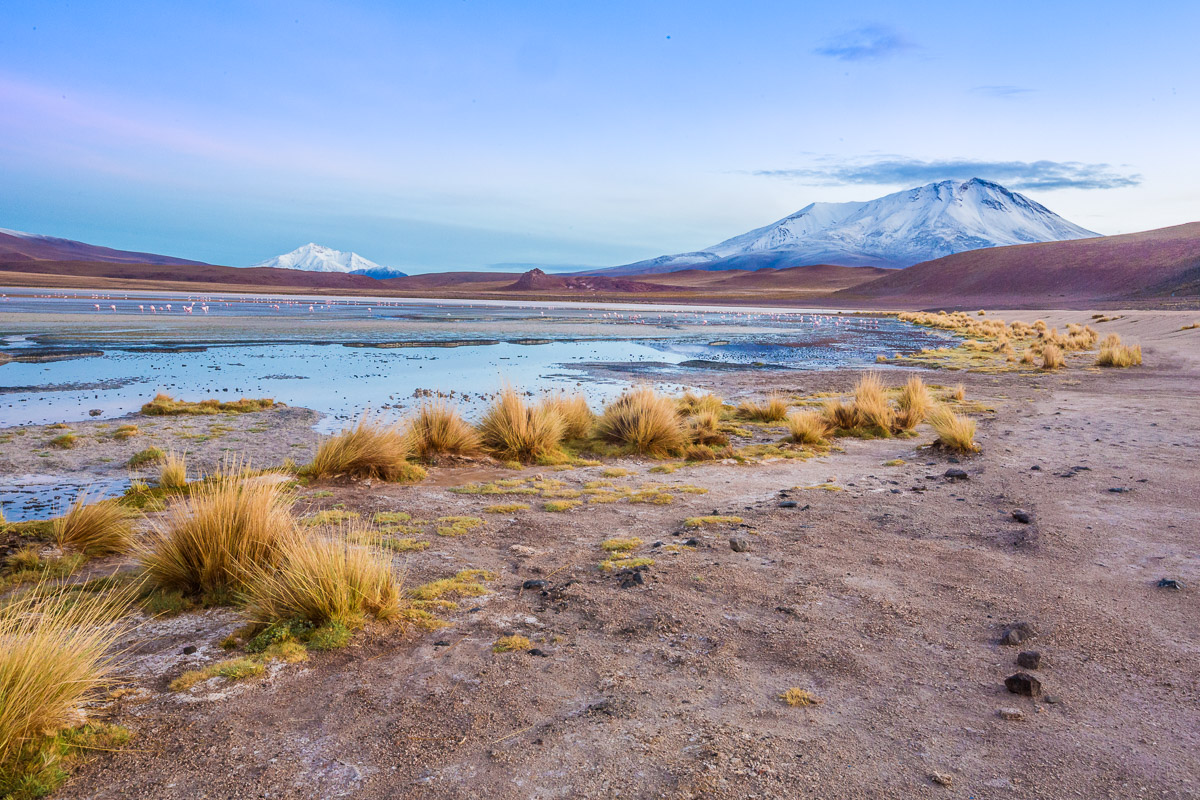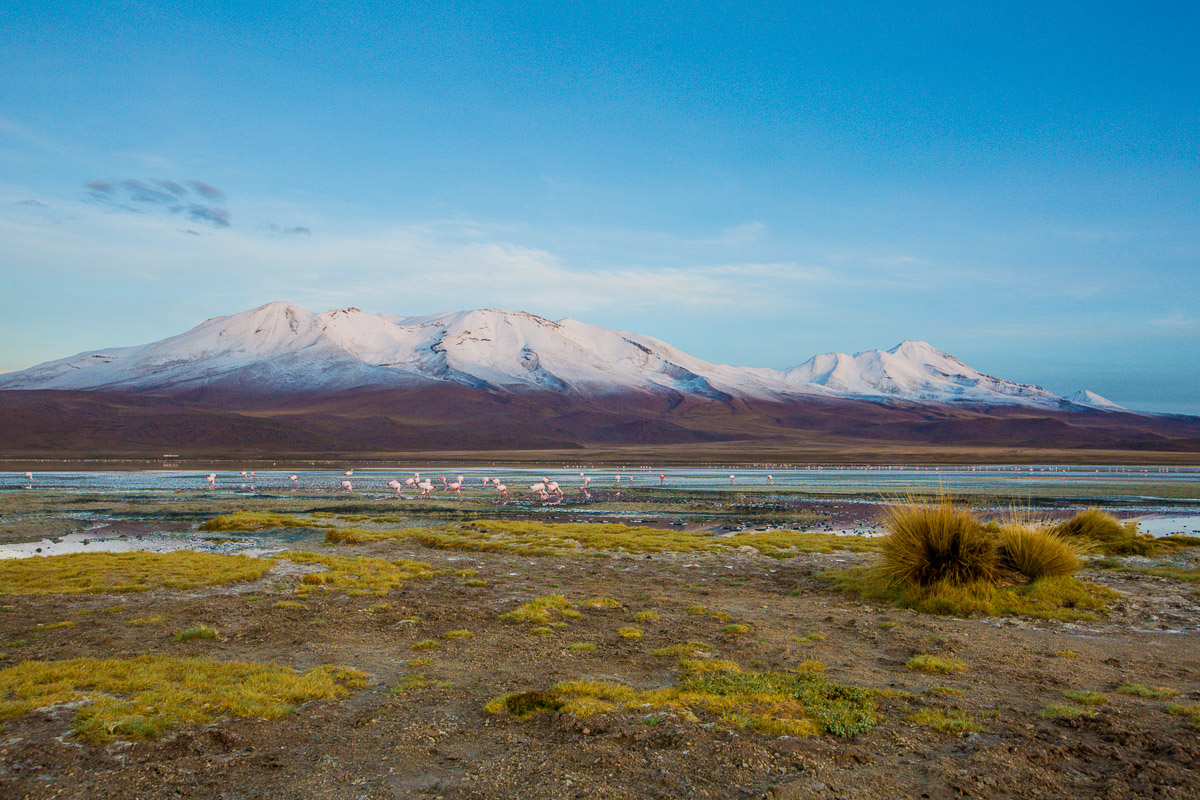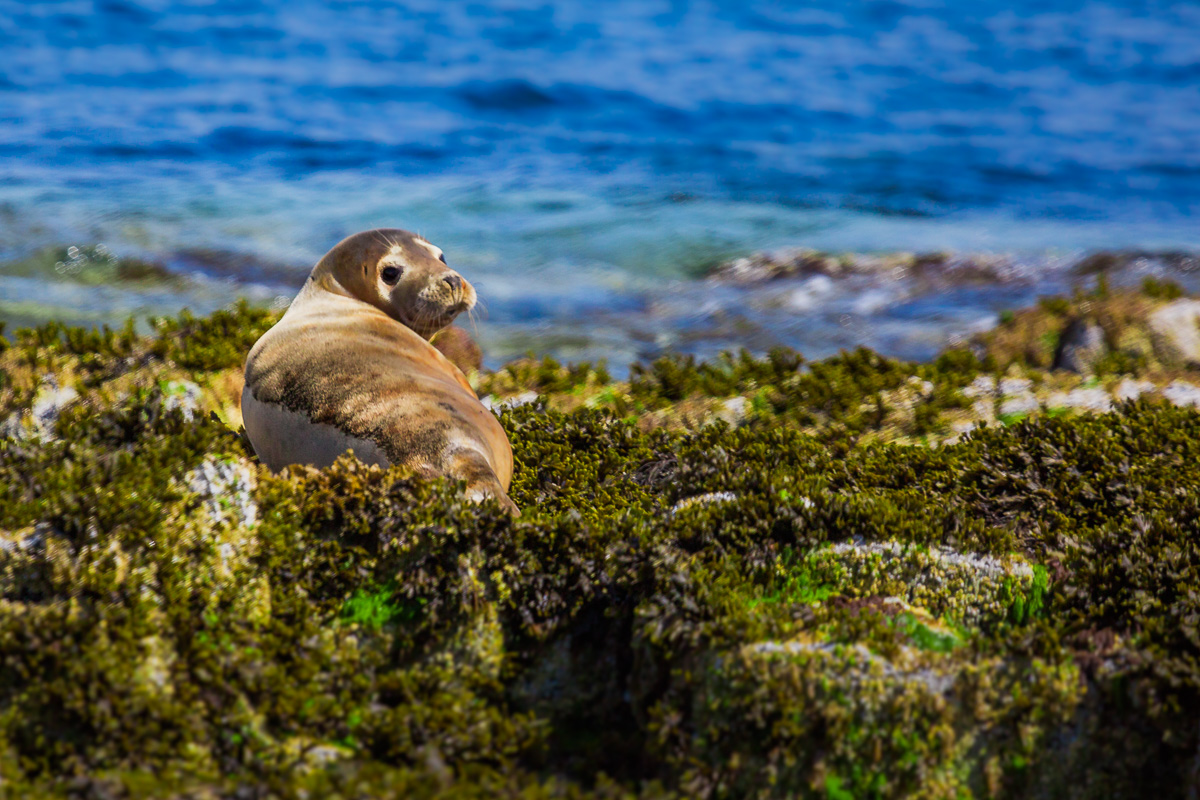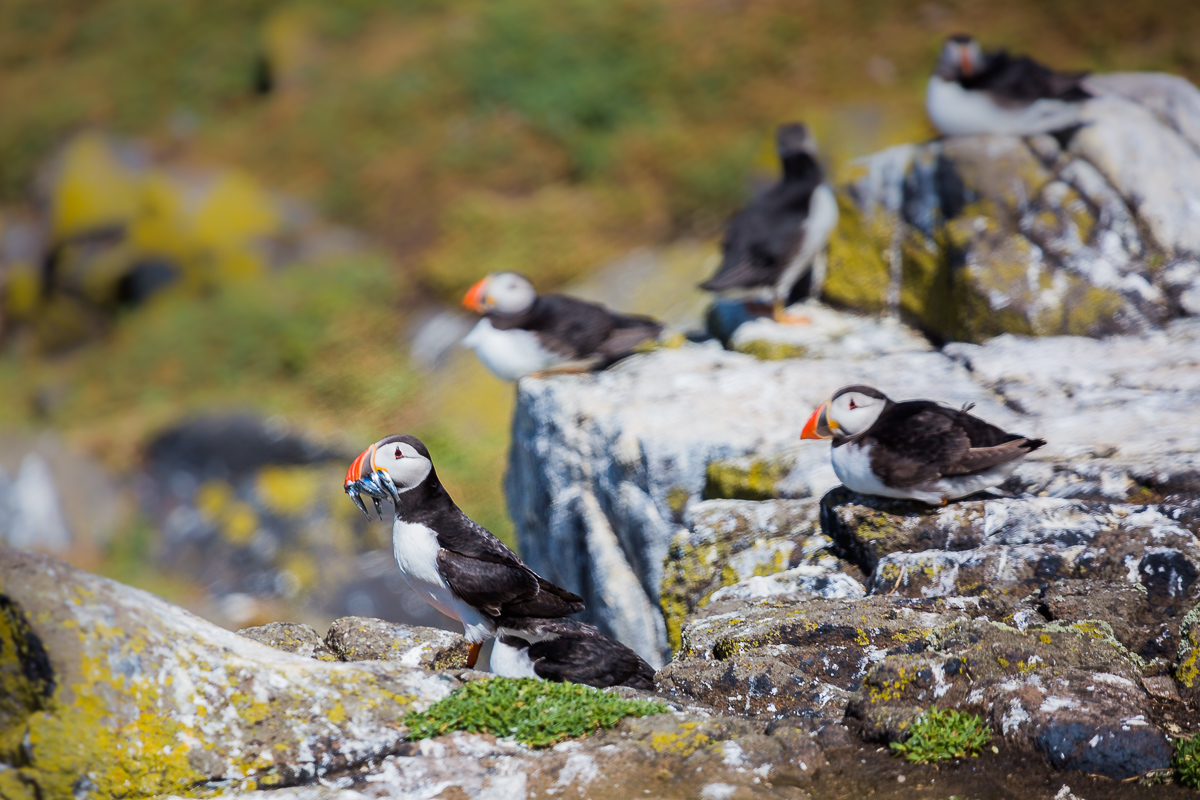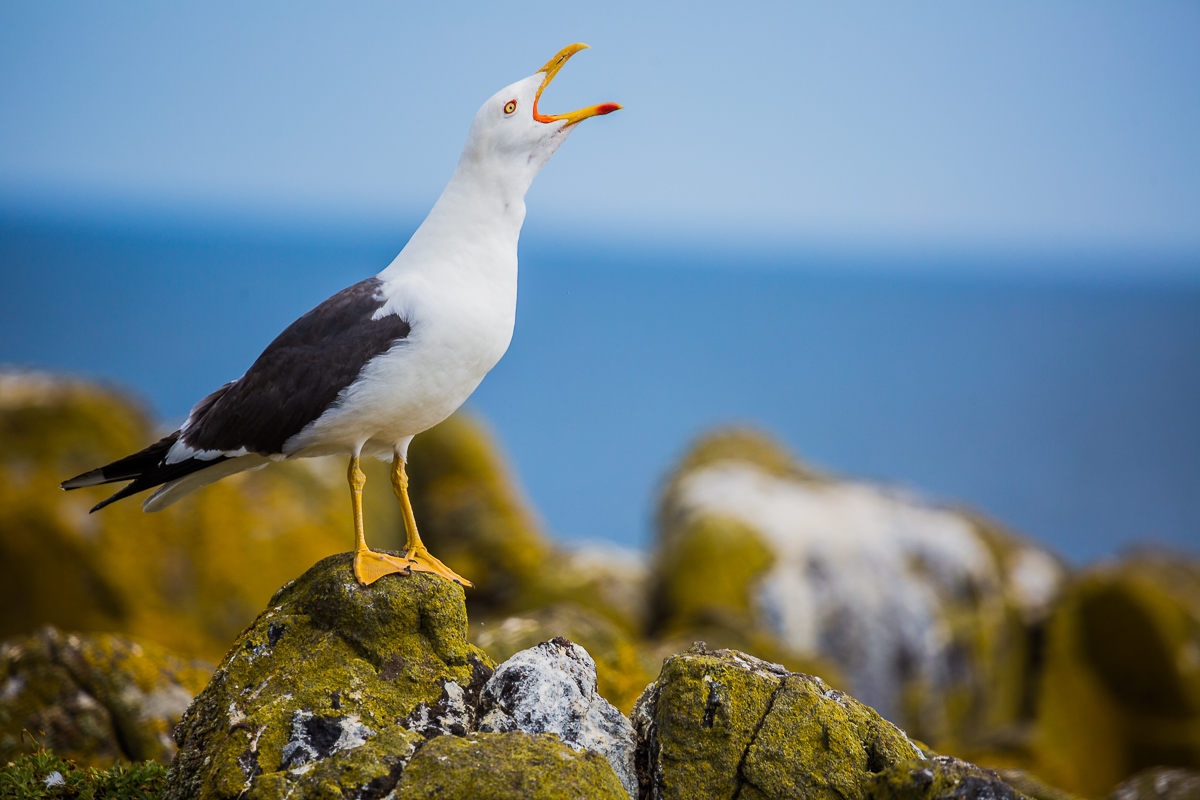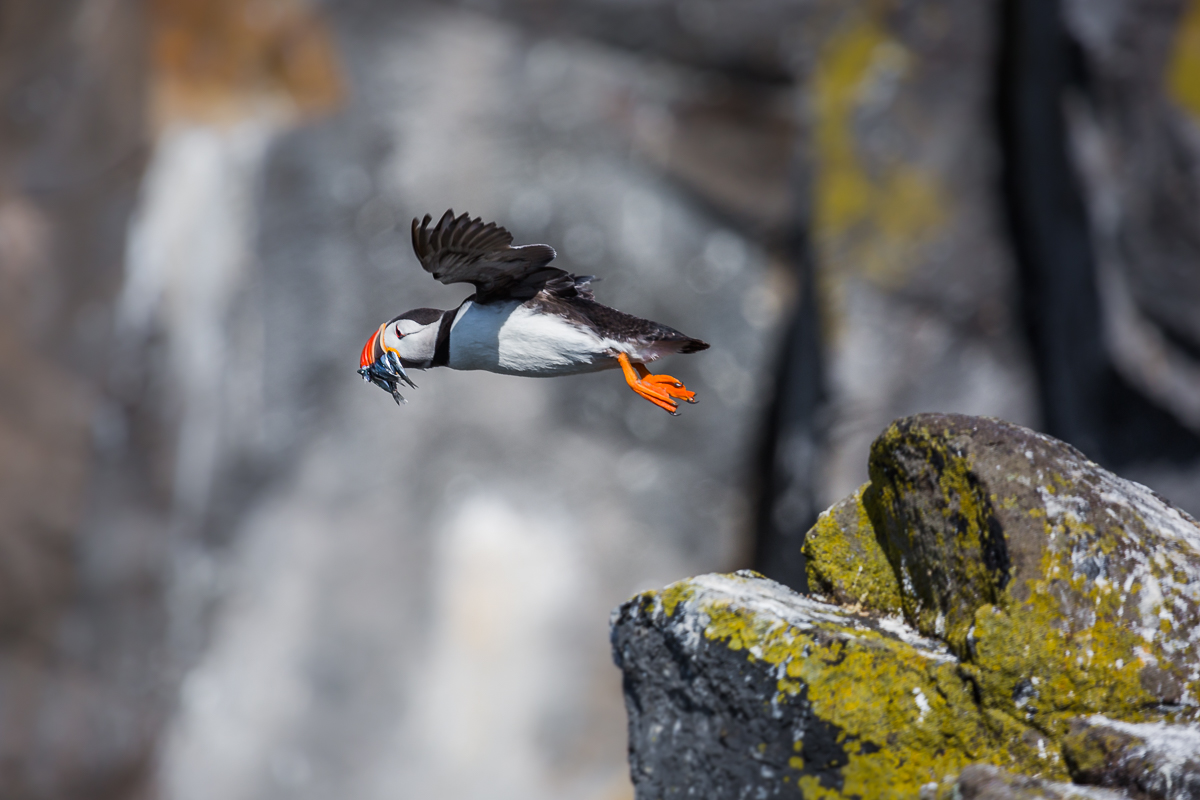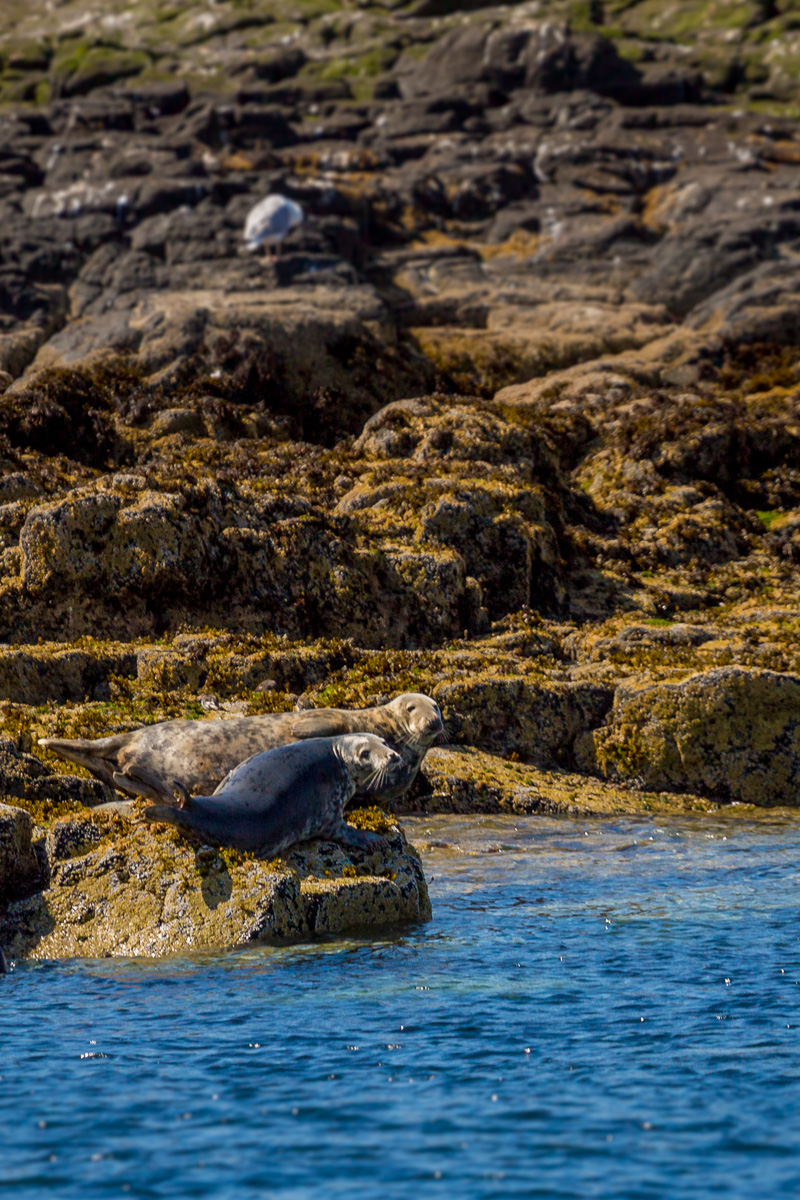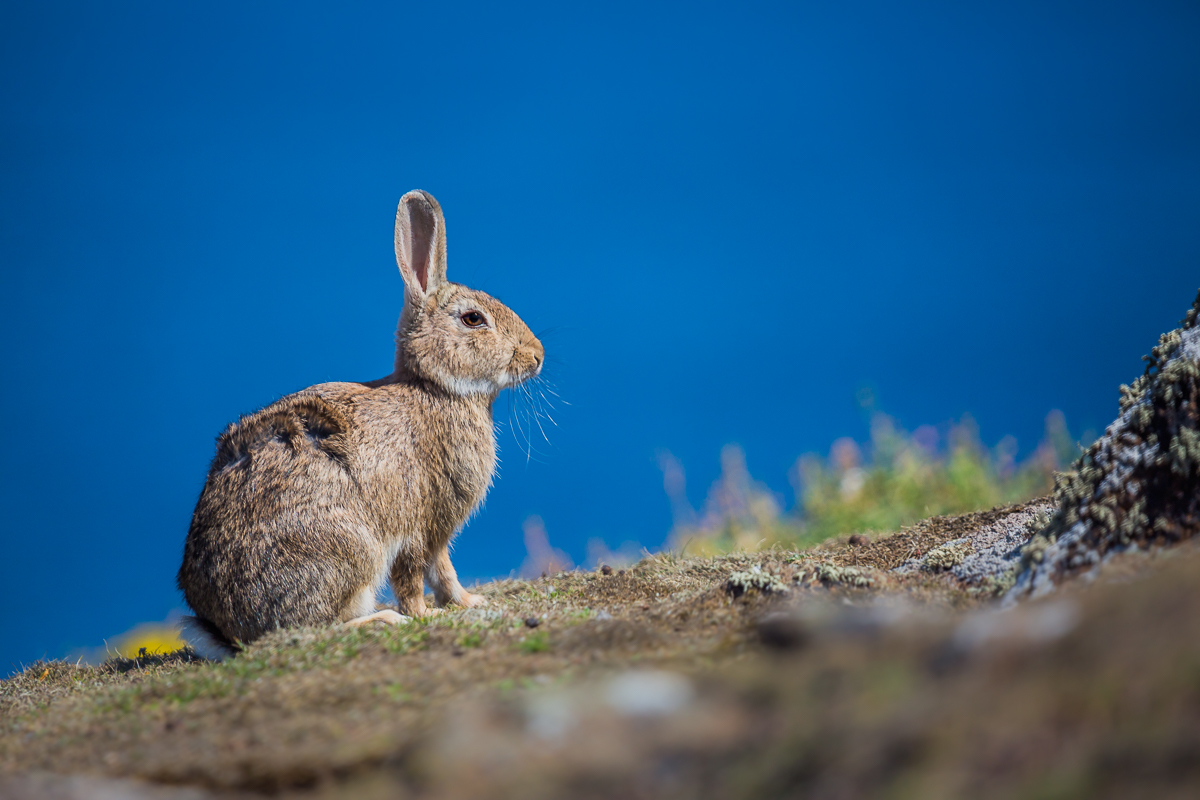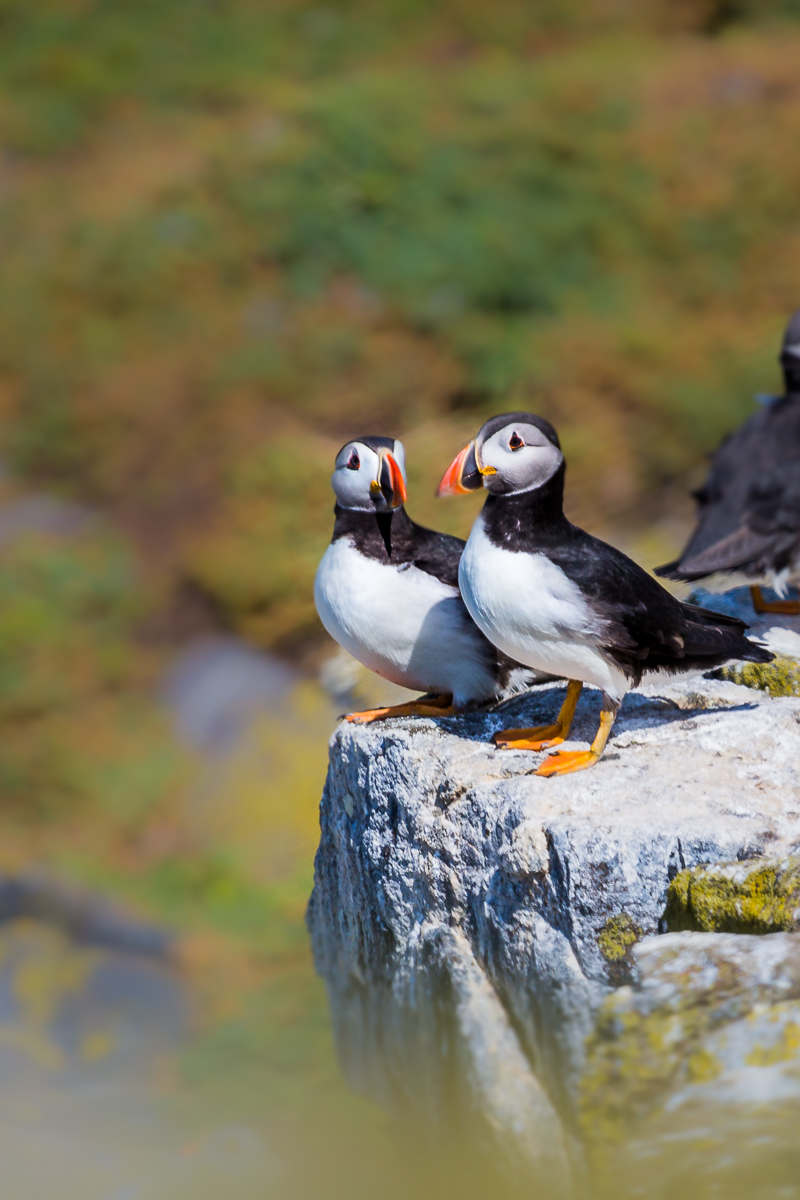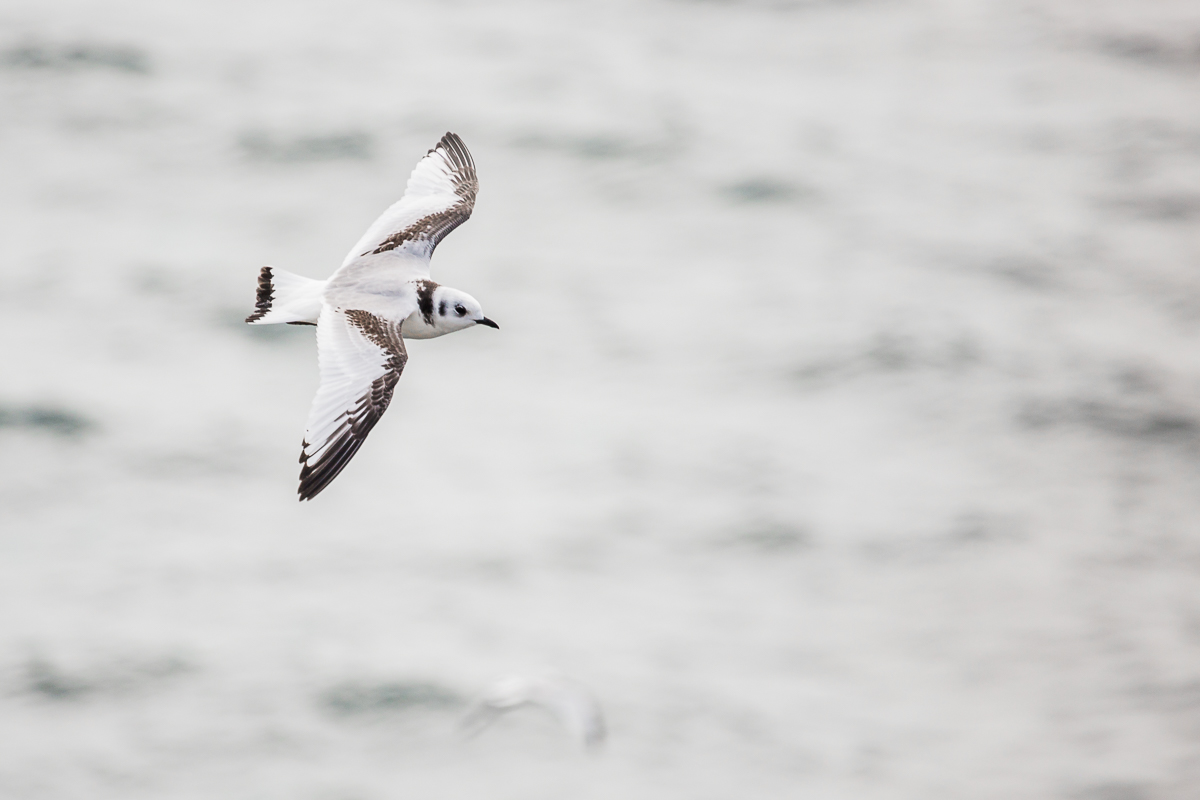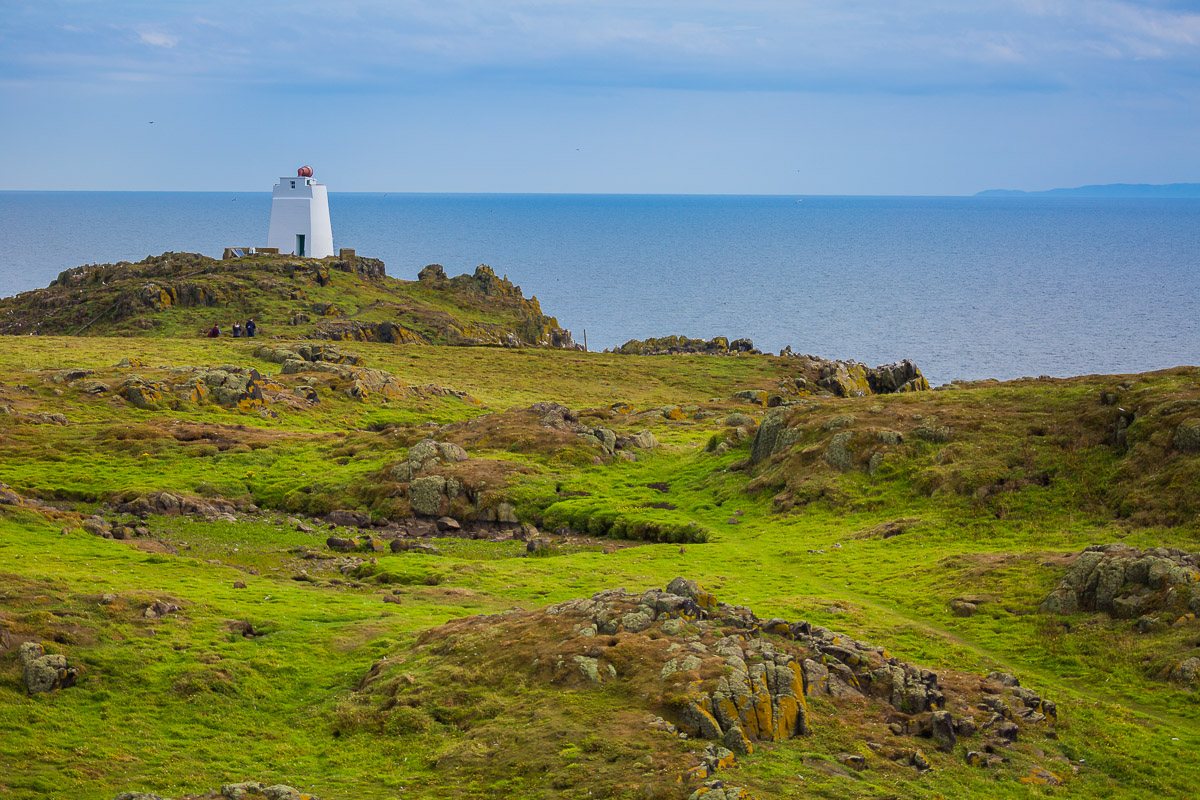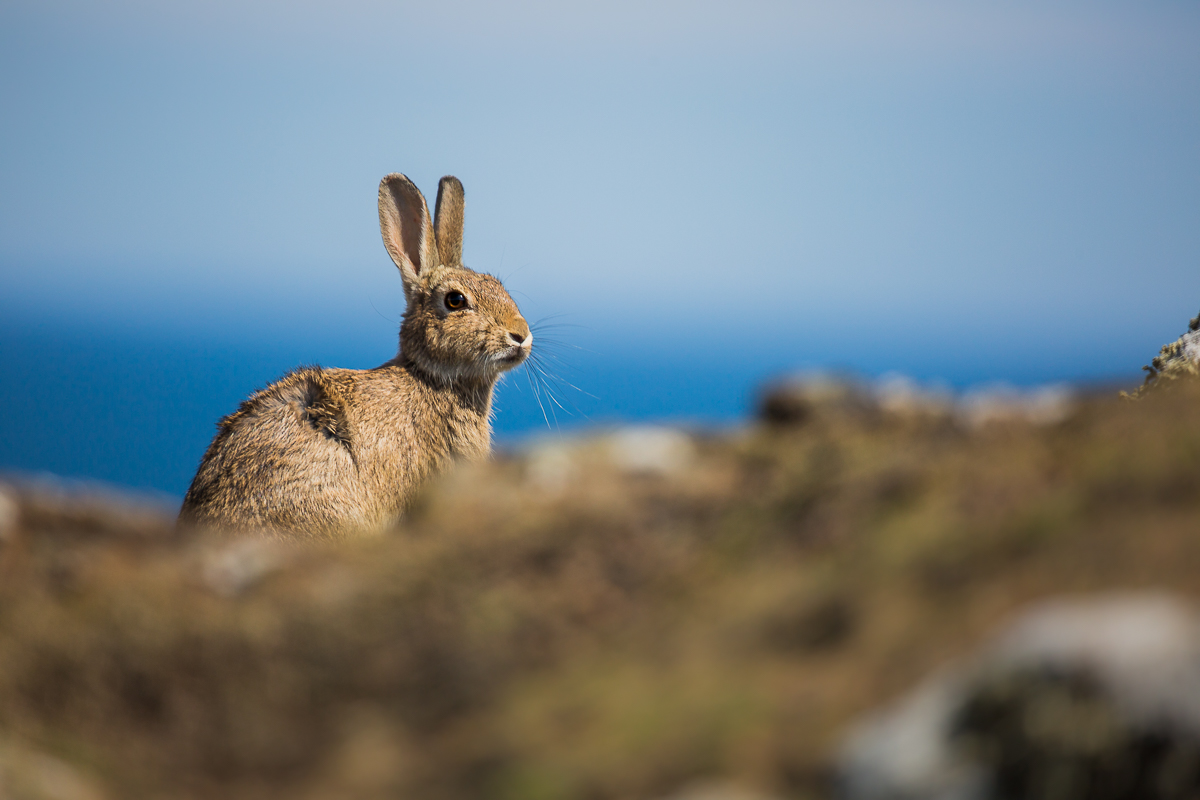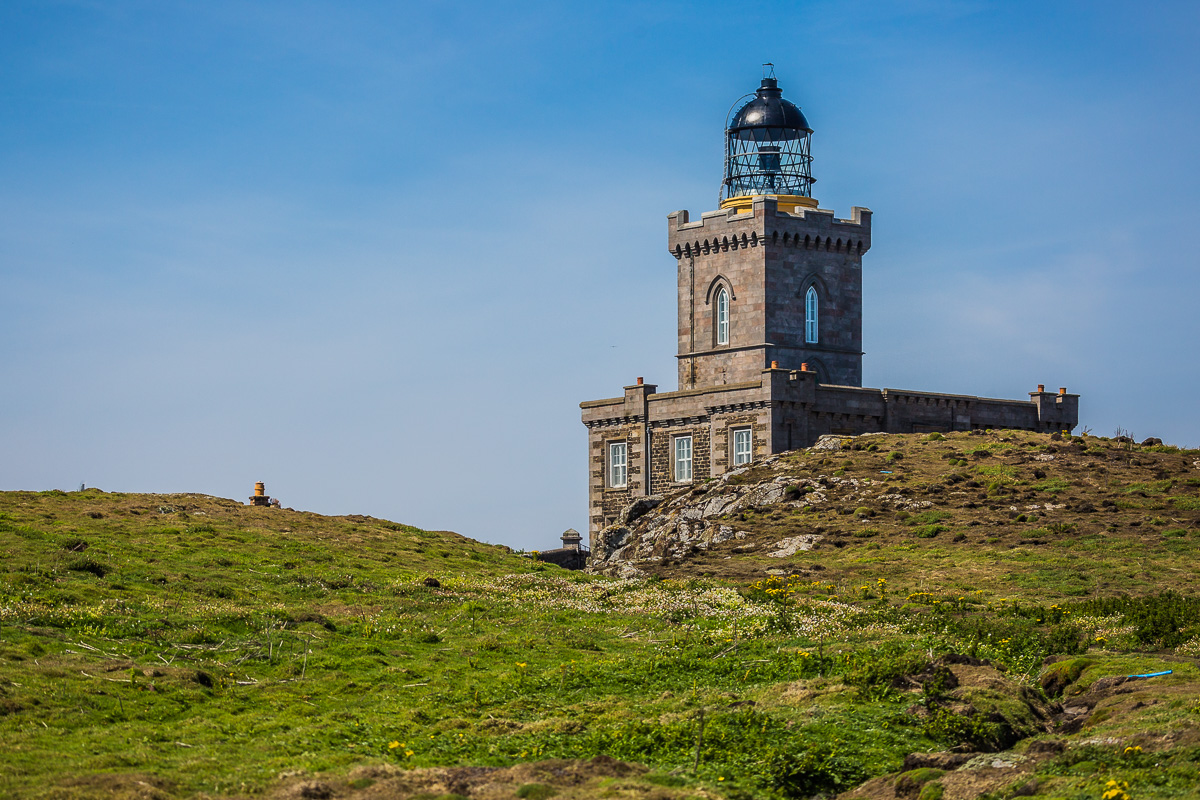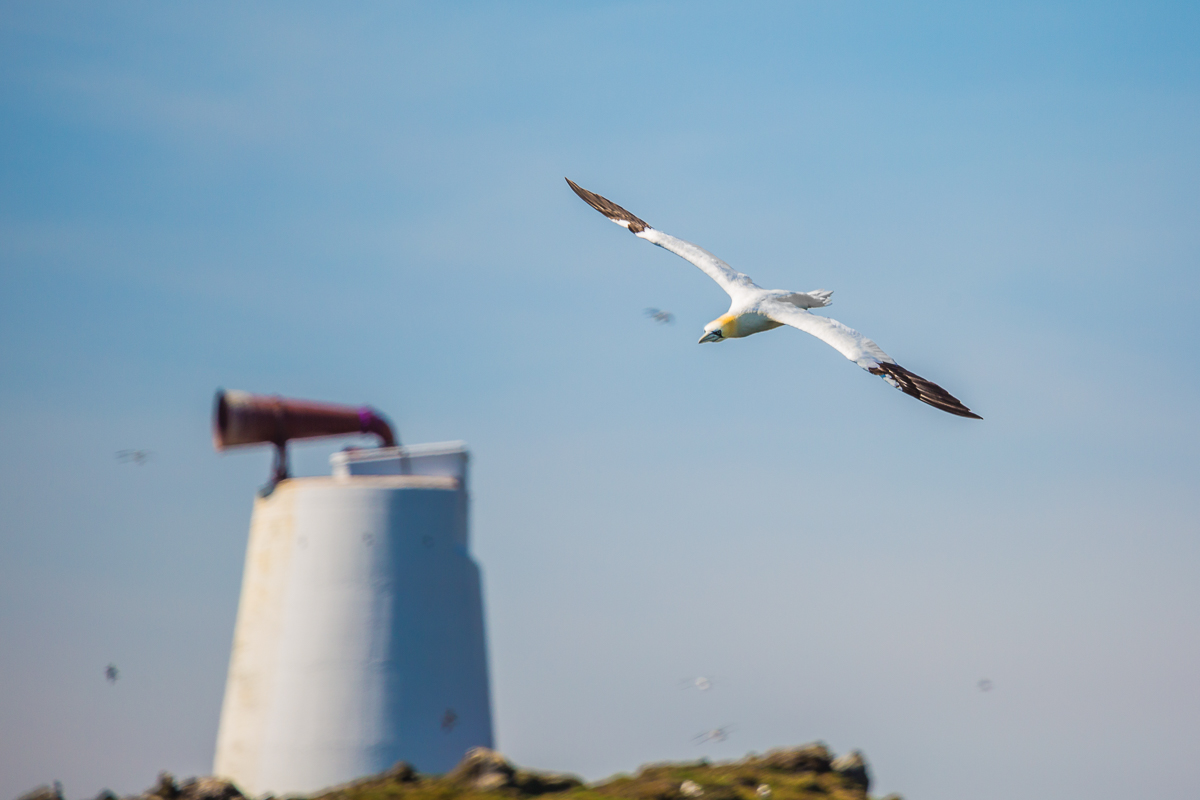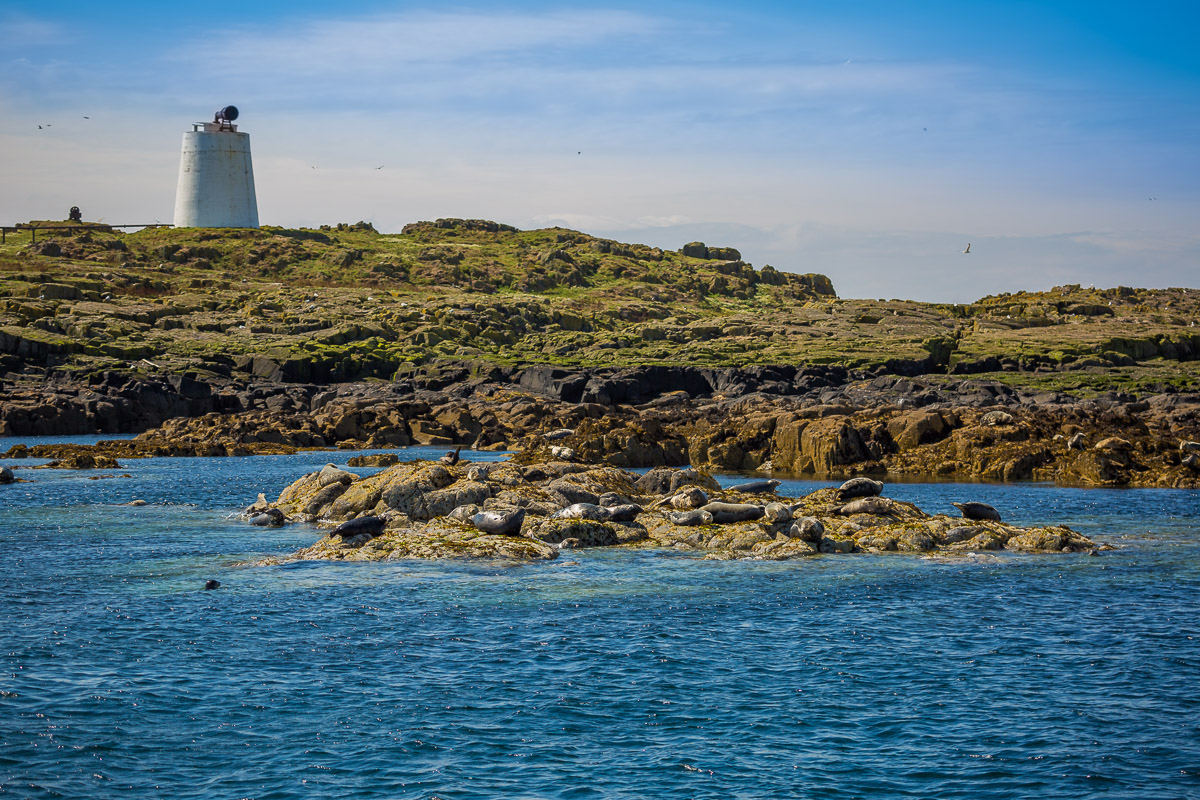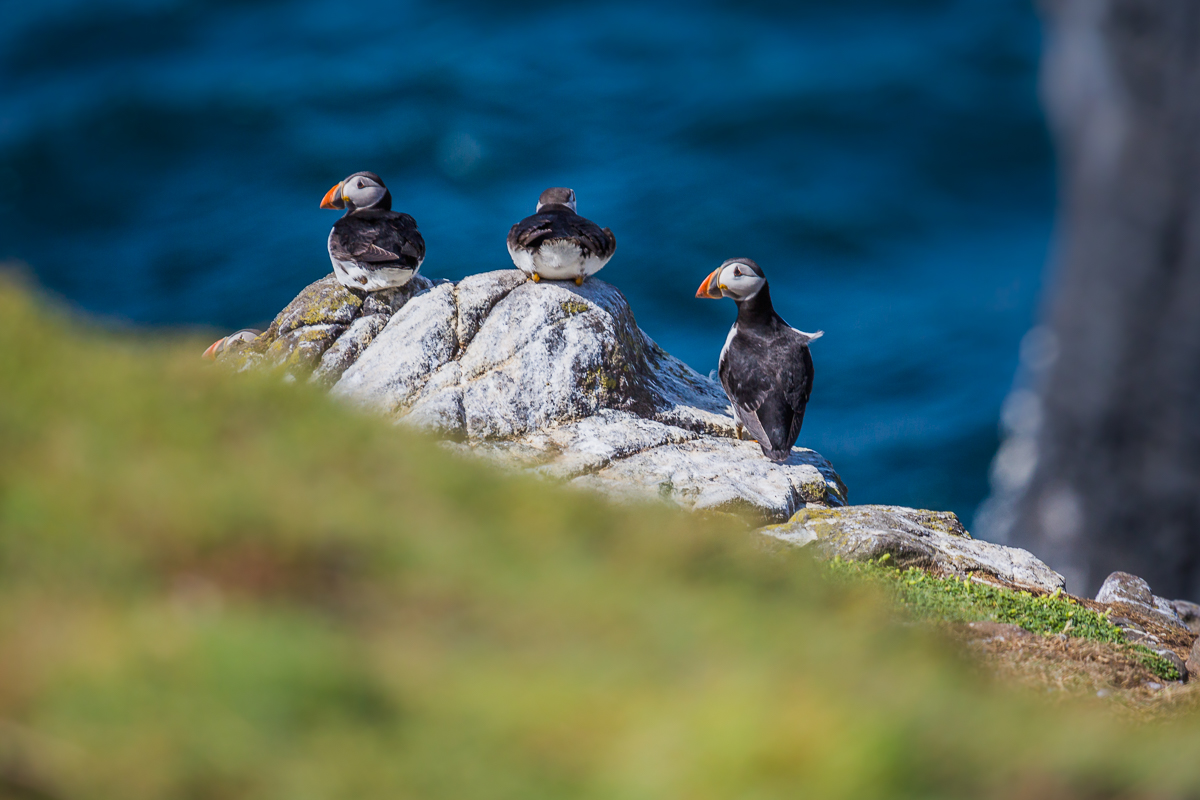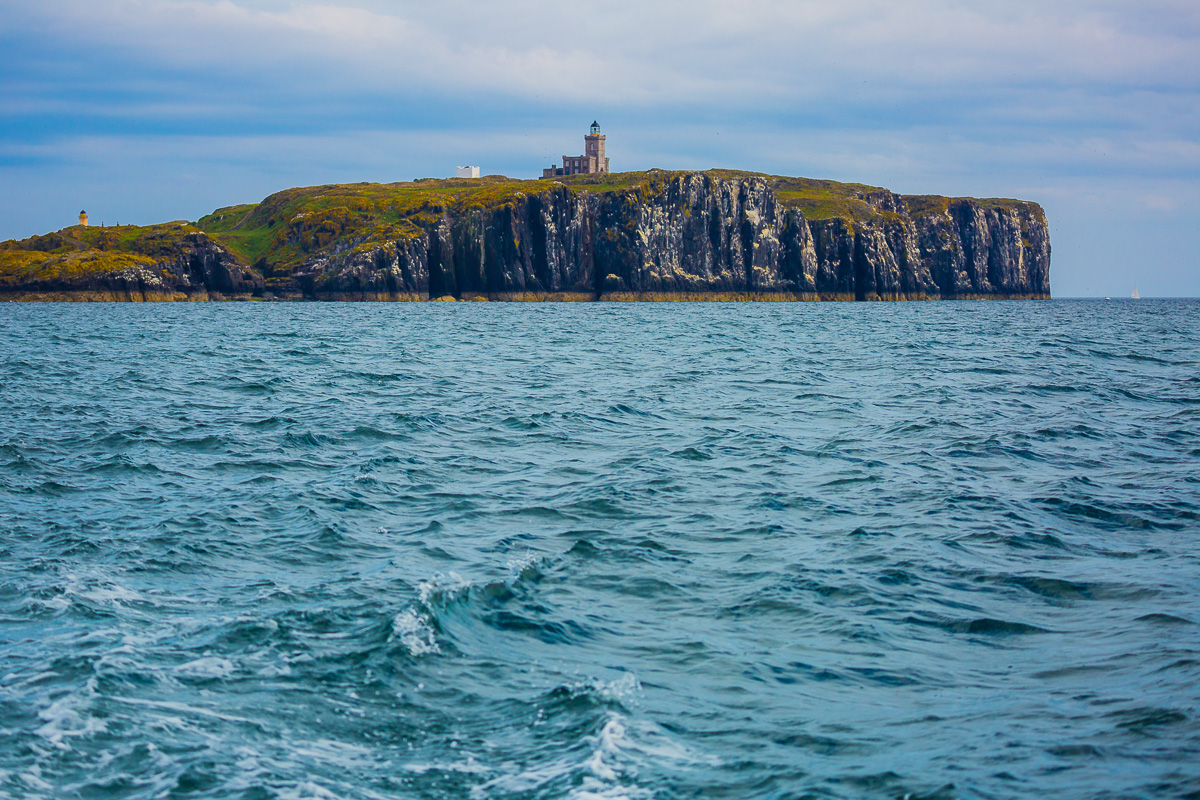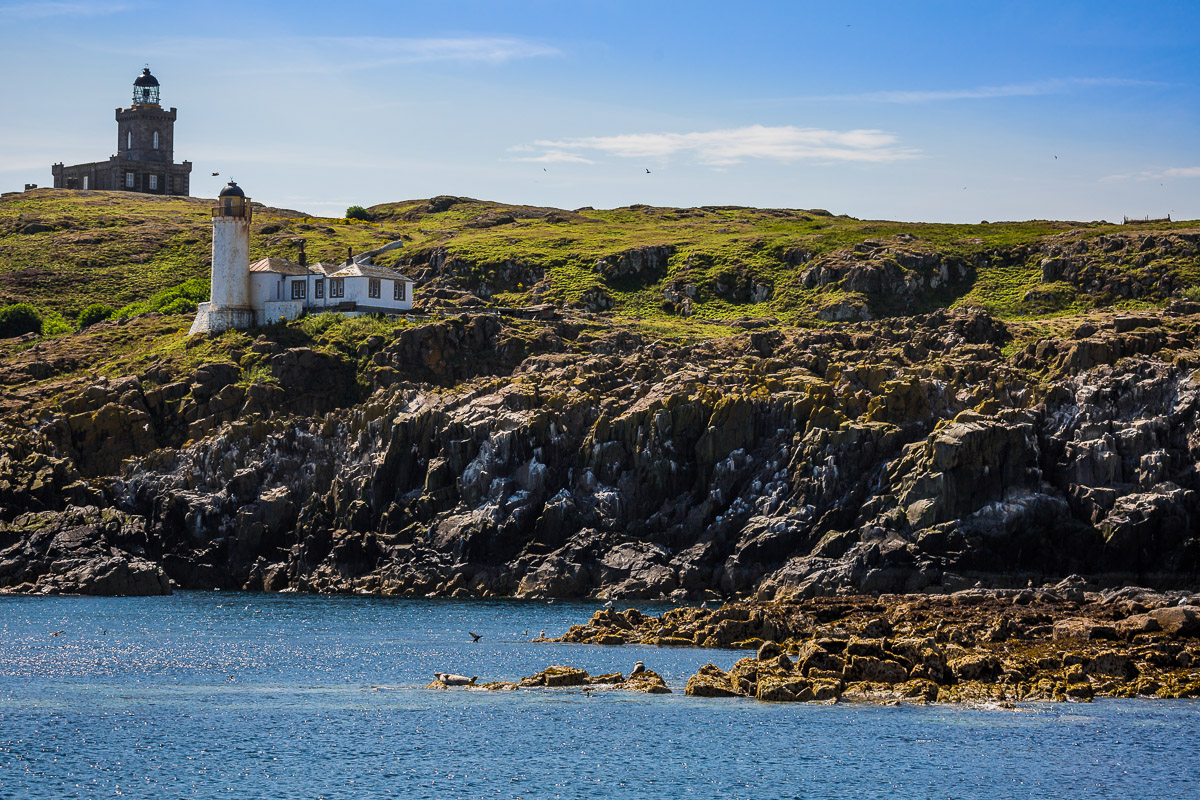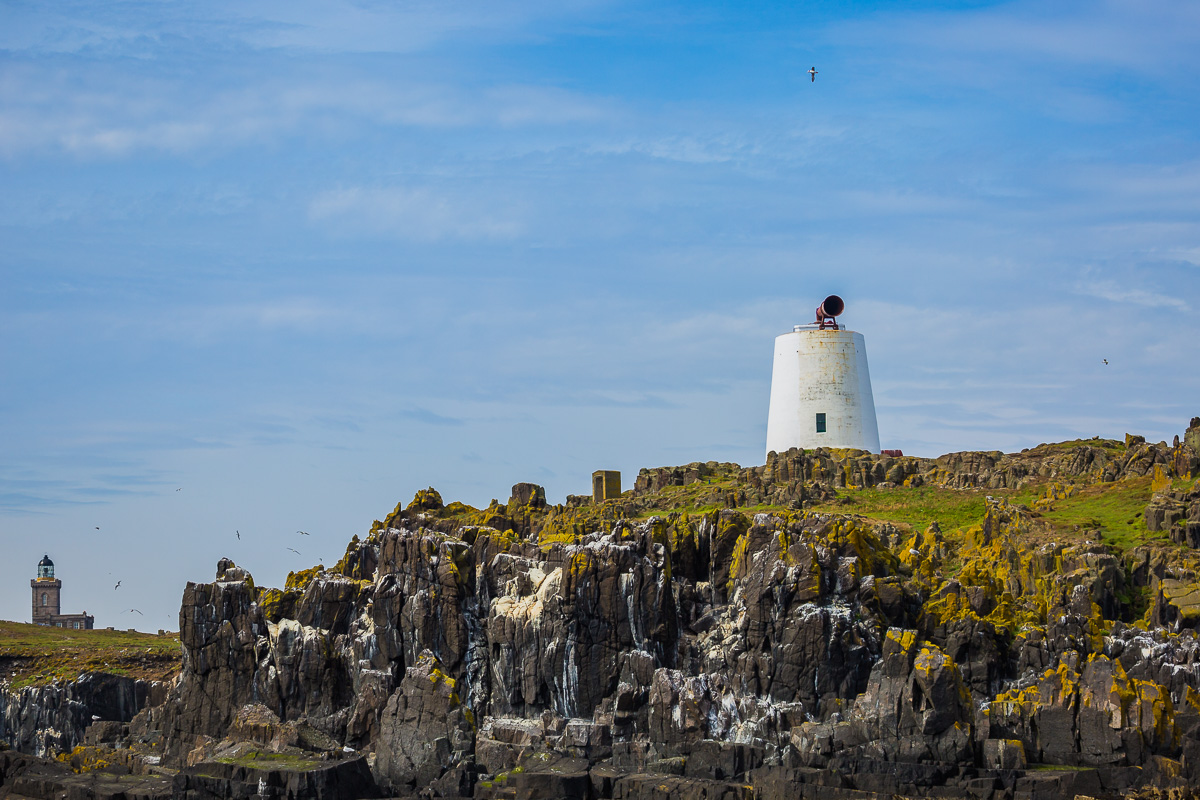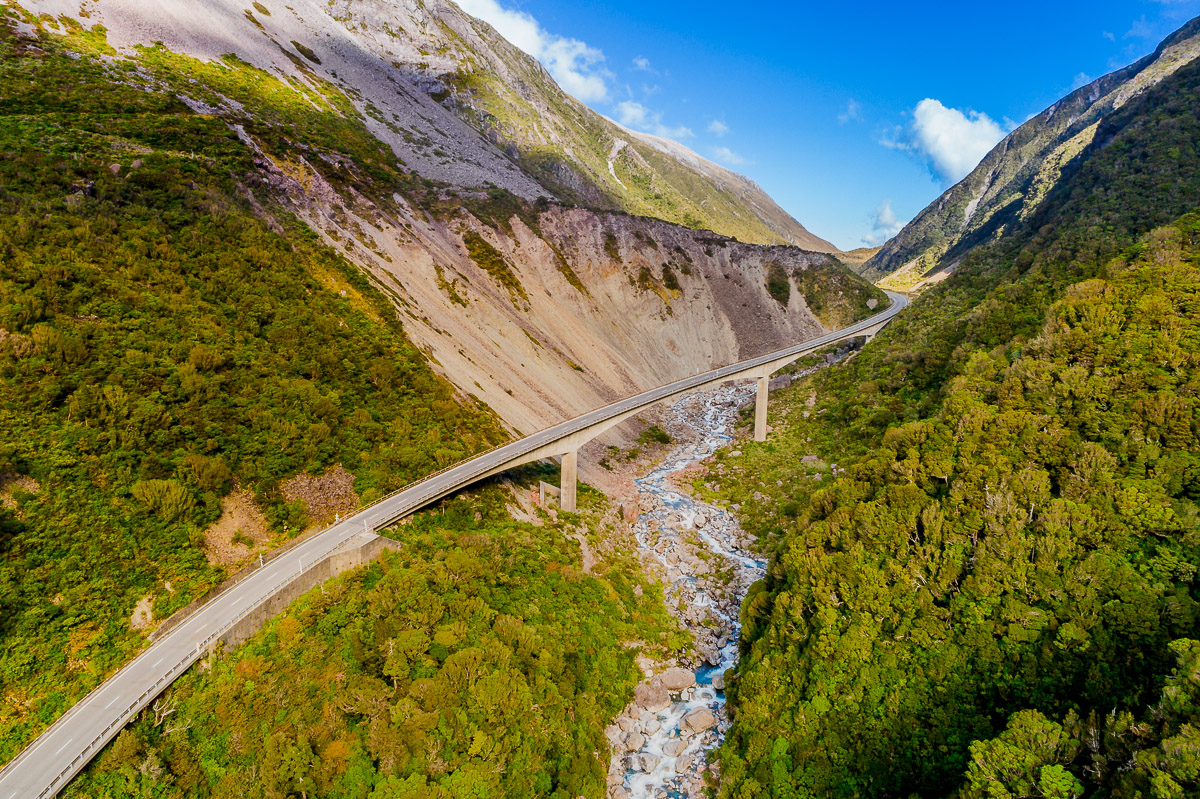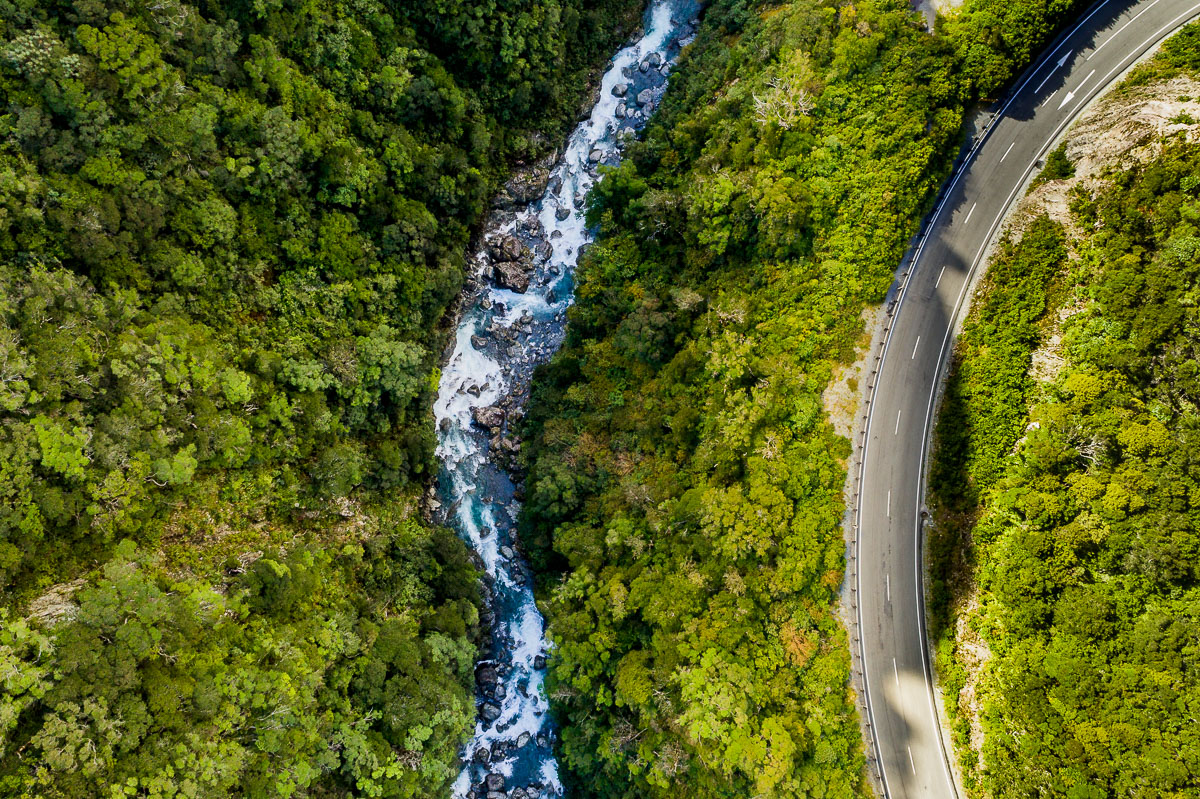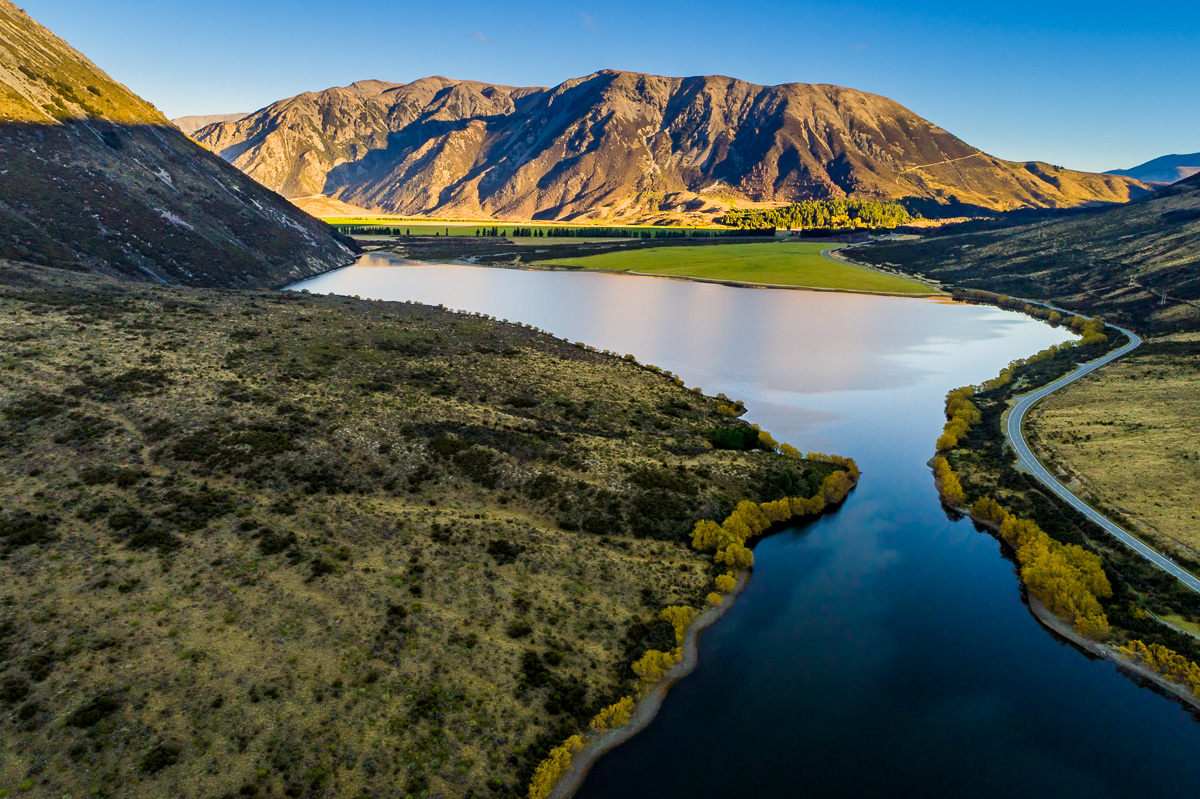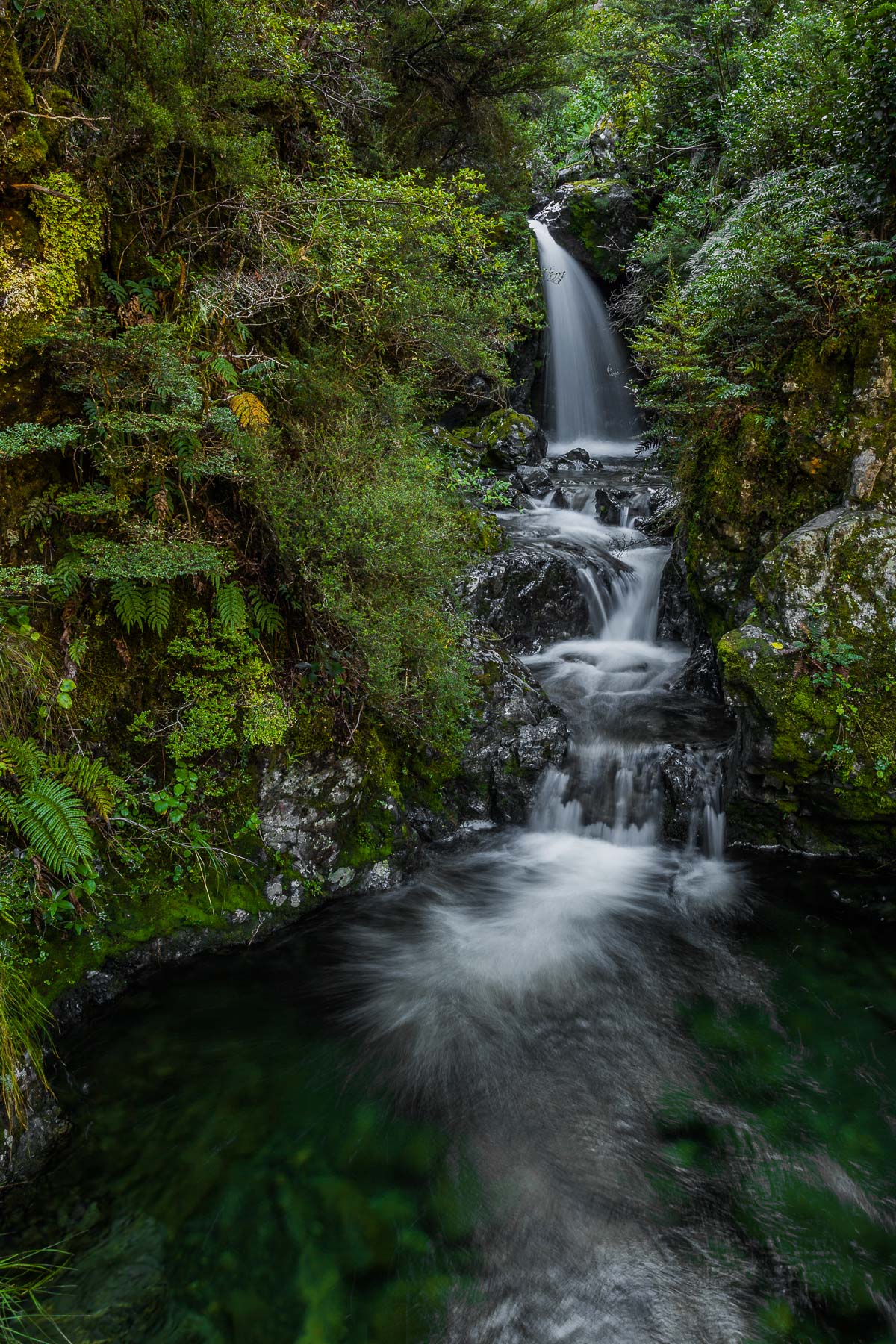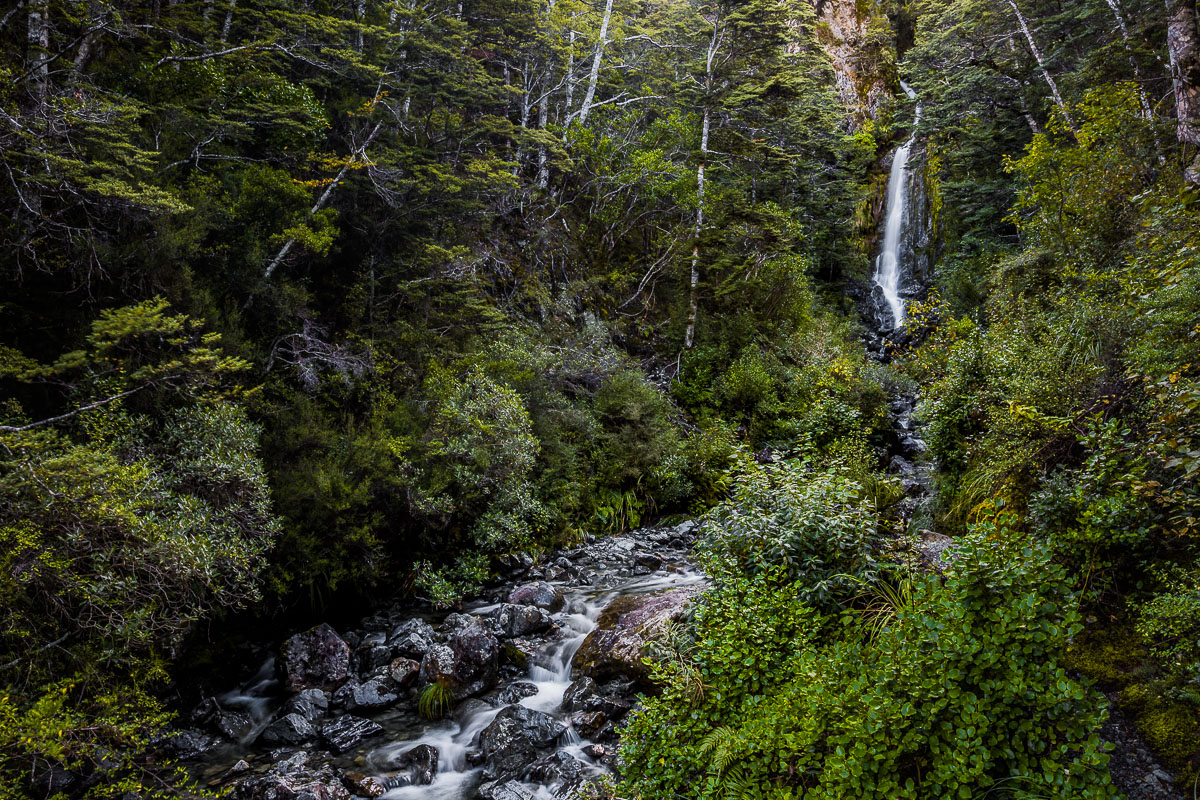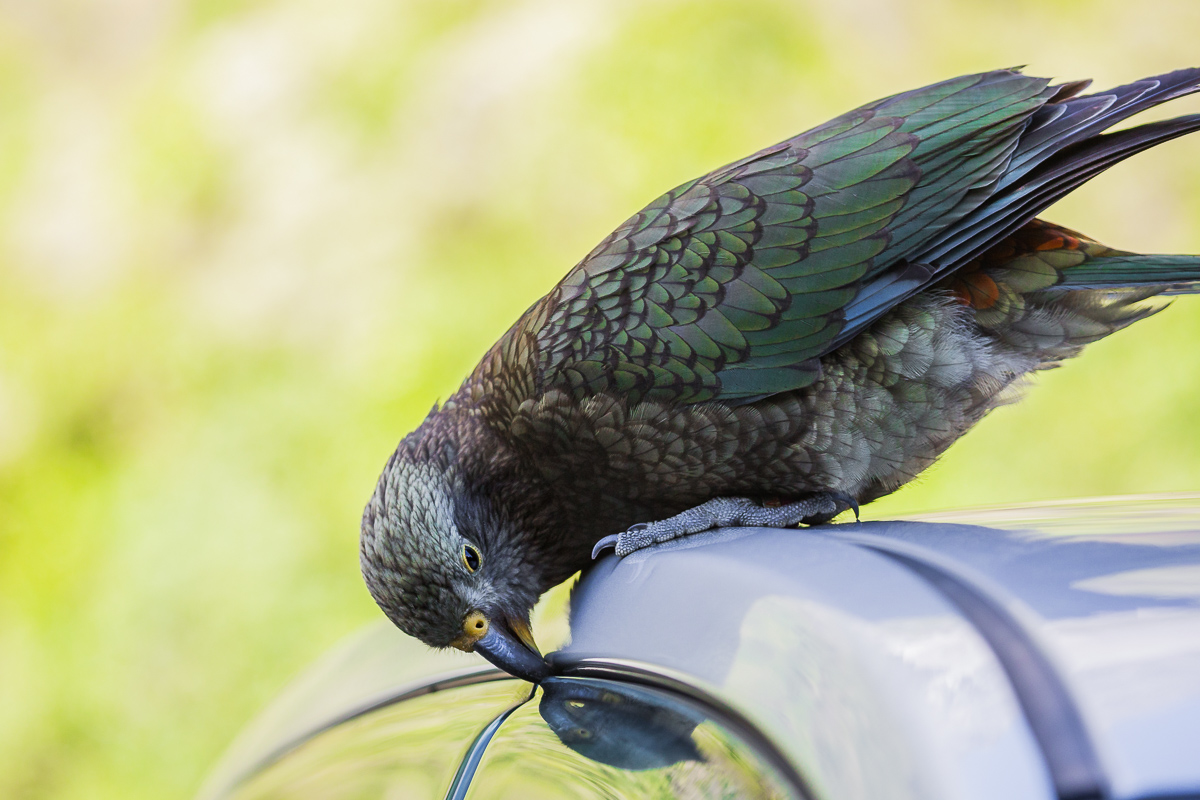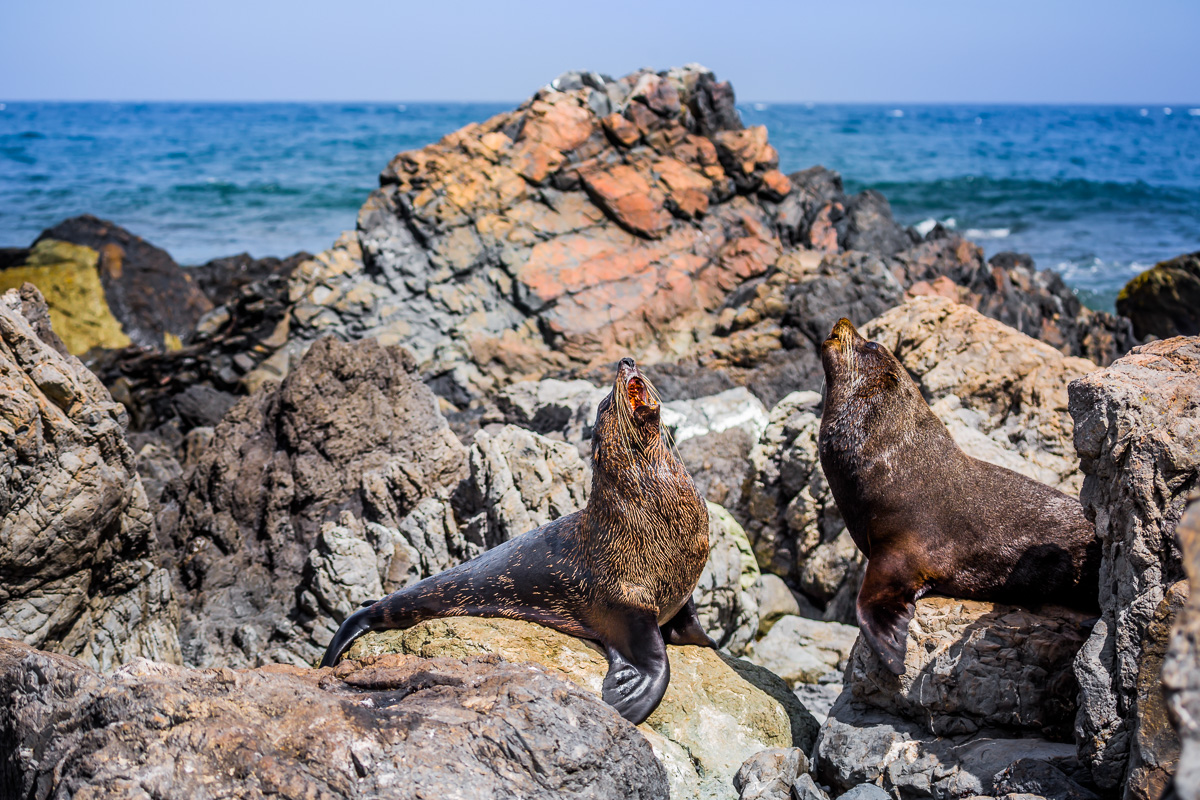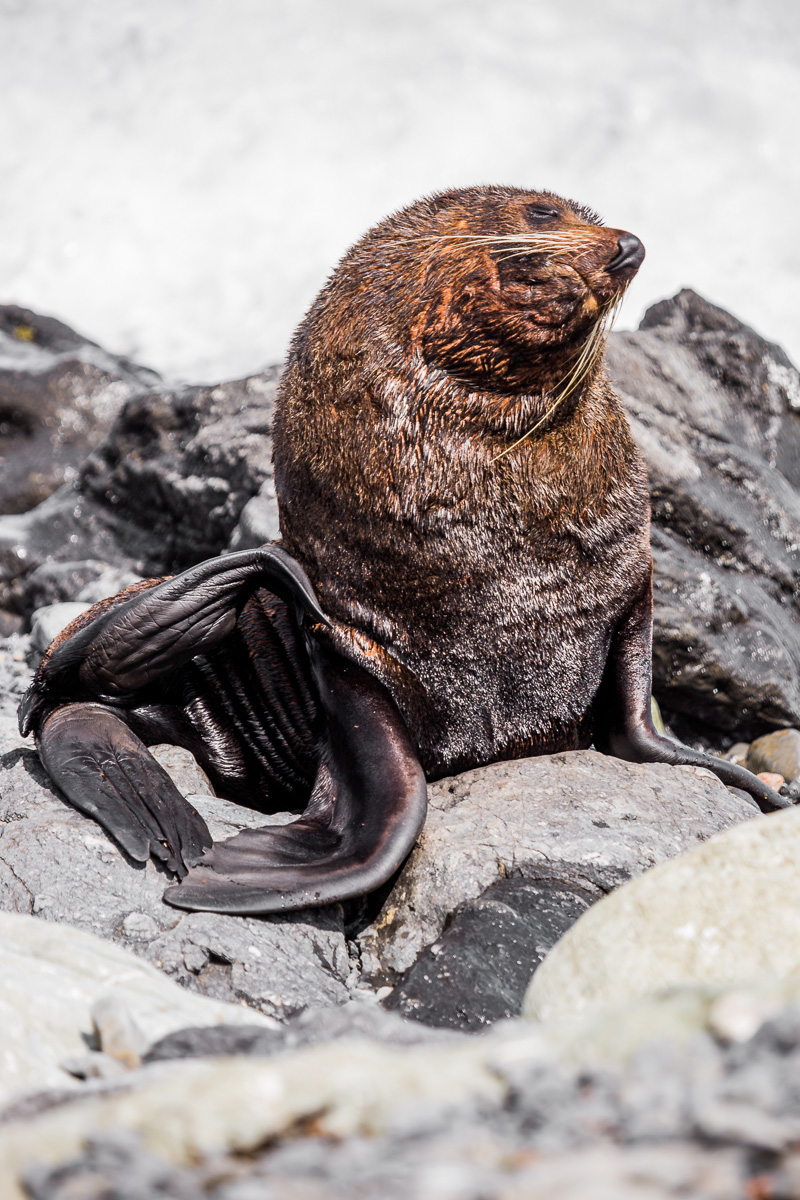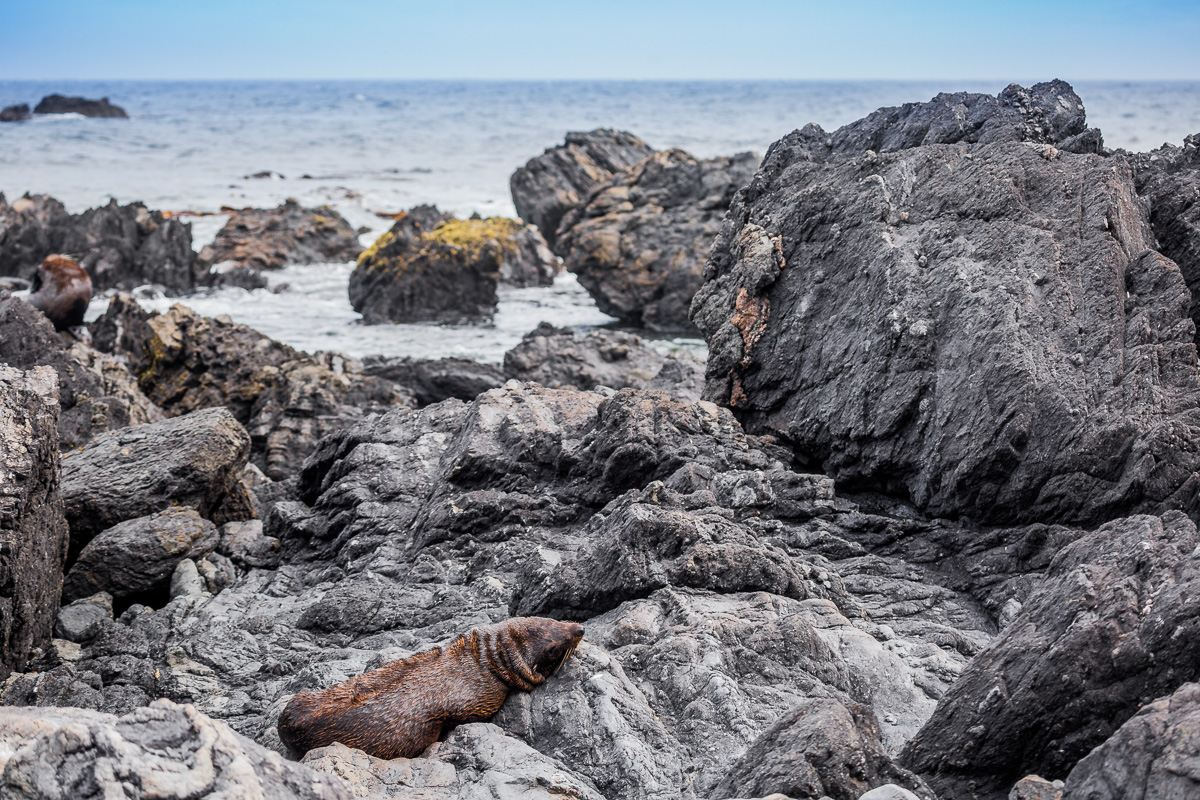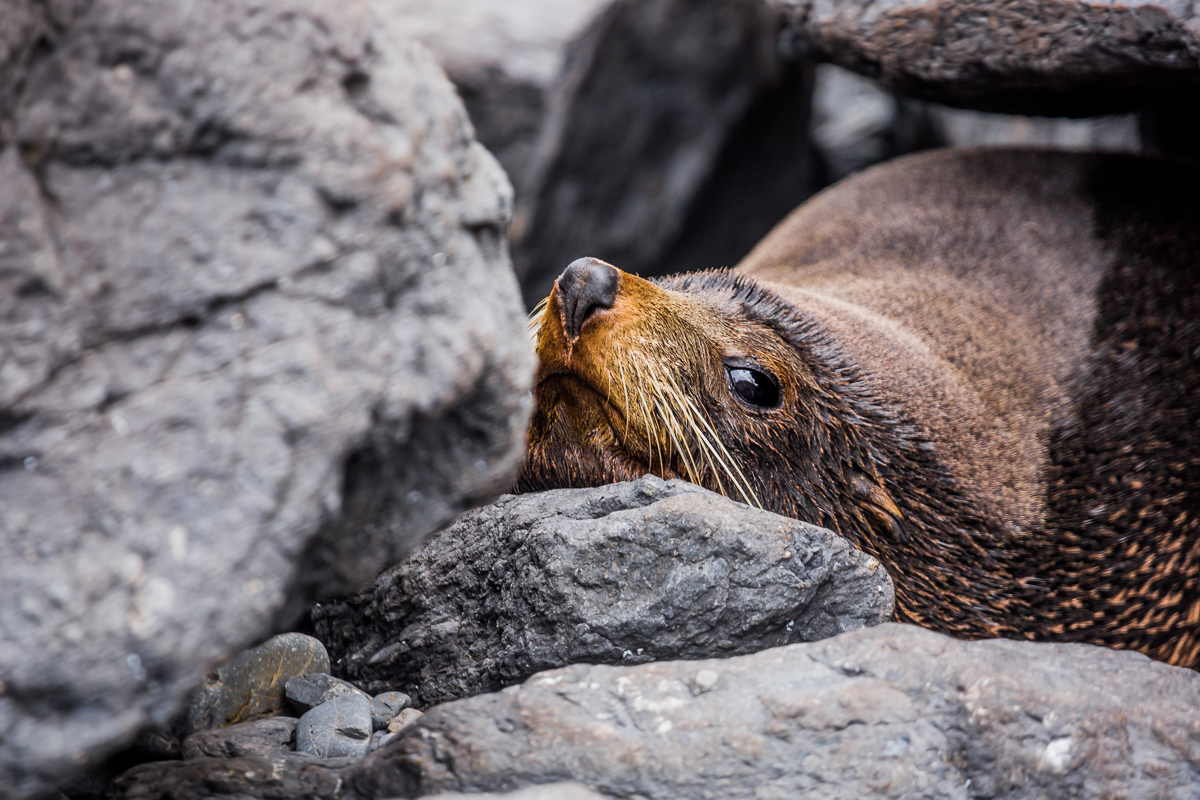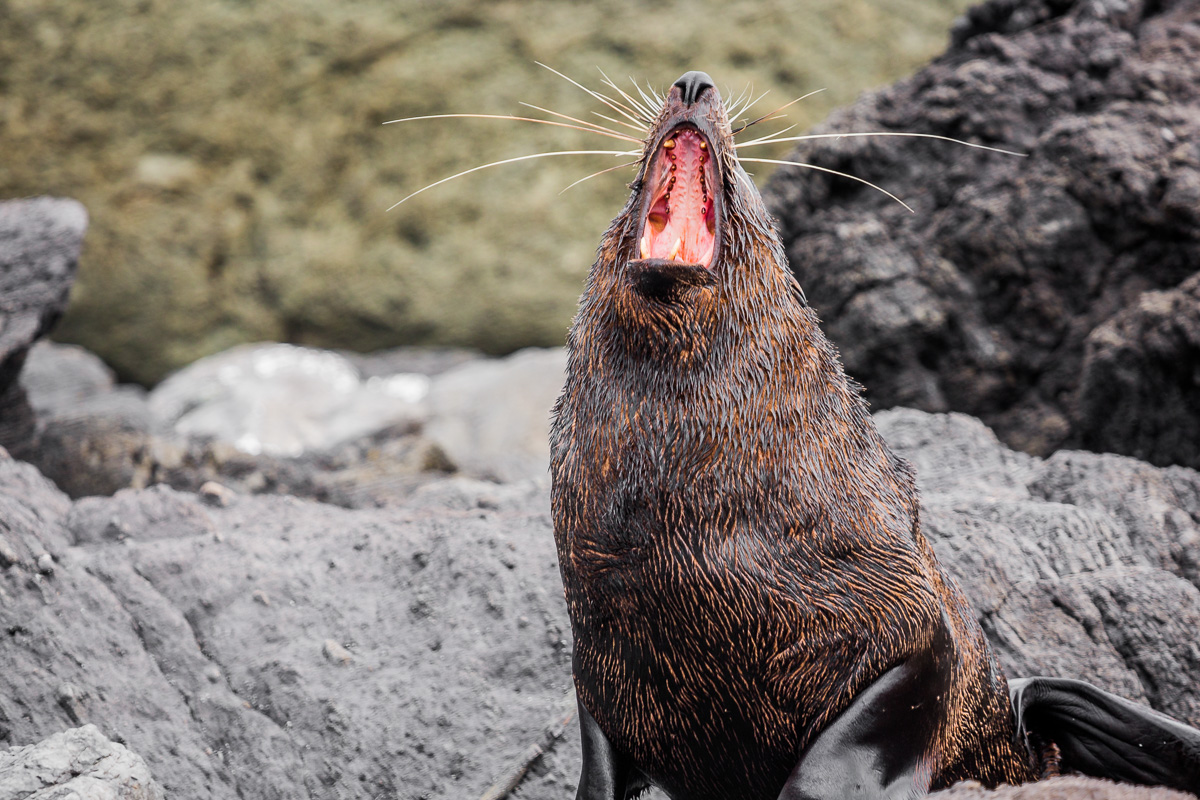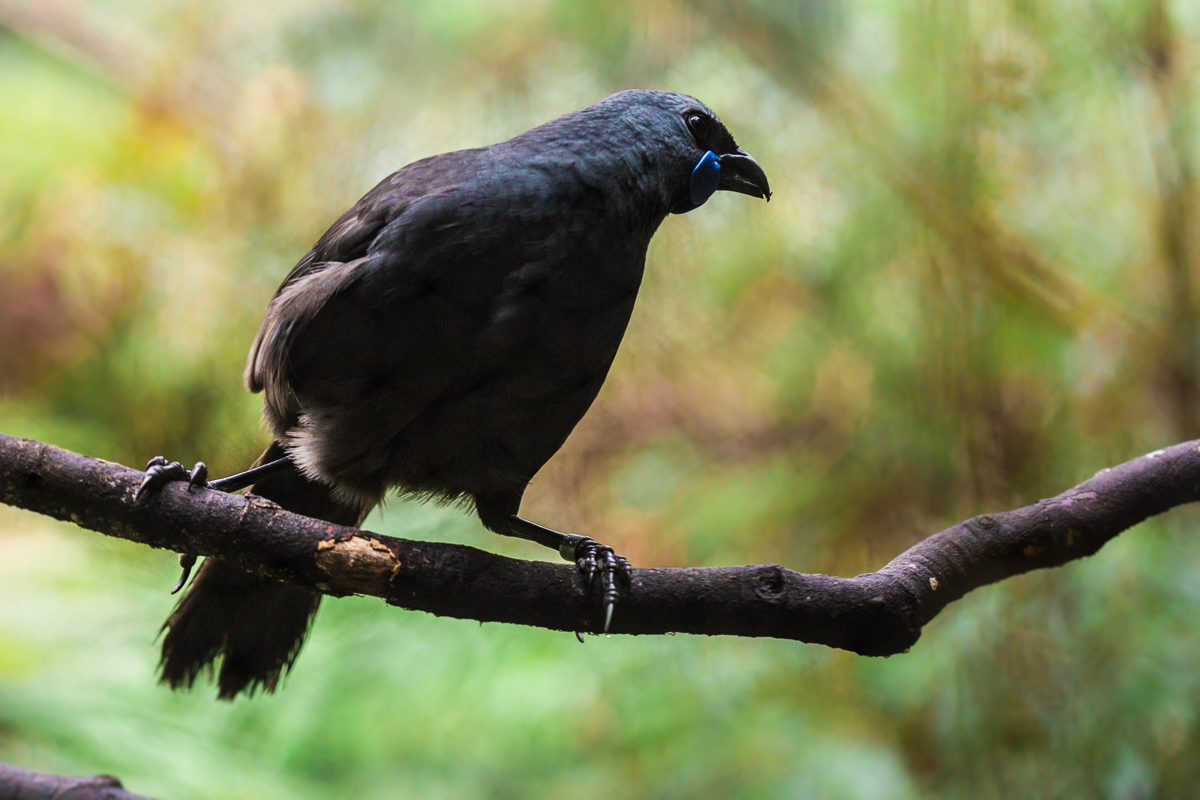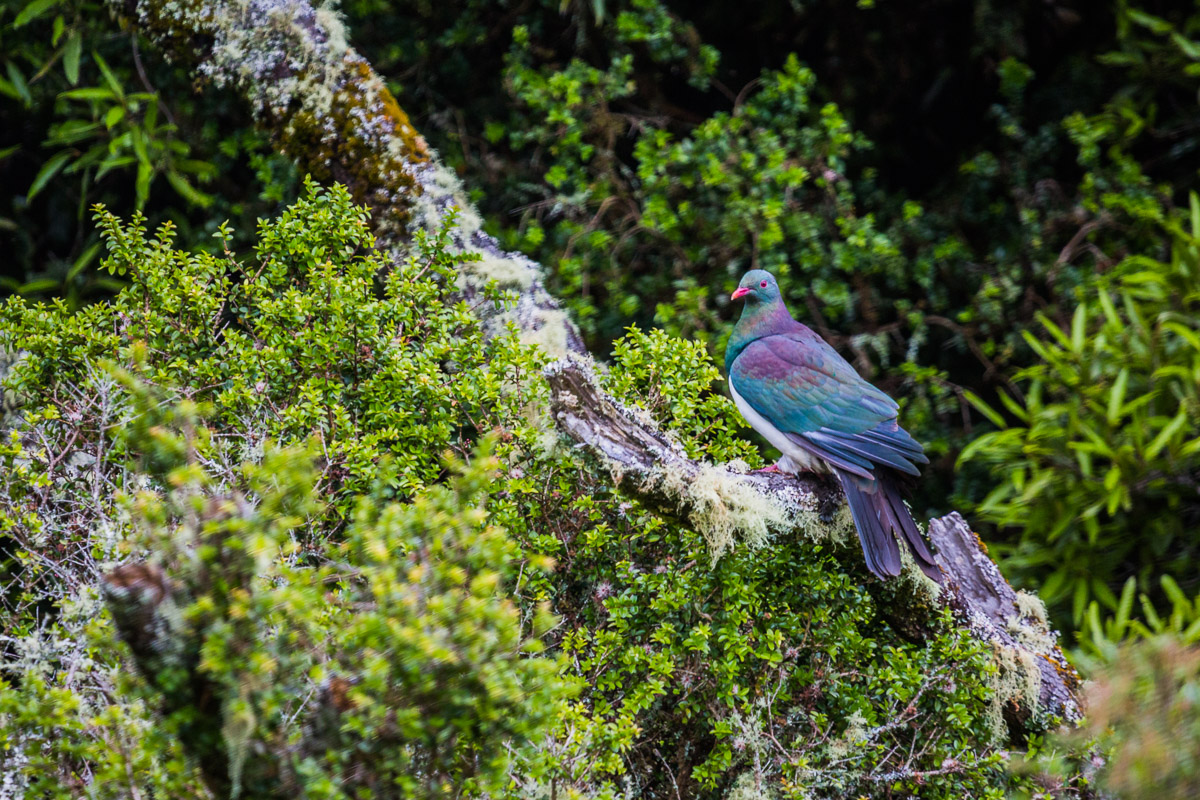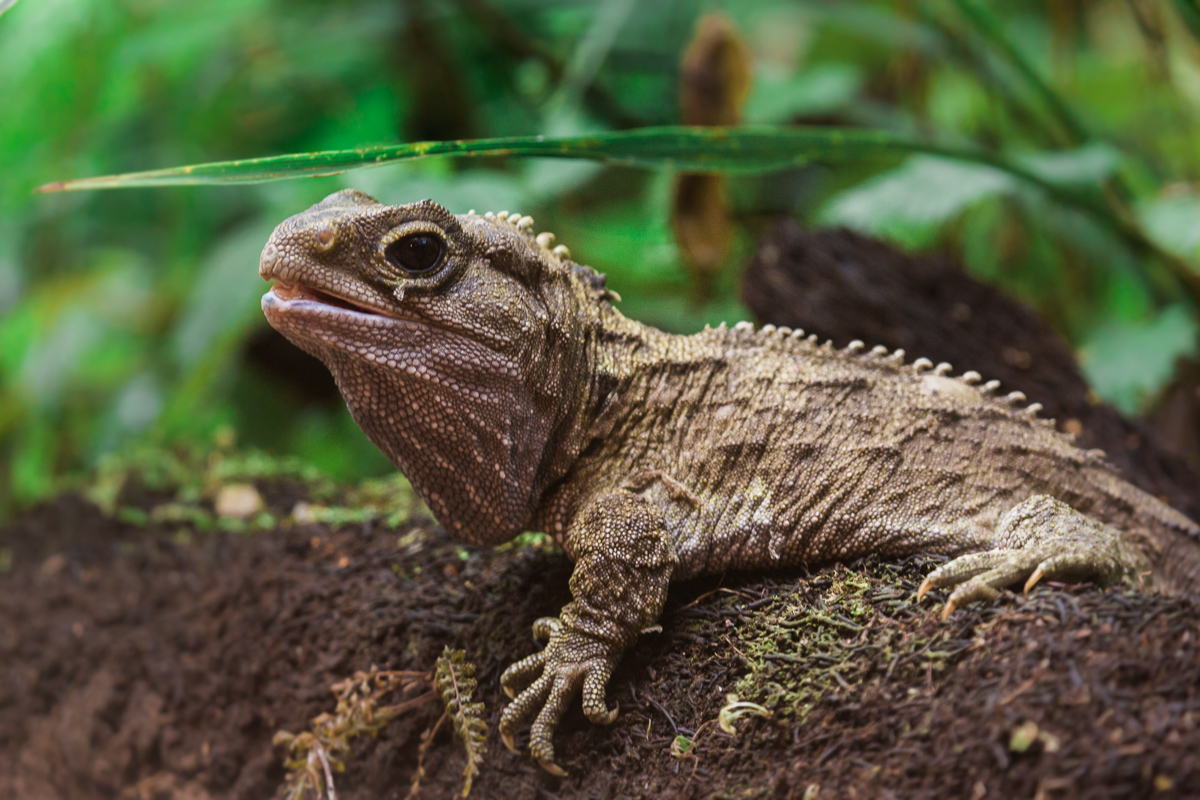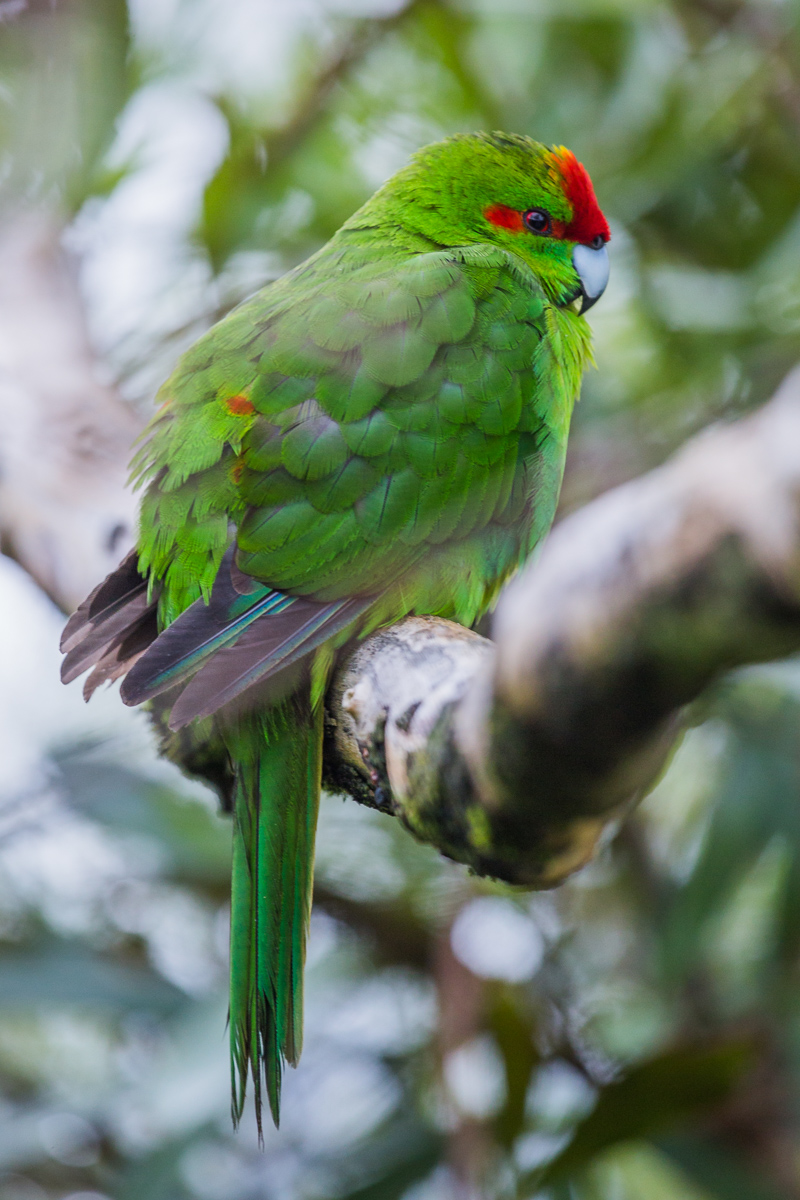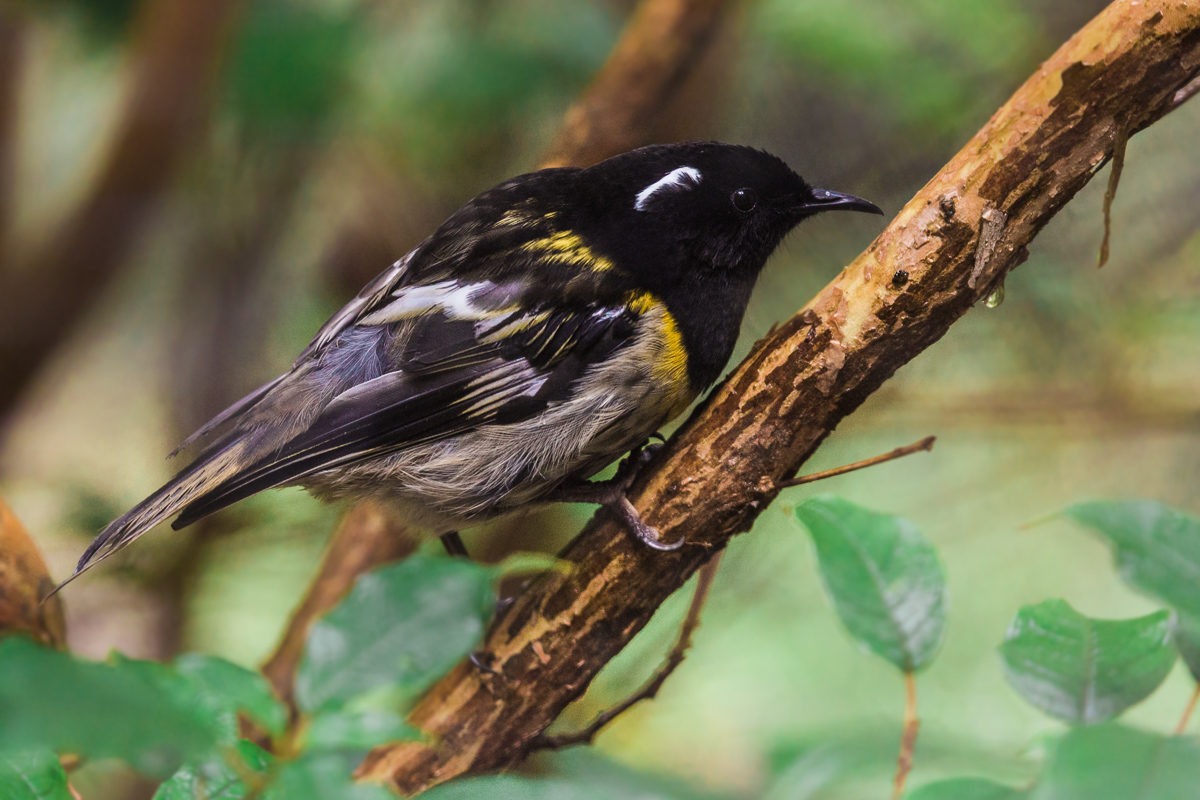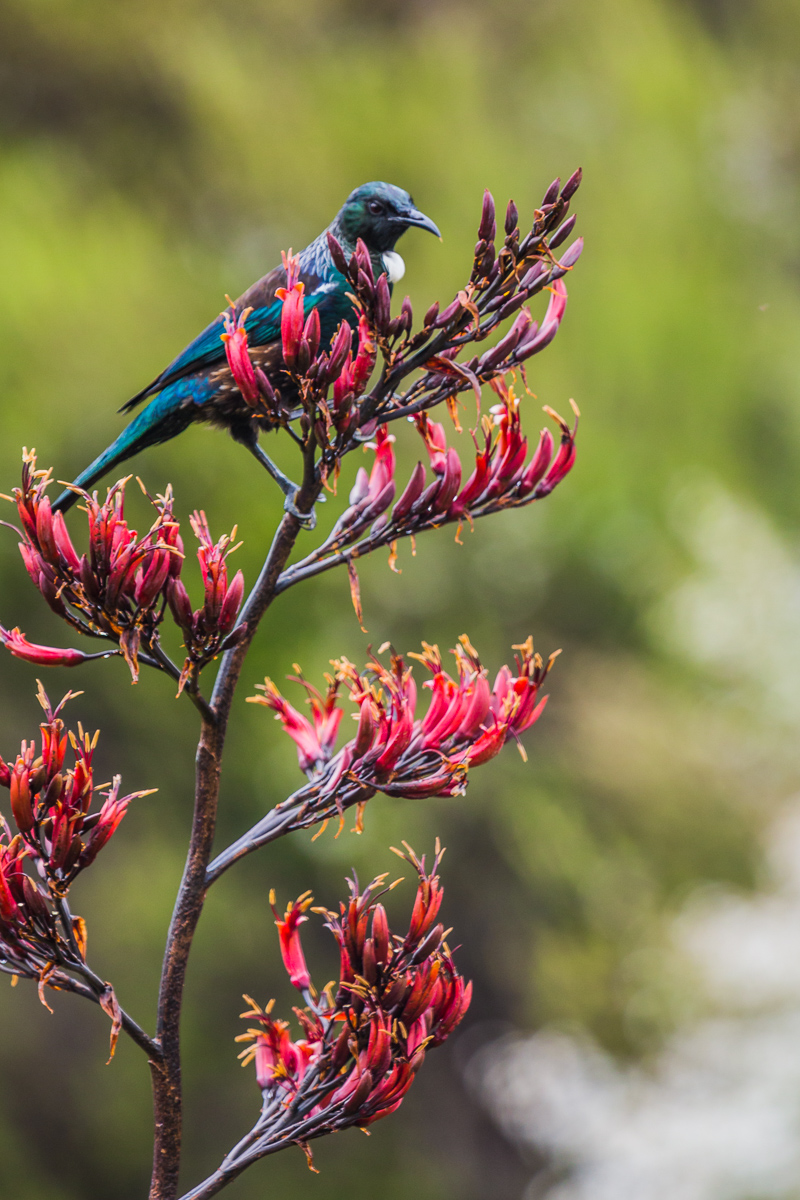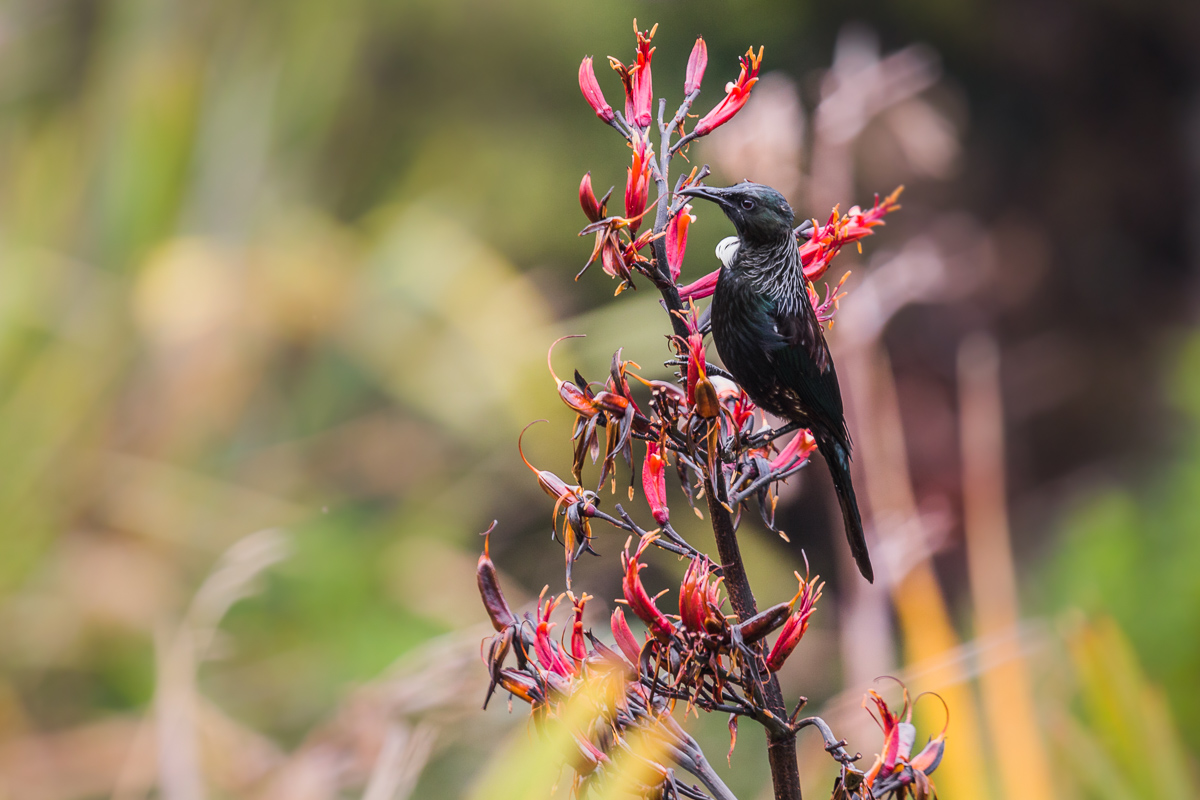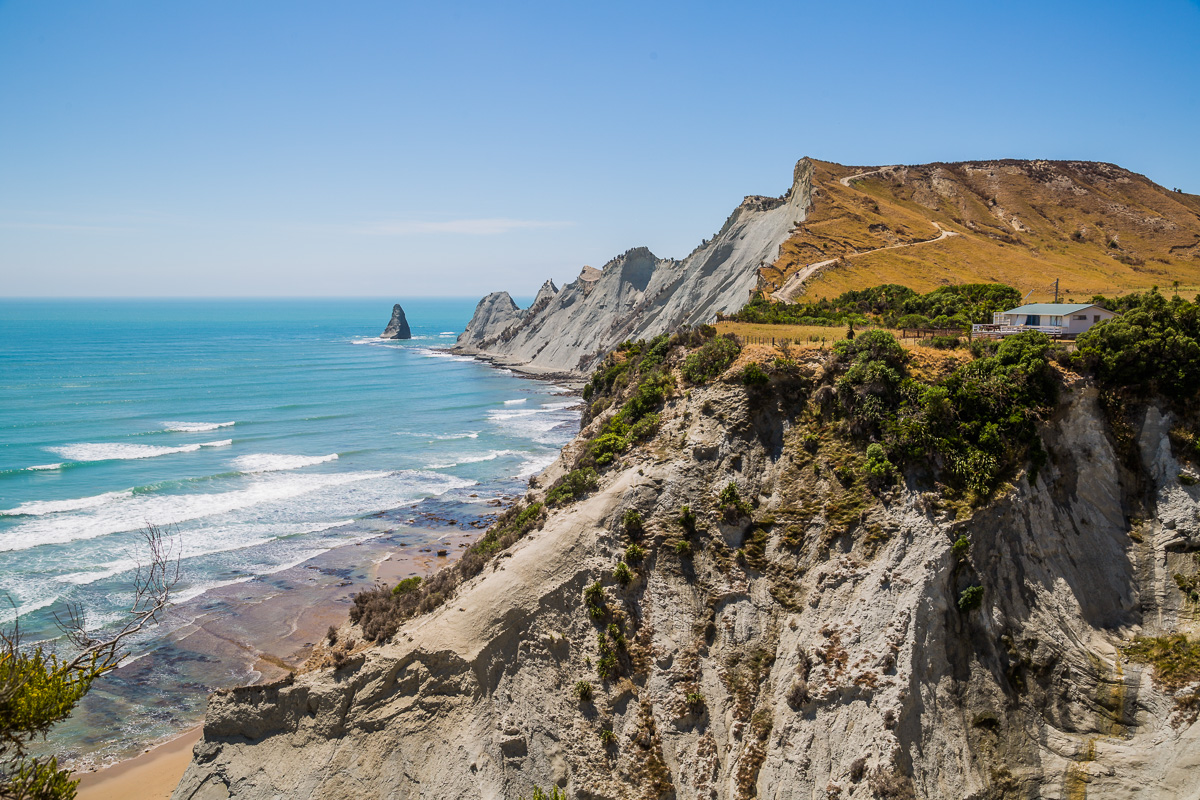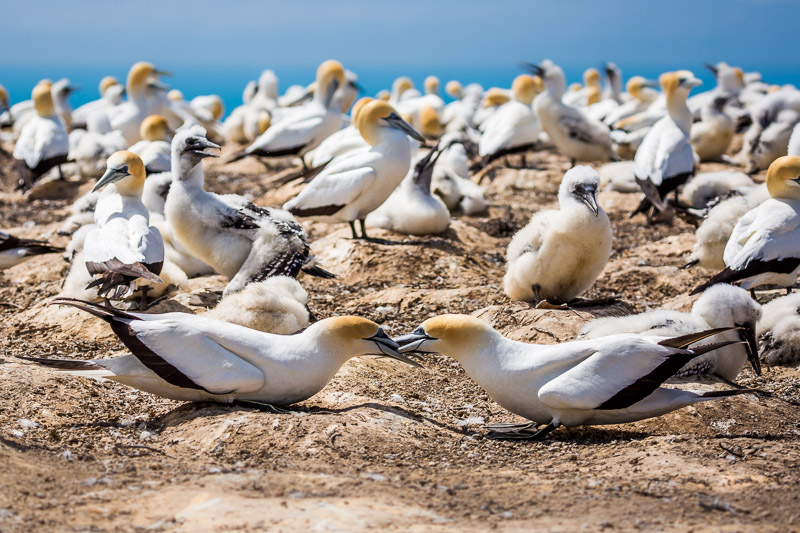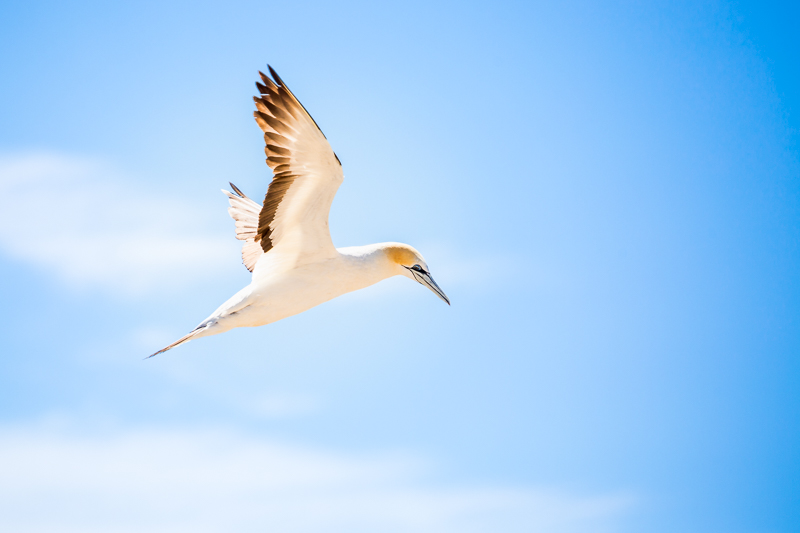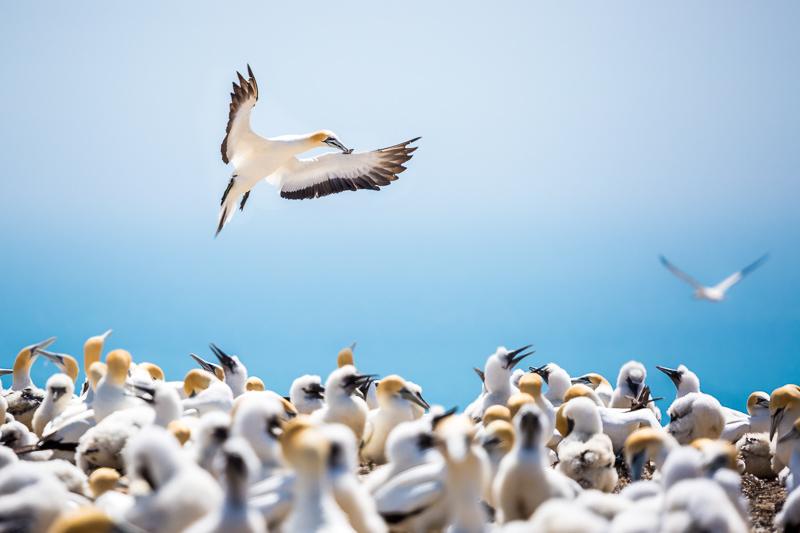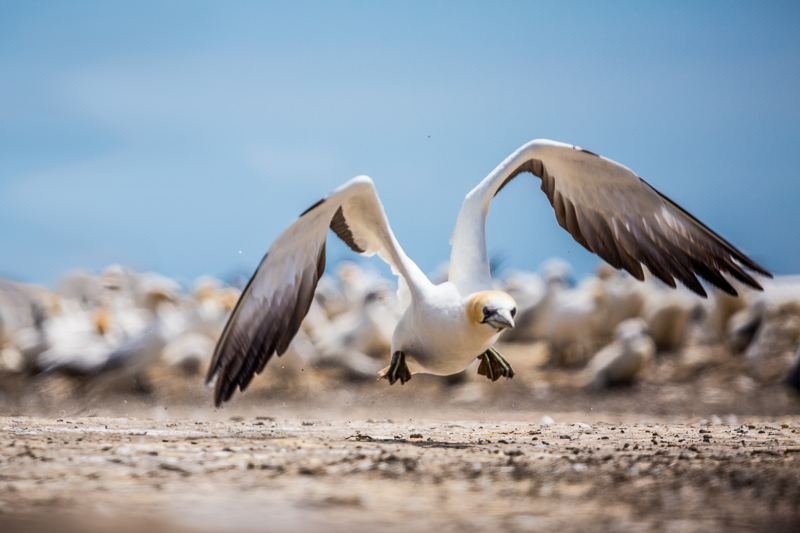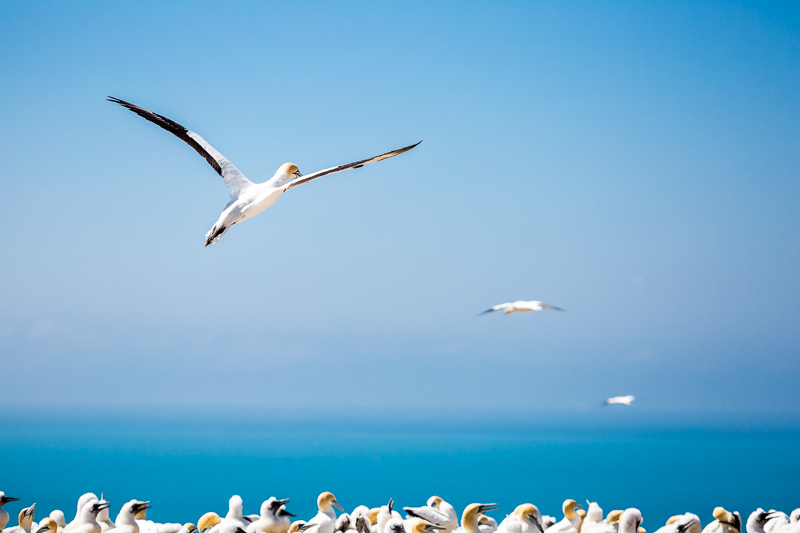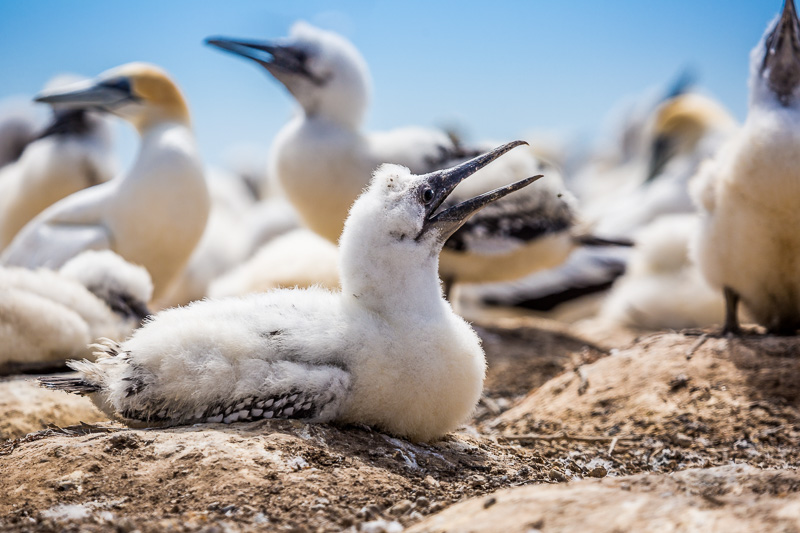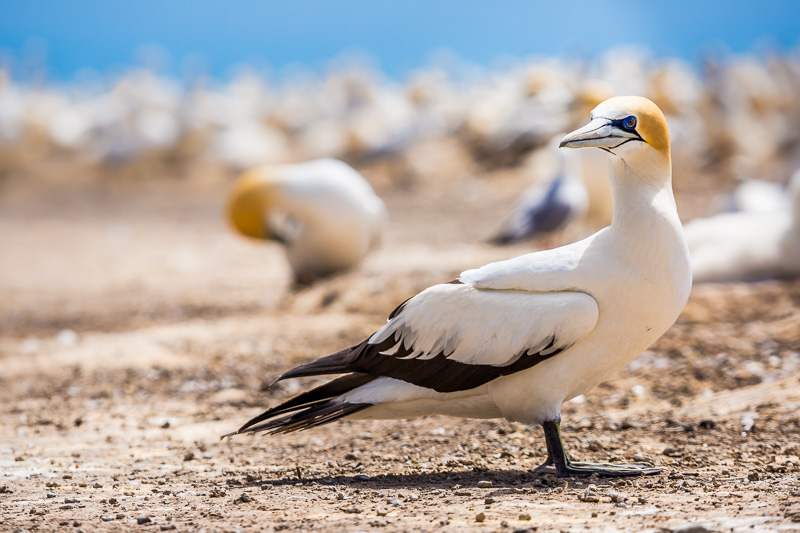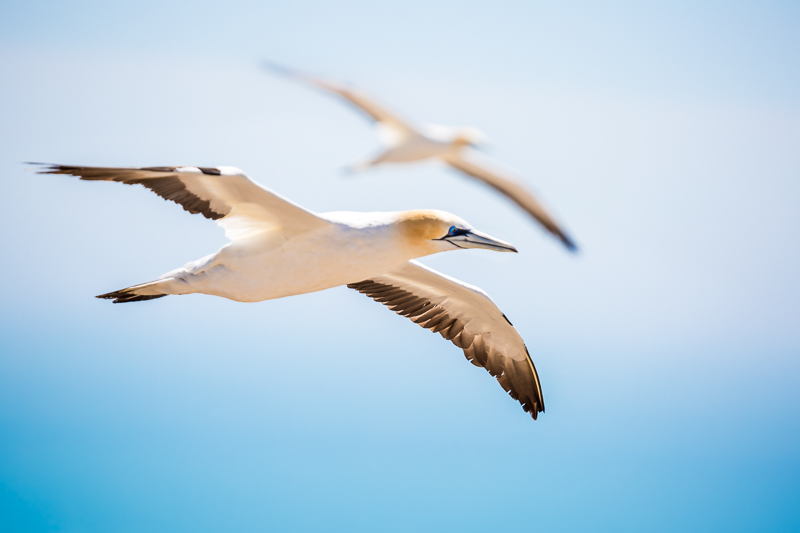Dunedin, the so-called wildlife capital of New Zealand, is an excellent place to go birdwatching, especially seabirds. This is the home to Taiaroa Head, the world’s only mainland breeding colony of royal albatross. I paid a visit to the Royal Albatross Centre to see these magnificent animals up close, and although it was not the right time to spot chicks, it was still incredible to see these giants take flight so close by.
Wildlife
Orokonui Ecosanctuary
The Orokonui Ecosanctuary in Dunedin is an excellent place to meet some of New Zealand’s most charismatic bird species. This is an open natural reserve where endemic birds can live and breed in a large predator-free area. There are also plenty of bird feeders to supplement the birds’ diets. The many walks at the sanctuary can easily provide a whole day’s worth of birdwatching, and are definitely worth a visit.
Dunedin's Wildlife
One of my favourite places in the South Island of New Zealand is the city of Dunedin. In my opinion, this is the country’s prime location for wildlife photography, particularly seabirds and marine mammals. There is no shortage of opportunities here, from fur seals and sealions to the only mainland colony of royal albatrosses in the world. Alongside the local fauna, the landscape is also a unique mix of farmland and pristine beaches. It is a really special place.
Kiwi Birdlife Park
I always like to visit zoos and wildlife centres when I travel. Whilst visiting Queenstown, I stopped by Kiwi Birdlife Park to photograph New Zealand’s charismatic endemic bird species. This is a small park with a good range of species, from kākāriki (New Zealand parakeets) to pāteke (brown teal). I thoroughly enjoyed their educational presentation on conservation and their honey tasting session. Definitely worth a visit if you plan on stopping by Queenstown sometime soon!
Stormy Skies and Flamingoes
One of the highlights of our travels through Chile was a day out at the Altiplanic Lagoons of the Atacama Desert. The morning began with some wildlife photography, including several species of flamingoes posing in front of an incredible mountain range. The skies were a deep, rich blue, suggesting a storm was on its way. Luckily for us, the weather held up all day long and the oncoming storm provided some truly magical light.
The Best of Bolivian Fauna
The Eduardo Abaroa Andean Fauna National Reserve provided me with a unique opportunity to photograph some of Bolivia’s wildlife. Besides flamingoes (also featured on this blog post), I saw vizcachas, vicuñas and culpeo (or Andean fox). I’ll let the images speak for themselves…
Sunrise with Flamingoes
During our trip through Bolivia we stayed at a small hotel on the edge of Laguna Hedionda, home to hundreds of wild flamingoes. We had planned to photograph the sunrise at this location but upon our arrival it seemed like that wasn’t going to happen: there was torrential rain and a thick cloud cover over the mountains. Luckily for us, the cloud cover brought fresh snow onto the mountains and then swiftly disappeared by the next morning. It was an extremely cold shoot at 5am, but definitely worth it!
Keep scrolling for some beautifully pink-tinted skies and similarly pink flamingoes.
Wildlife at the Isle of May
During my one-day visit to the Isle of May, I had a chance to photograph a variety of wildlife. It was unfortunately too late in the breeding season for guillemots and razorbills, but I still saw plenty of kittiwakes, puffins, and grey seals.
Here are some of the wildlife highlights of the day.
An Island of Lighthouses
During my stay at St Andrews, I went on a daytrip to Anstruther and took the ferry to the Isle of May. It was a very sunny day, and although the light was not at its best, it was still a great opportunity to see some truly amazing vistas (including many lighthouses!) and photograph some wildlife along the way.
Here are some of my favourite images from the Isle of May, featuring the island’s incredible landscape.
Return to Arthur's Pass
After working with the kea at Willowbank Wildlife Reserve earlier this year, I had the chance to take a short roadtrip through some nearby locations in the South Island of New Zealand.
The first stop was a return visit to Arthur's Pass National Park, where we photographed the fantastic landscapes and encountered some wild kea.
Here are some of my favourite images of our day at Arthur's Pass.
Wild Wairarapa
Cape Palliser is the home to a fantastic fur seal colony, besides its beautiful lighthouse. During our stay in Masterton, we spent an afternoon here with the seals. You can get really up close to them without stressing them, allowing for really great photo opportunities.
Here are some of my favourite images of these beautiful animals.
Pukaha Mount Bruce Wildlife Centre
The Pukaha Mount Bruce Wildlife Centre is located in the region of Wairarapa. It houses a wide range of native New Zealand birds, including the rare kokako and takahe. It was a lovely afternoon stop on a cloudy day.
Here are some images of the New Zealand fauna which can be seen at the sanctuary.
Gannets at Hawke's Bay
Cape Kidnappers is the largest terrestrial colony of Australasian gannets. Every winter, adult gannets flock here to mate. They raise a single chick every year, which fledges by the end of April. Surviving chicks embark on a long trip to Australia’s southern coasts, where they will mature into adults, before they return to their colony of origin. Only thirty percent of all chicks return each year.
We spent our first morning of 2018 here whilst staying in Napier. It was a fantastic way to see in a new year, right up close to these giants with 2 metre wingspans.
More Auckland
Upon returning to Auckland from New Caledonia (see my blog post on it here), I paid a visit to both One Tree Hill on Cornwall Park, and the Auckland Zoo. The images below include my favourite images from the air, as well as portraits of some of the zoo animals I encountered on my visit.
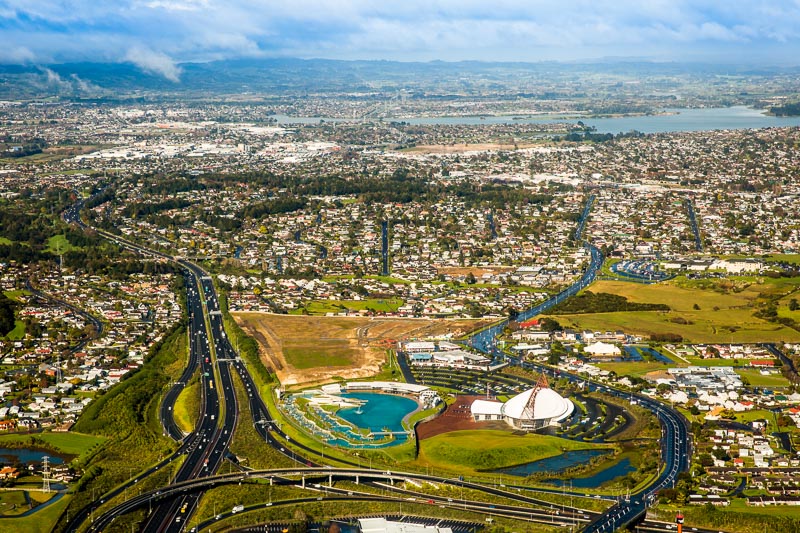
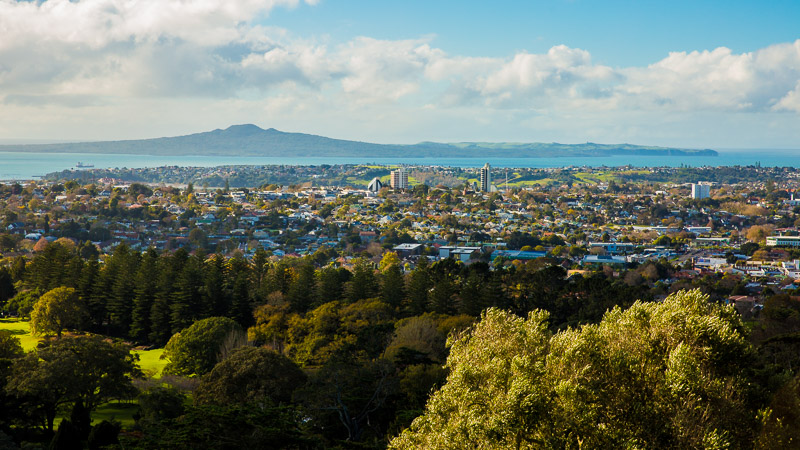

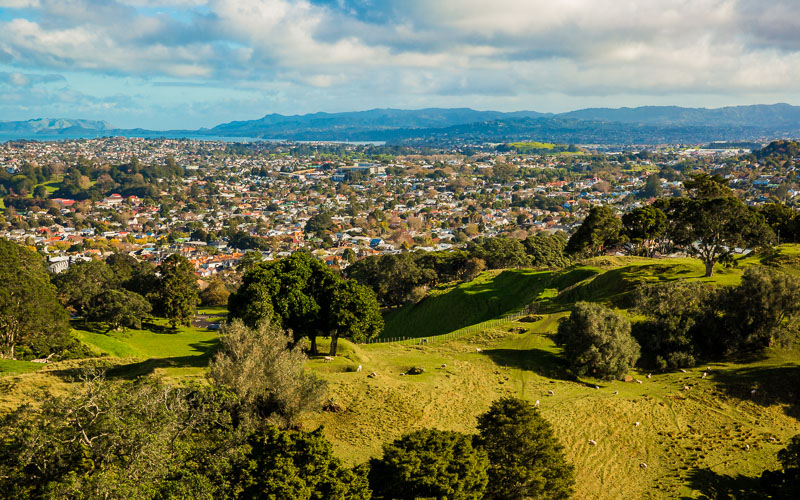
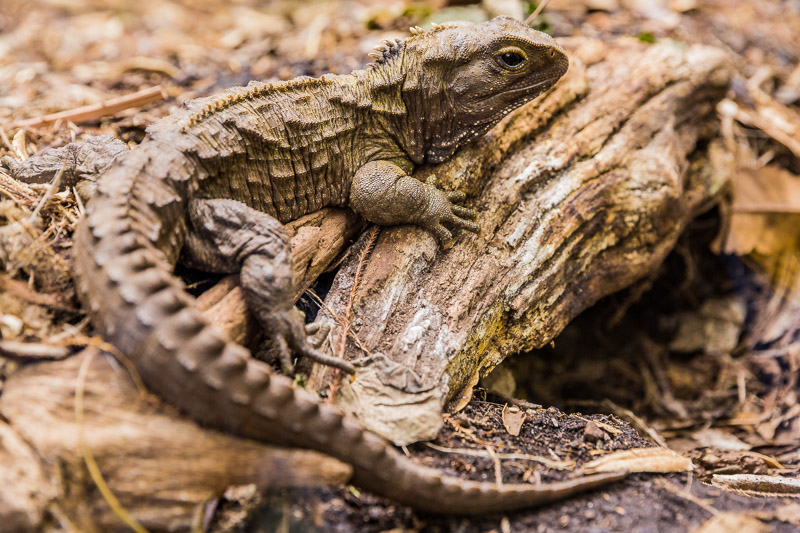
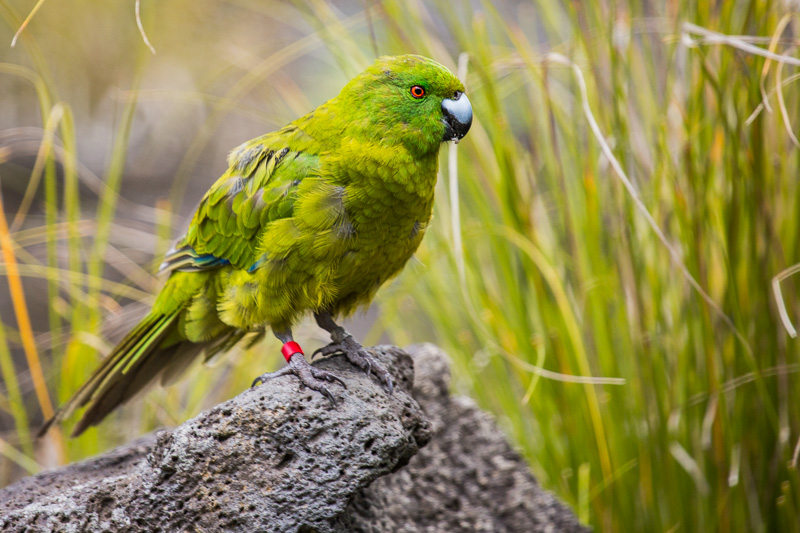
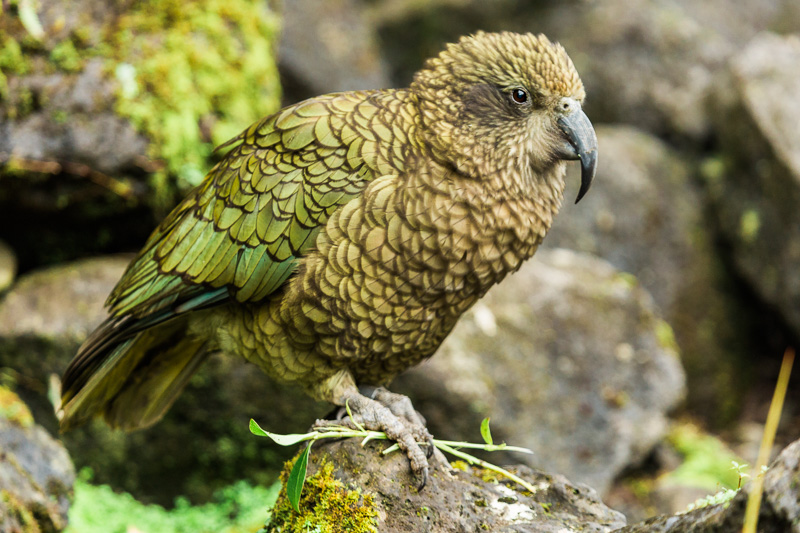


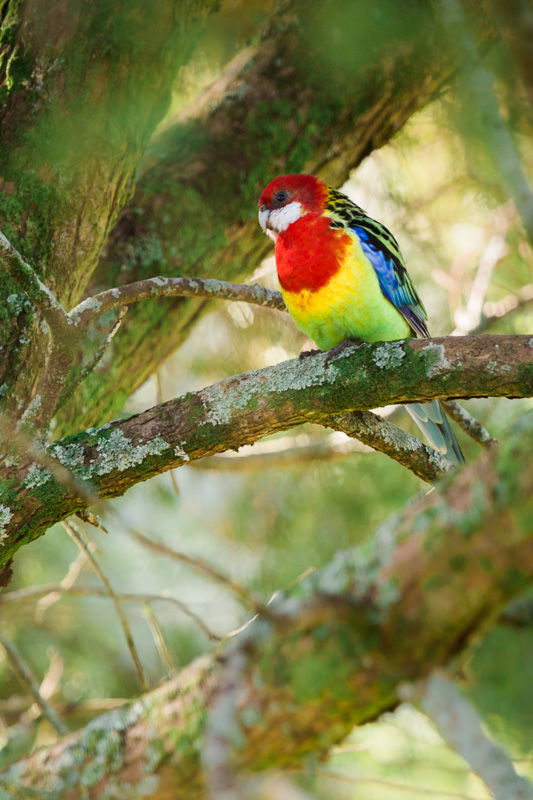
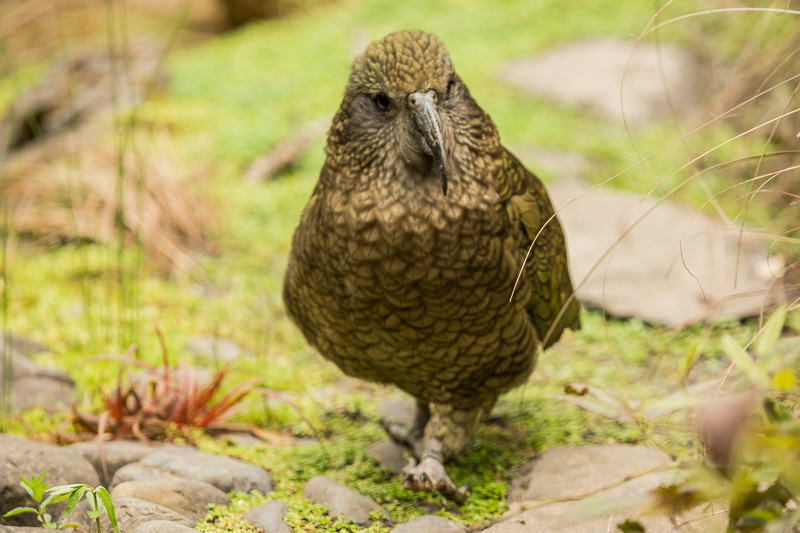
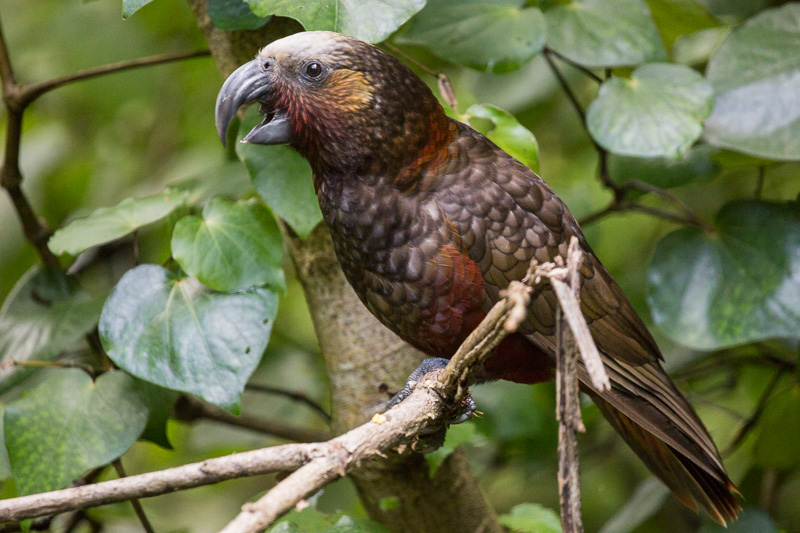
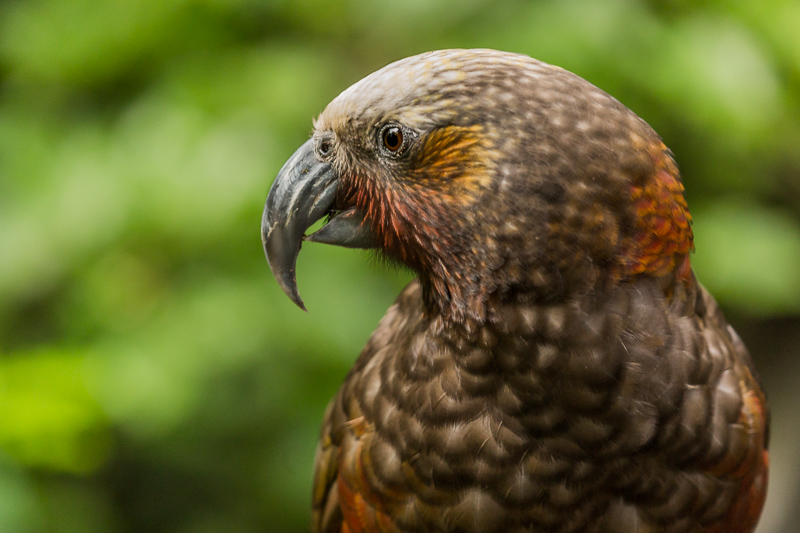
New Caledonia
This year I spent two months living and working in New Caledonia, where I studied New Caledonian crows. These incredibly intelligent birds use tools in the wild to retrieve grubs from crevices in trees. Our work with them involves catching them in the wild and training them in captivity for a few months out of the year. They surprised me with their fast learning and incredible flexibility to solve problems.
During my time in New Caledonia I also had a chance to check out a few touristic spots, including a paradisiacal deserted island, a beautiful double waterfall, and a luxuriant tropical forest. The trip involved a fair bit of bird watching. Below are some of my favourite images of the wildlife and landscapes of New Caledonia's Grande Terre.
